
NEWTON – May 22, 2024 — Karen Ann Quinlan Hospice, a division of Quinlan Care Concepts has been named a 2024 Hospice CAHPS Honors Award recipient by HEALTHCAREfirst, a leading provider of CAHPS and bereavement survey programs for home health and hospice agencies. This prestigious annual review recognizes agencies that continuously go above and beyond in providing high-quality care for patients and compassionate caregiver experiences. It acknowledges the highest performing agencies by analyzing the performance of the Hospice Consumer Assessment of Healthcare Providers and Systems (CAHPS) survey satisfaction and quality measures.
To be considered for this award, the hospice agency must have scored above the HEALTHCAREfirst National Performance Score on the Hospice CAHPS Willingness to Recommend question. Once that criteria is met, performance is evaluated utilizing a set of 23 additional quality indicator measures. These scores are then compared on a question-by question basis to a national performance score calculated from all partnering hospices contained in HEALTHCAREfirst’s Hospice CAHPS database. Special recognition, Honors Elite, is awarded to those hospices that score above the national performance score on 100%, or all twenty-four, of the evaluated questions.
“We began our Annual Hospice Honors Award program more than ten years ago as a way to highlight those agencies that are truly leading the way in providing and demonstrating quality patient care,” said Jeremy Crow, Head of RCM and CAHPS Survey, Home Health and Hospice.
“We congratulate Karen Ann Quinlan Hospice, New Jersey and Pennsylvania on this recognition and are so proud and honored that they have chosen to partner with us in helping drive success for their agency.”
Woody Hungarter, RN, BSN, MS, President credits the entire staff at Karen Ann Quinlan Hospice for this outstanding accomplishment. He said, “We are honored to be one of three Hospice Honors Elite recipients in Pennsylvania and one of two Hospice Honors recipients in New Jersey. To achieve “Elite and Honors” status validates the exemplary care extended to our community by our dedicated team.”
Karen Ann Quinlan Hospice a Division of Quinlan Care Concepts is an independent and local non-profit organization that provides a full continuum of high quality medical, emotional and spiritual services to individuals requiring hospice, their family members and the community. The organization serves families in Sussex, Warren and Pike County, PA. For more information on the services they provide, please contact us at 800-888-1117.


























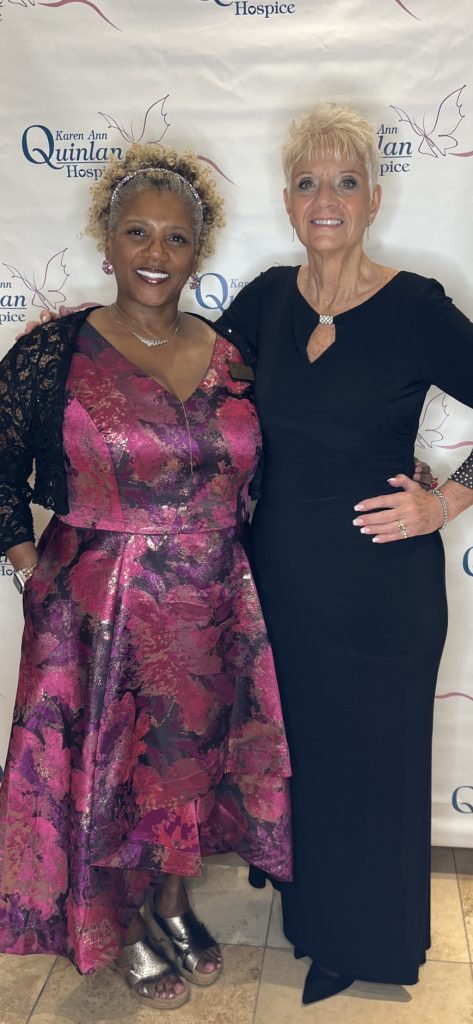


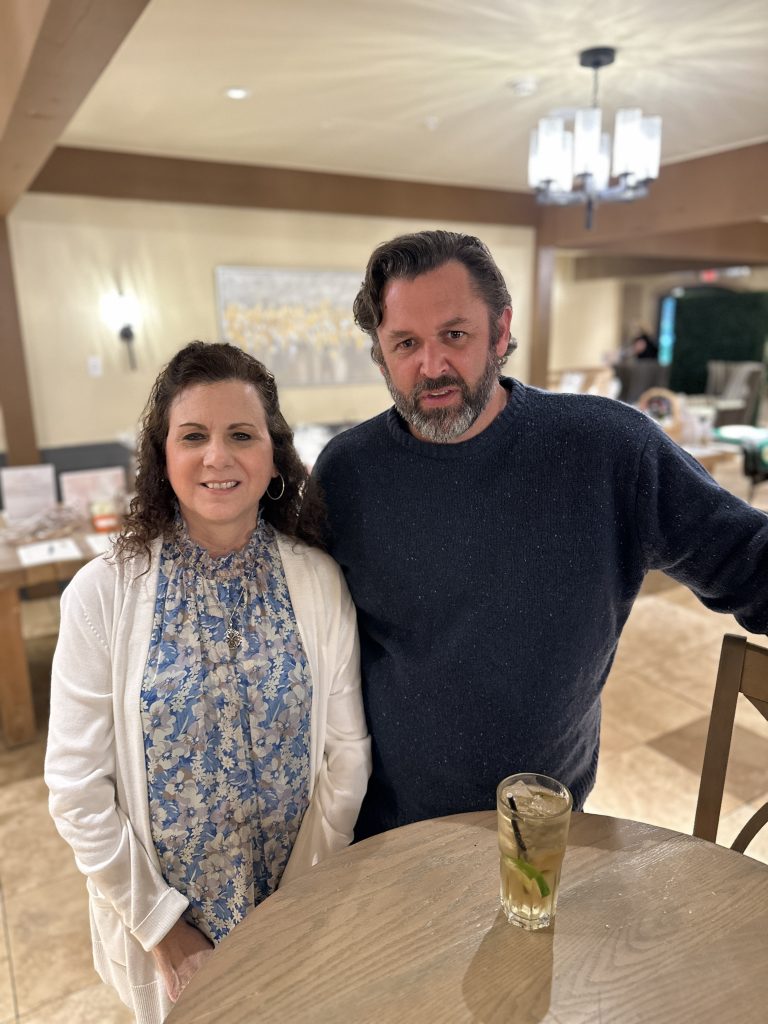

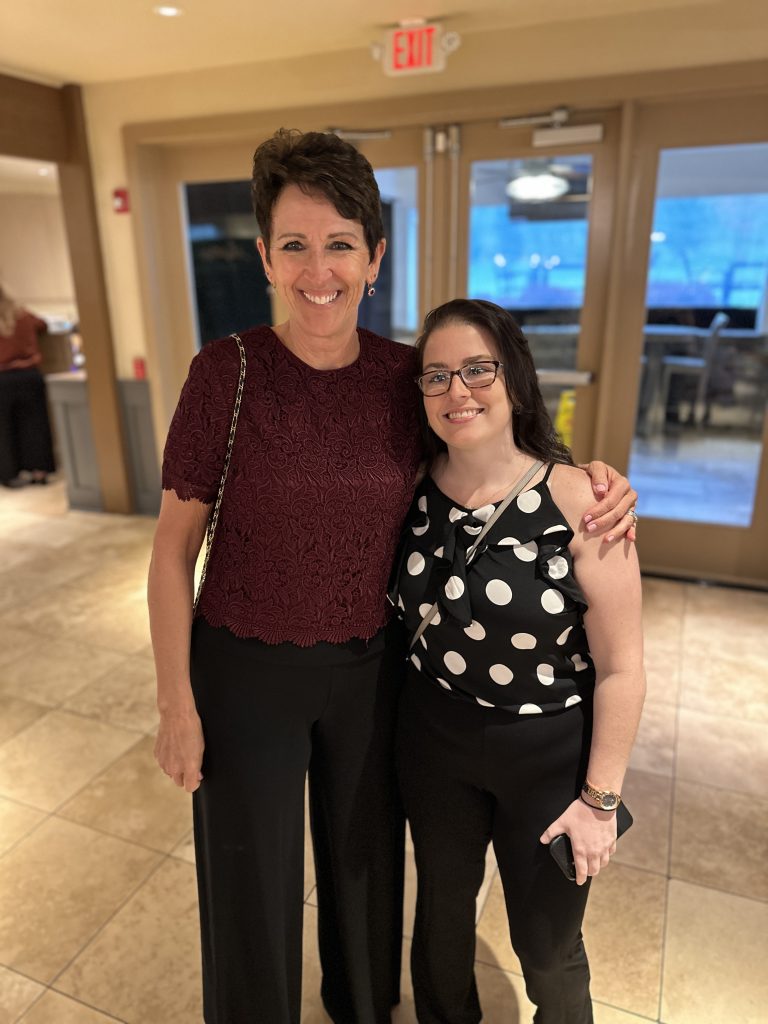
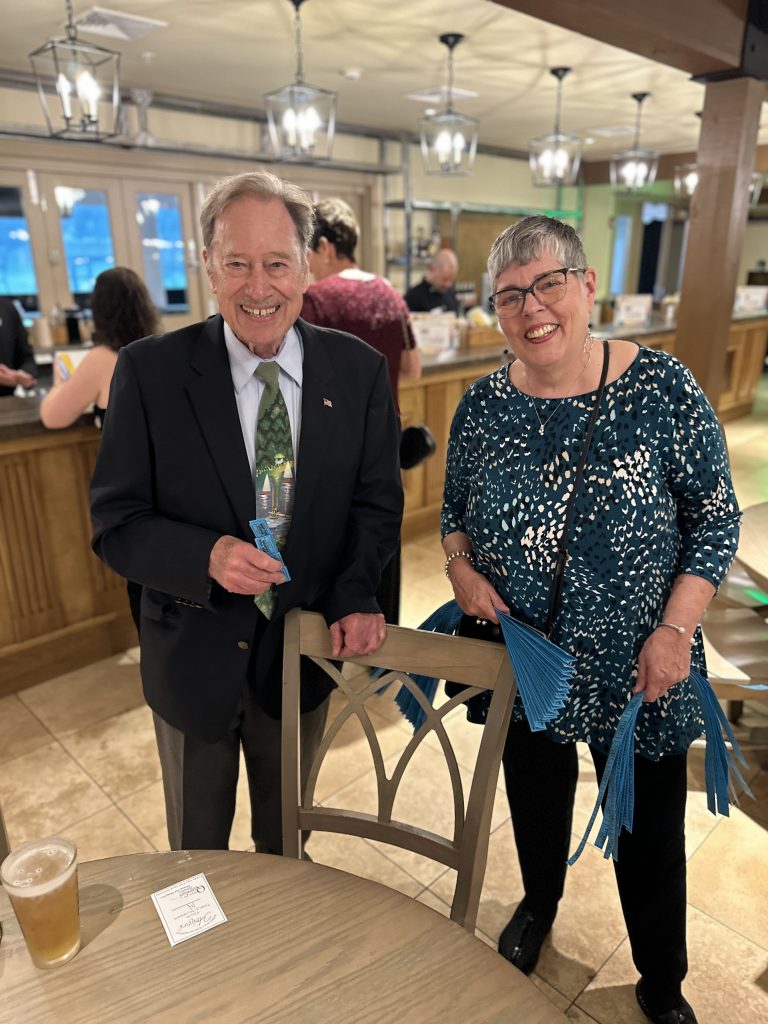
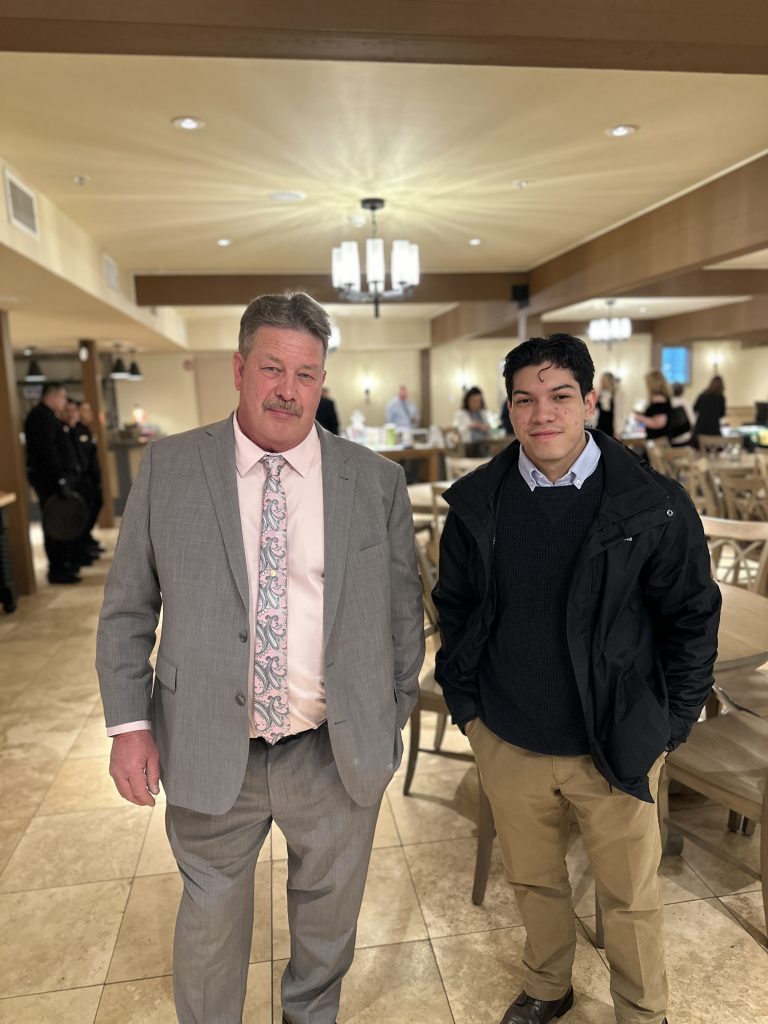
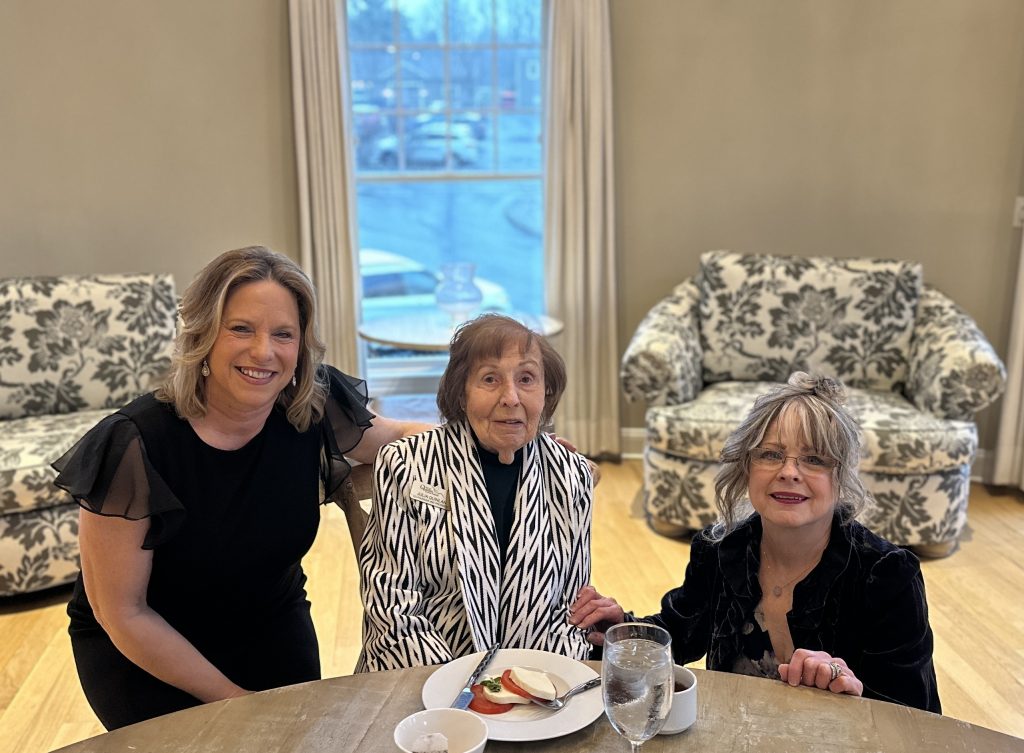
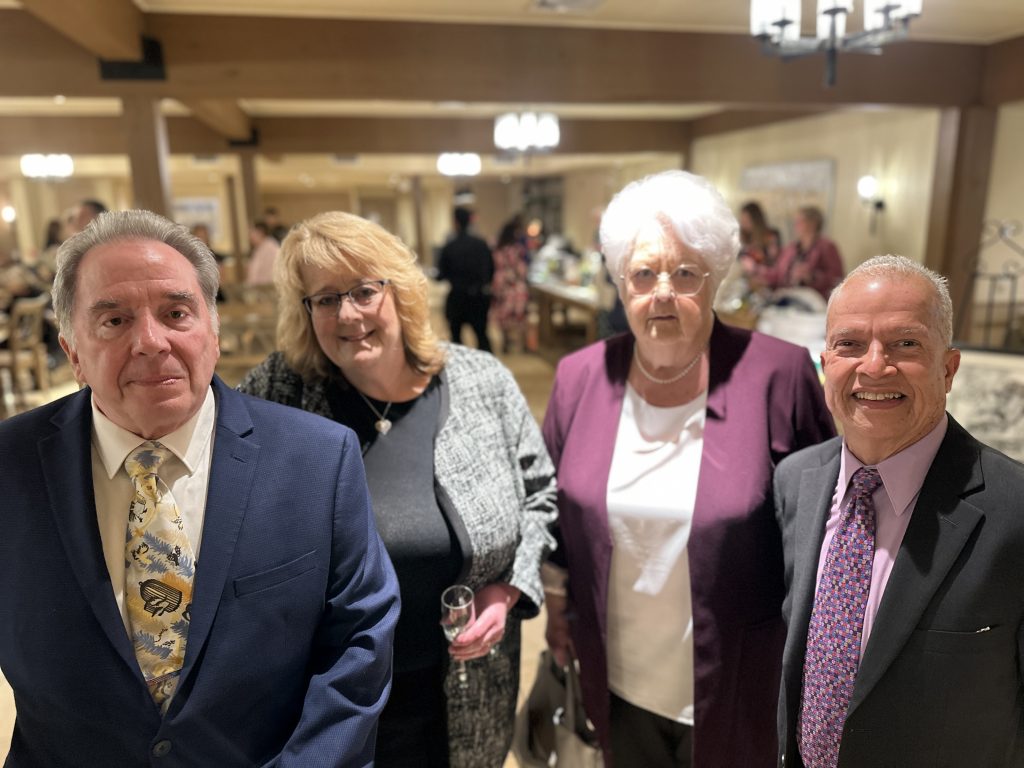

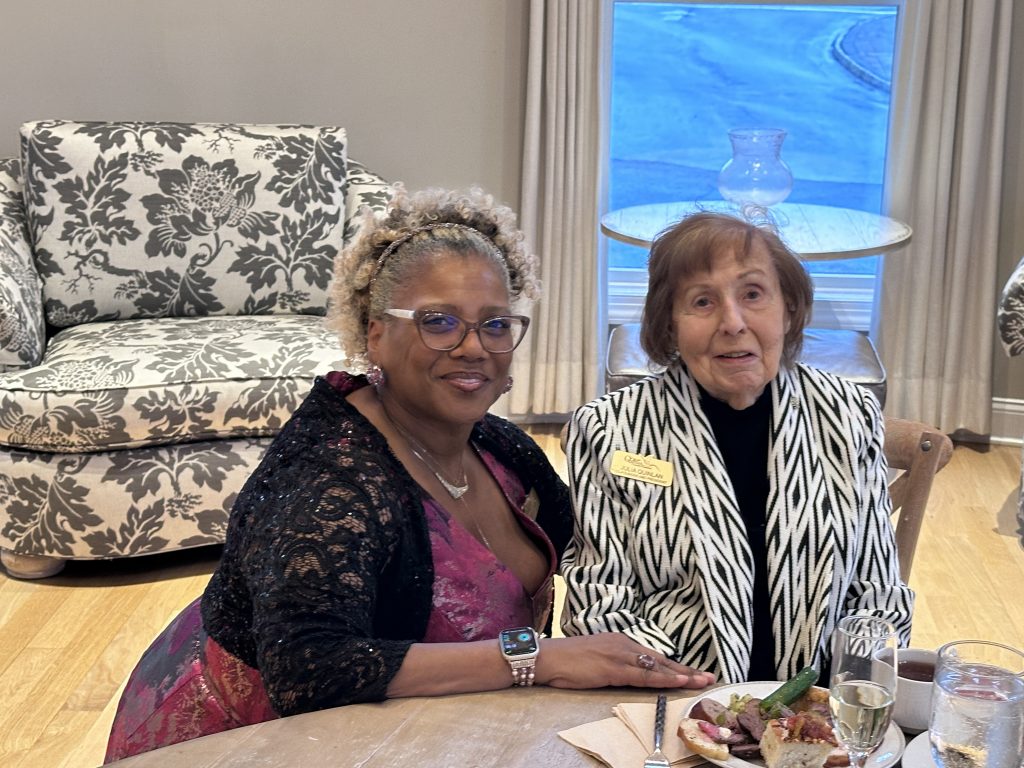


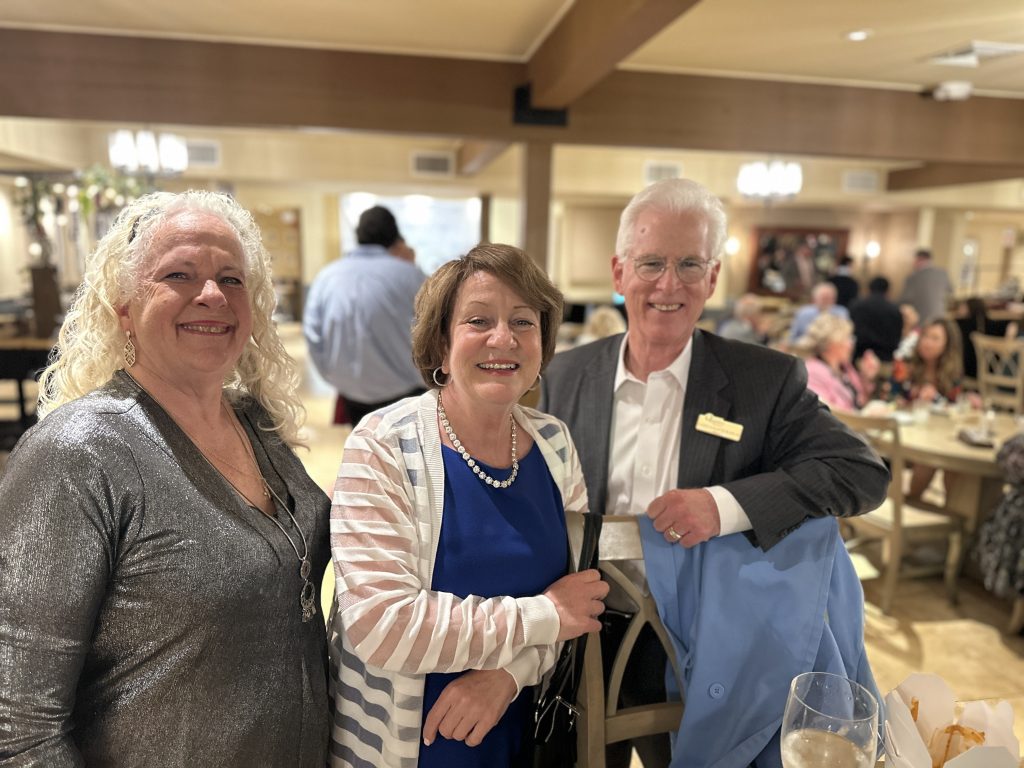
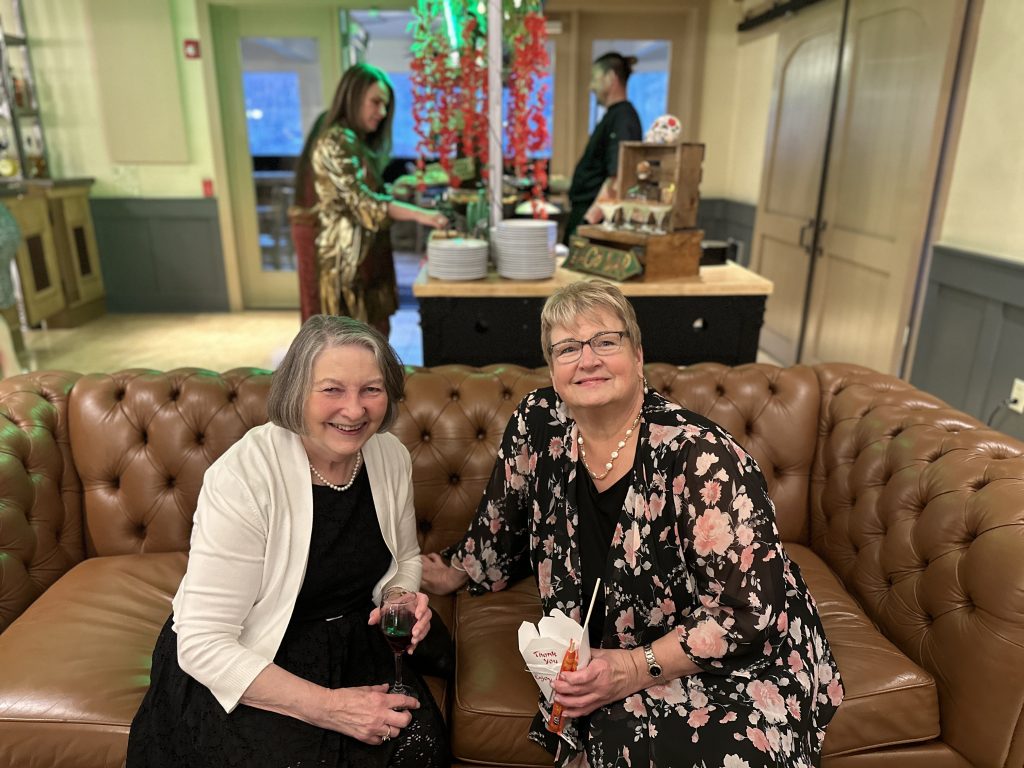

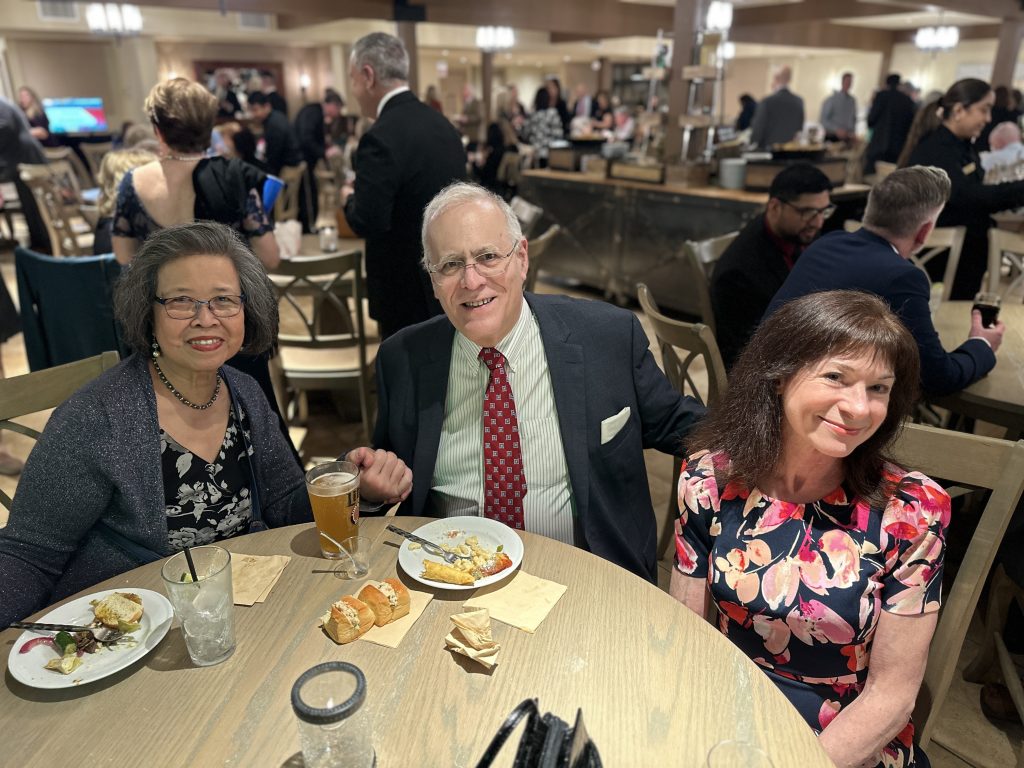
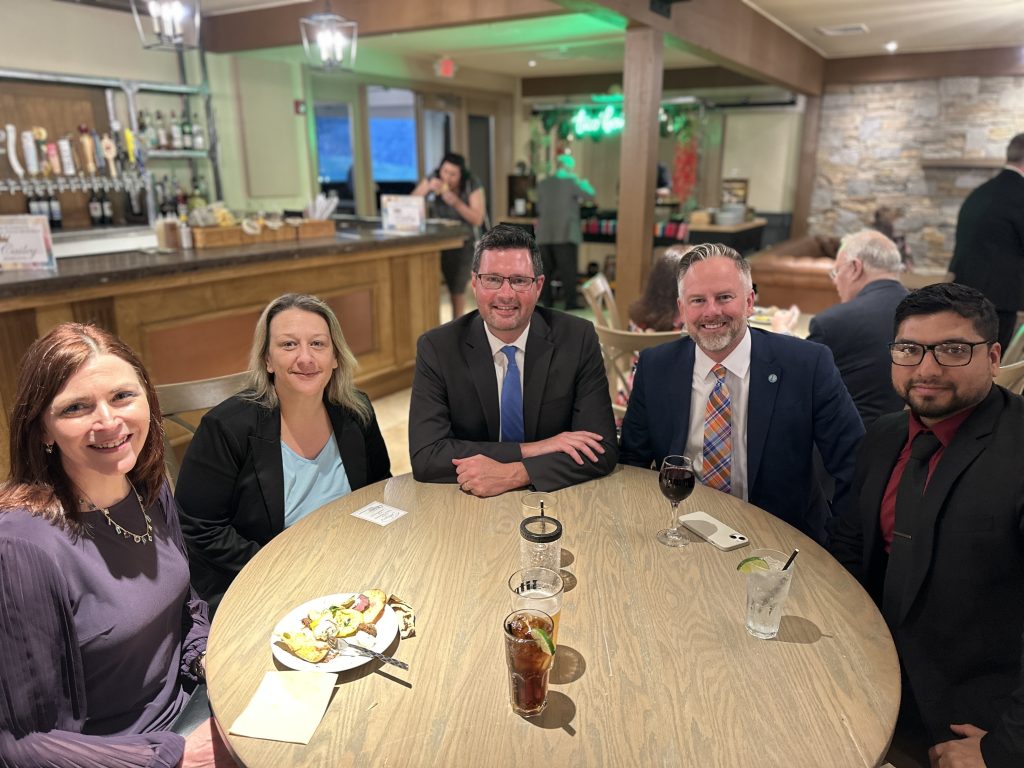
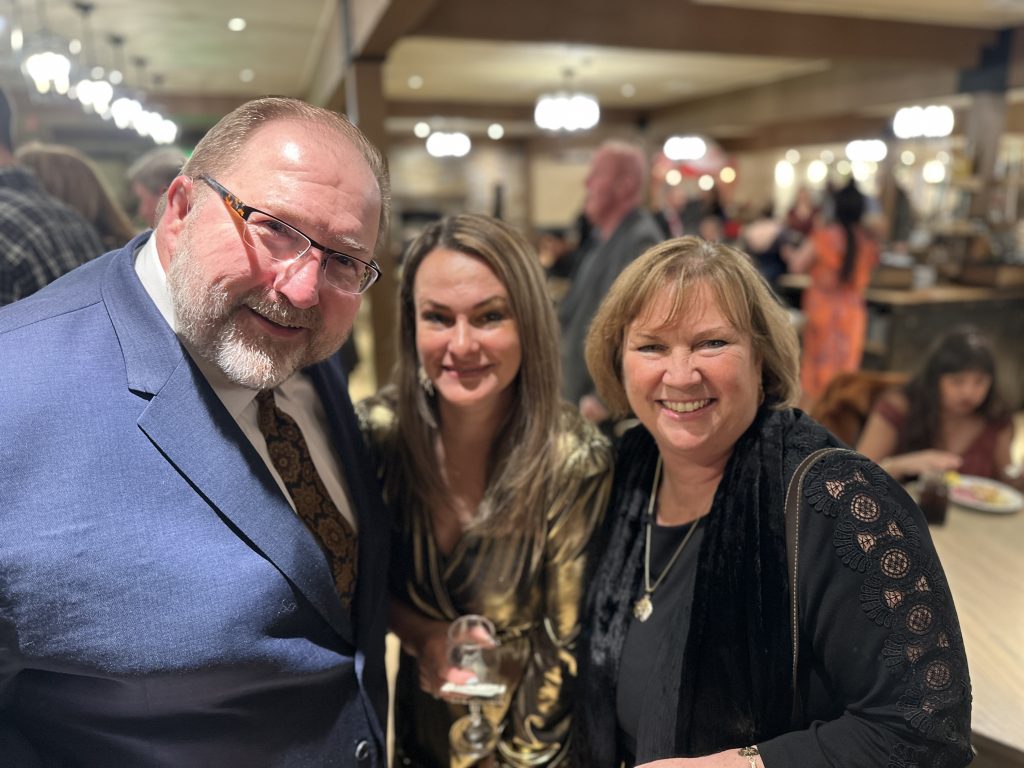
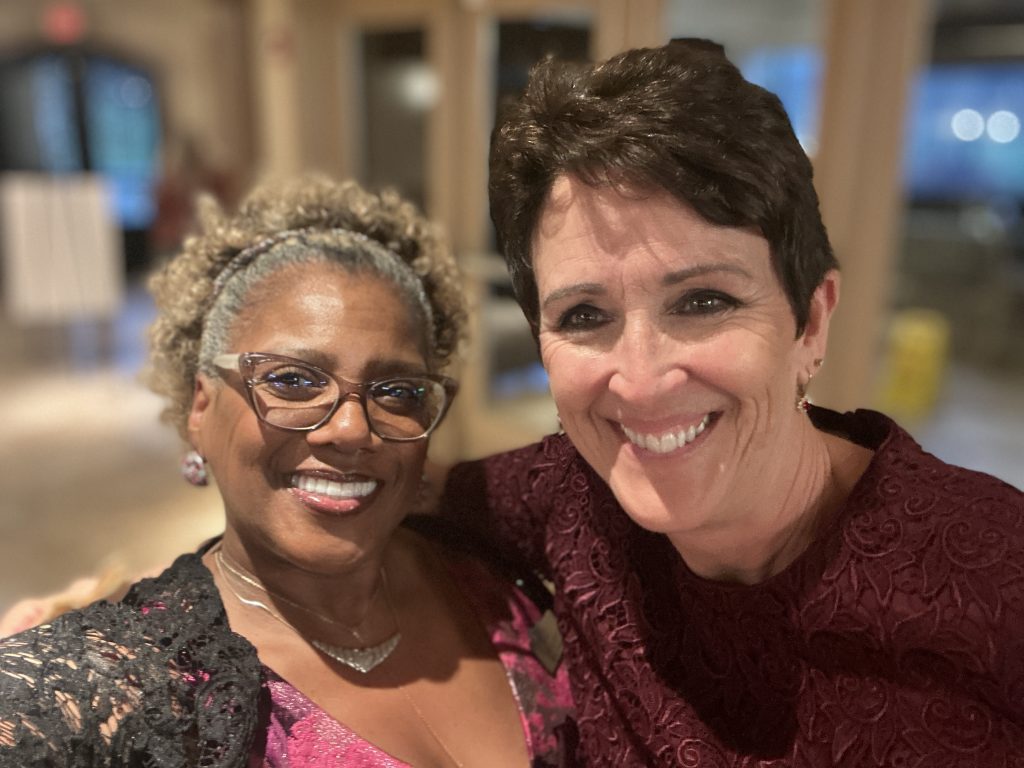


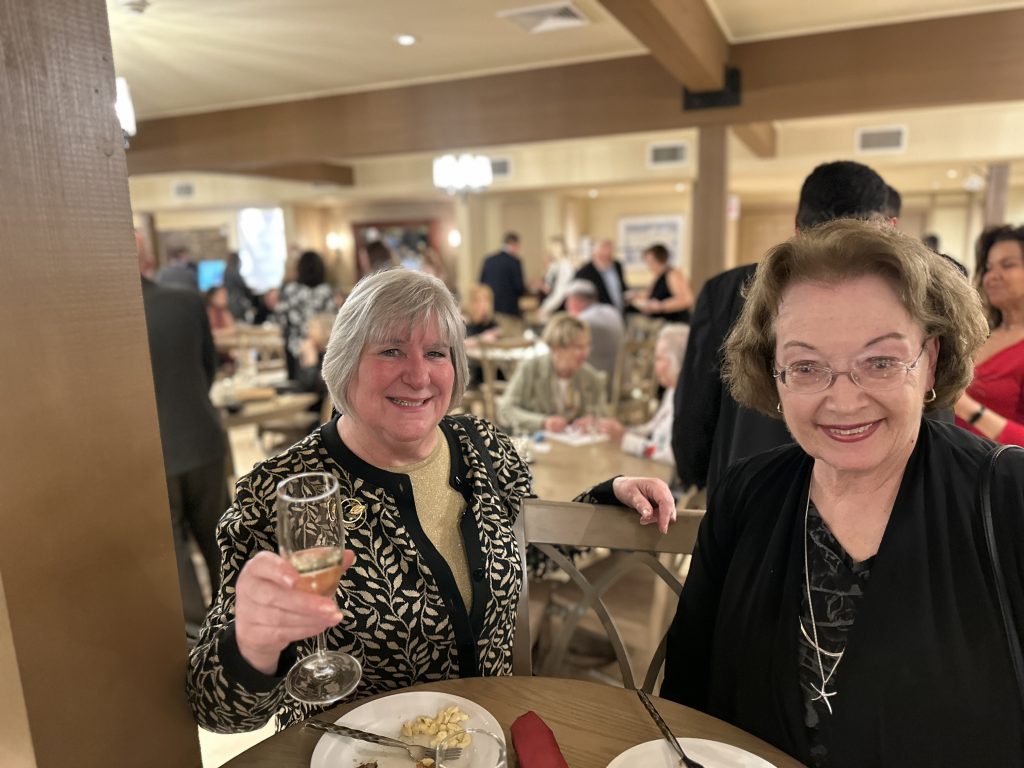


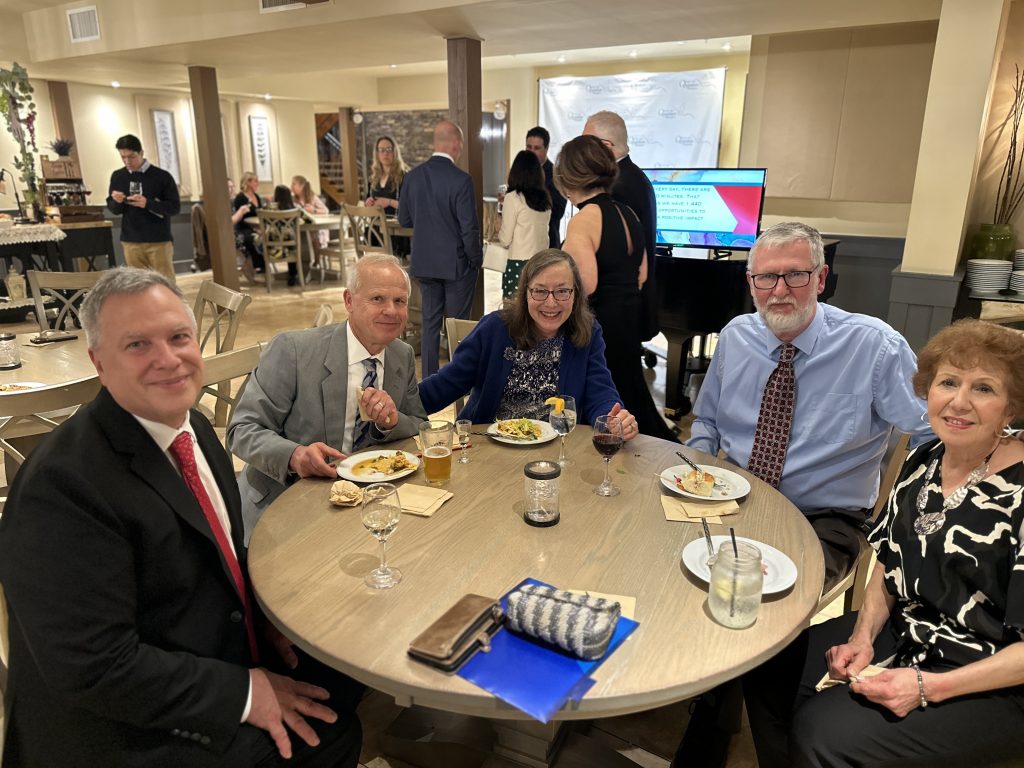
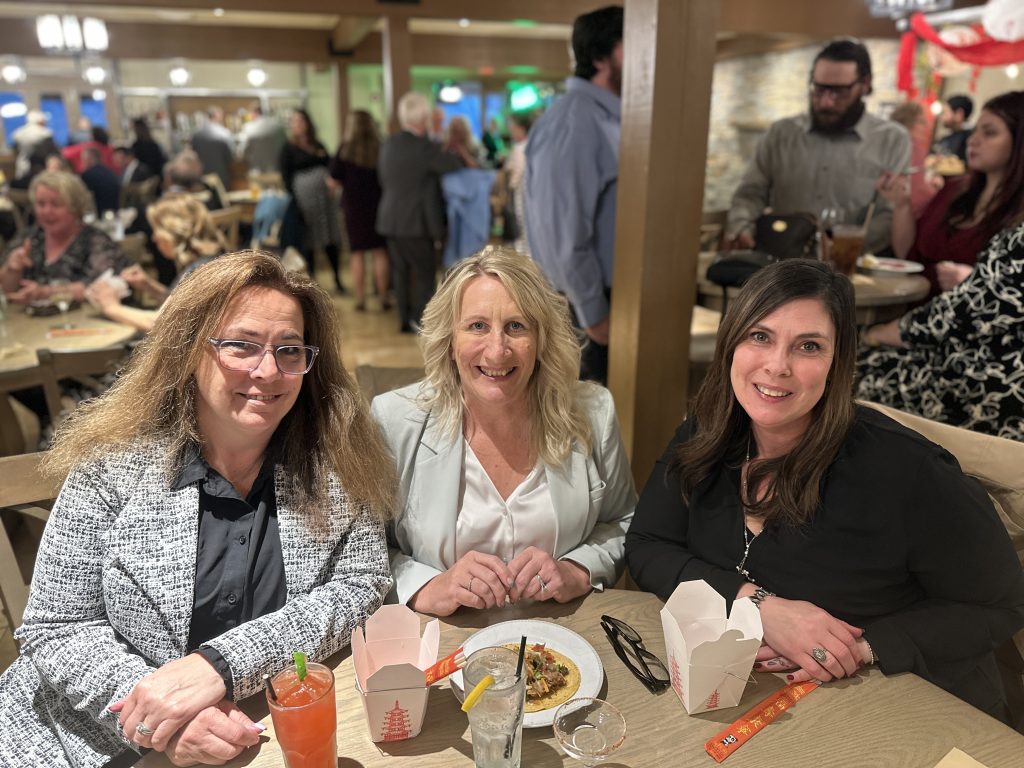
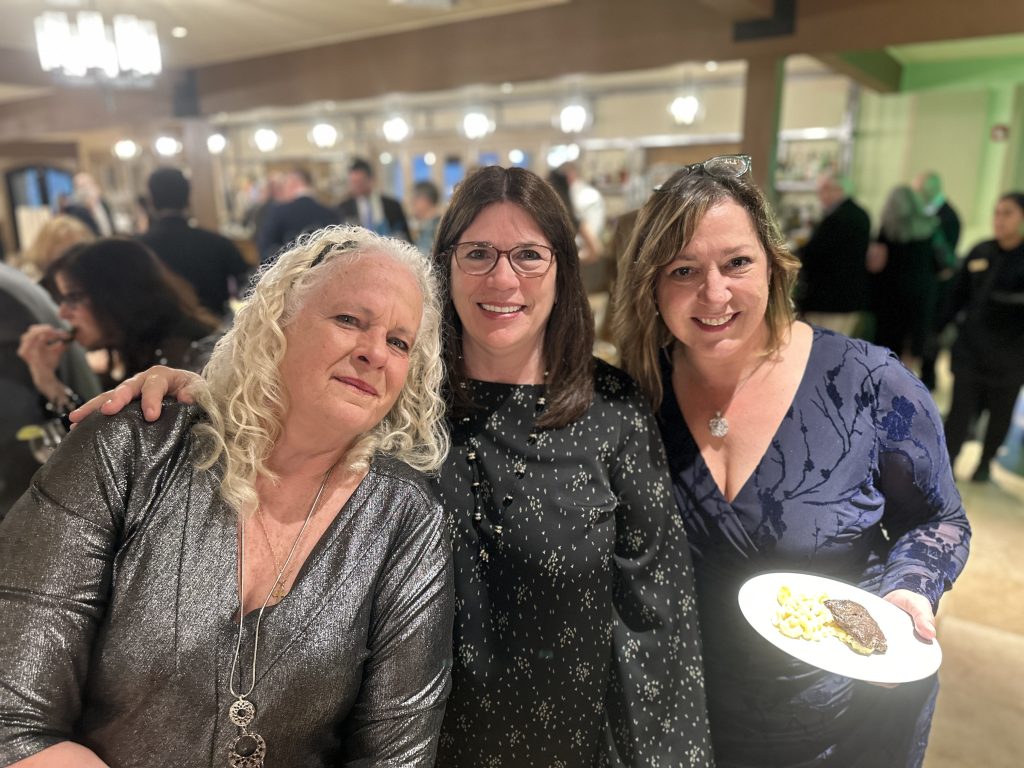
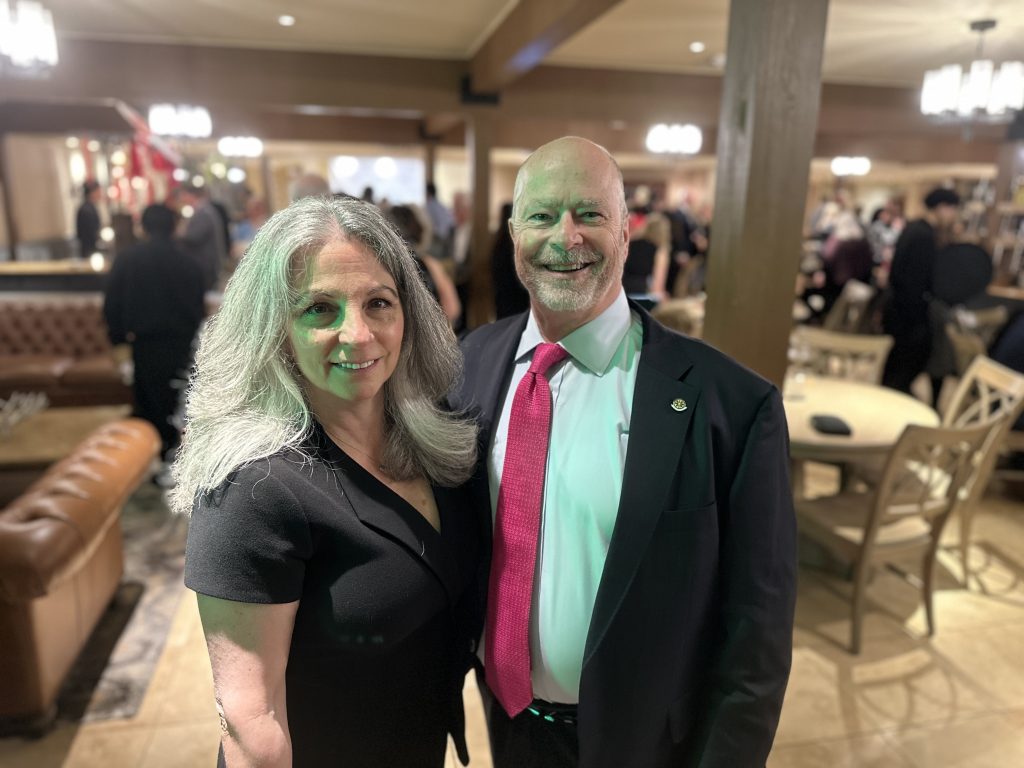
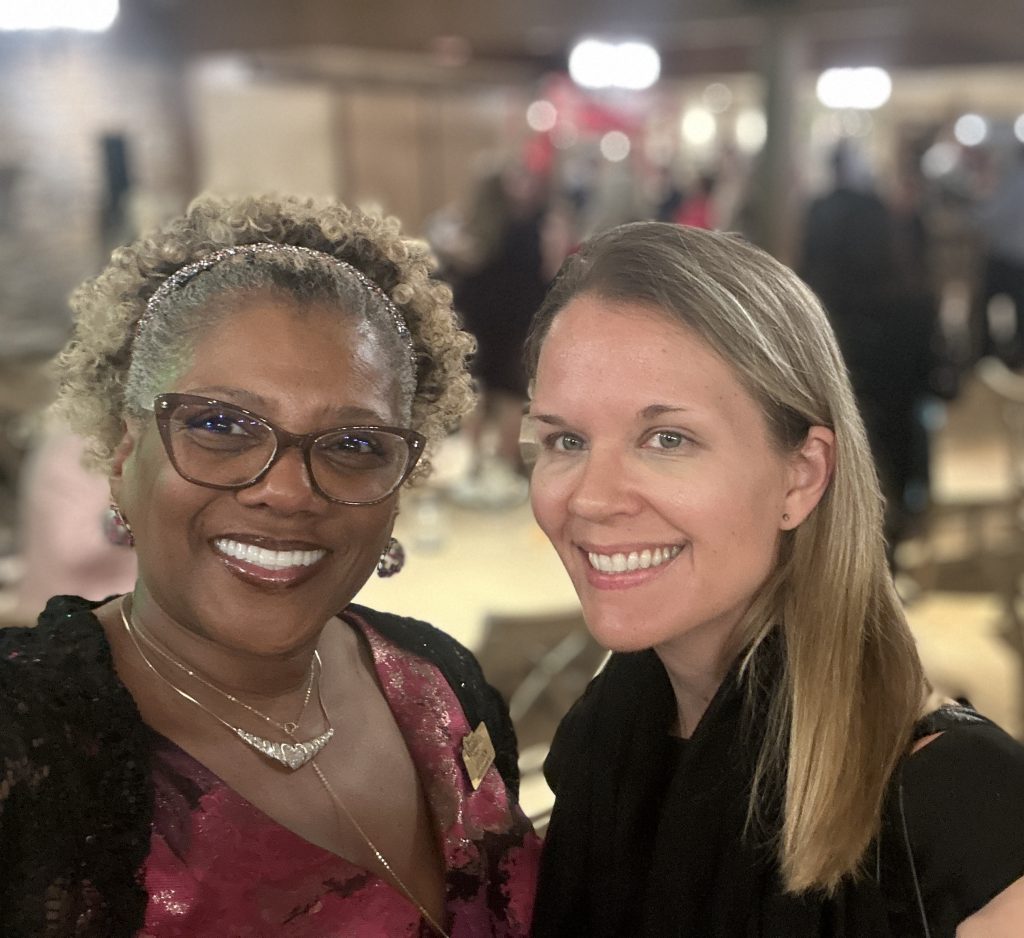
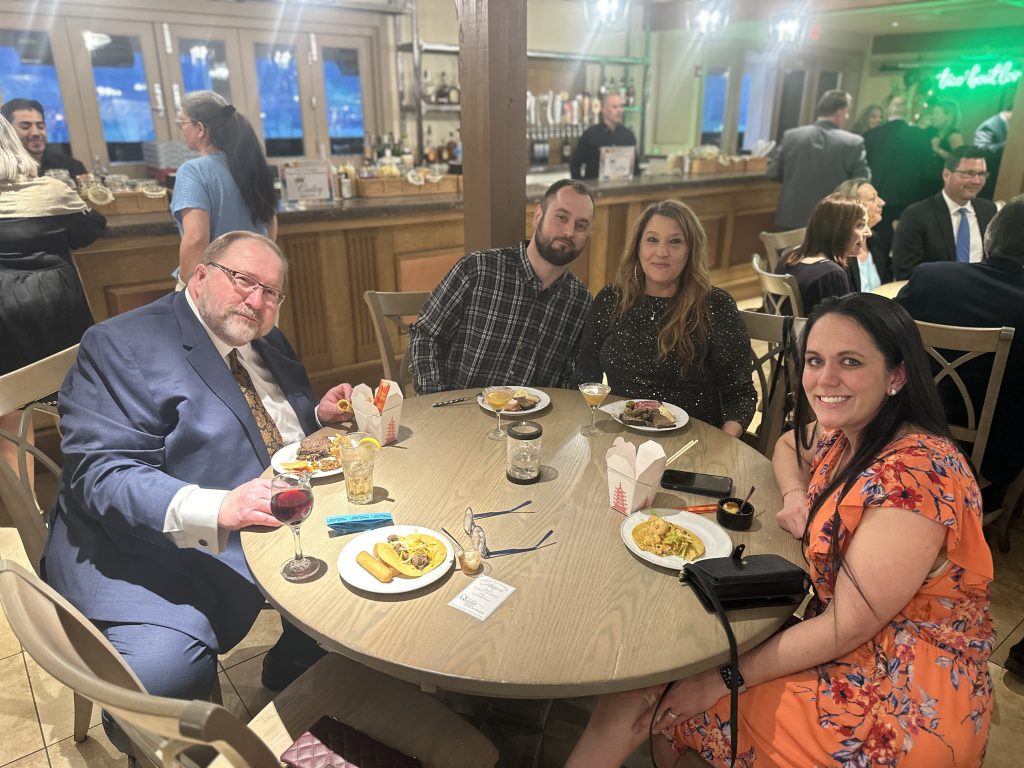
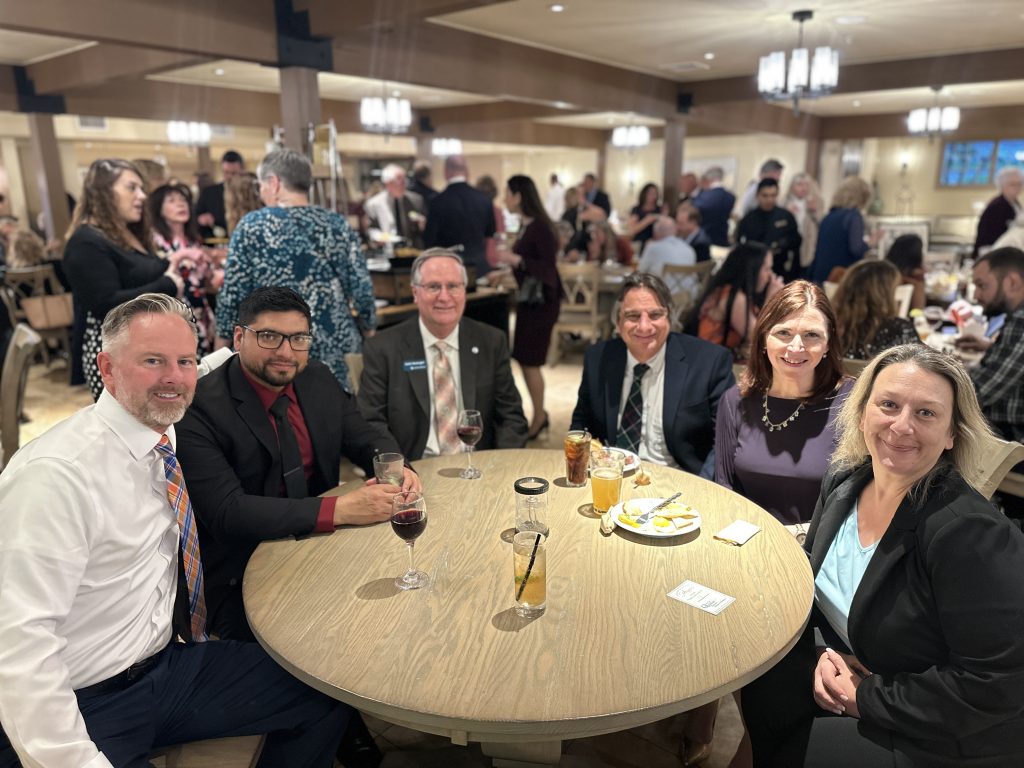

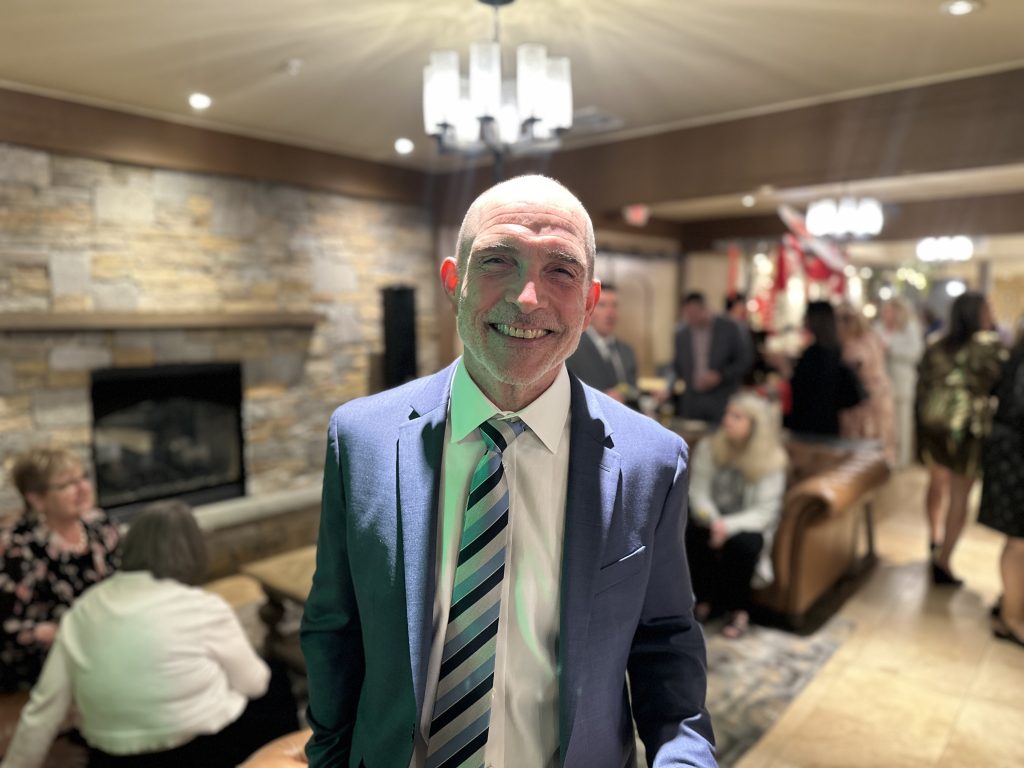

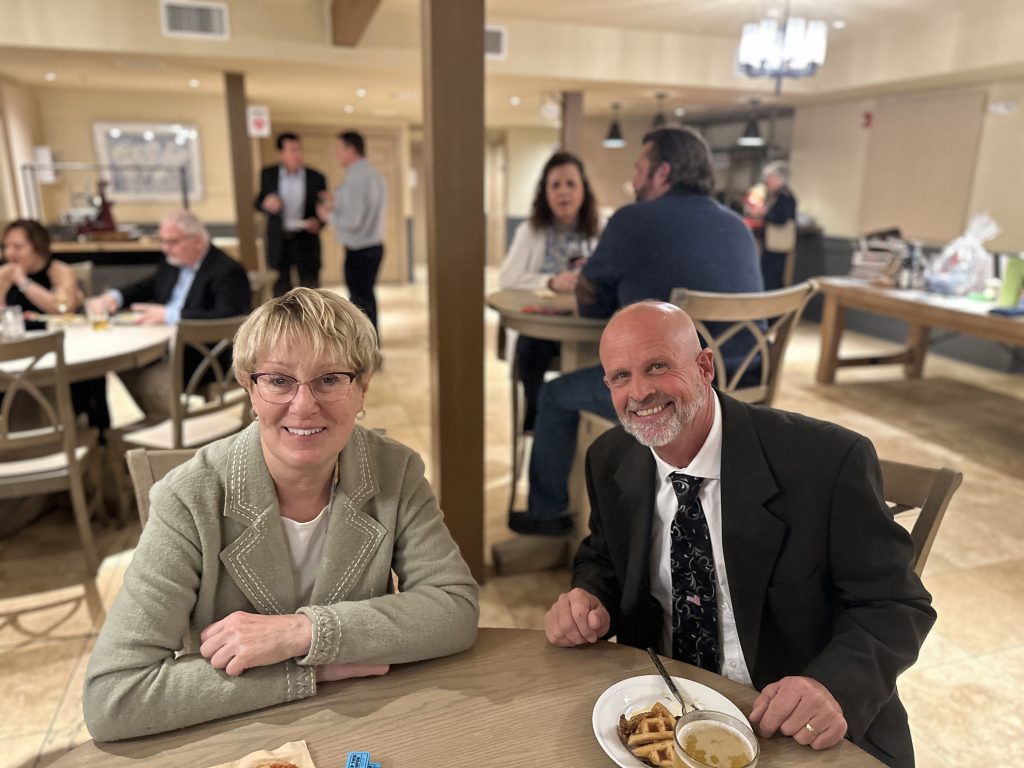
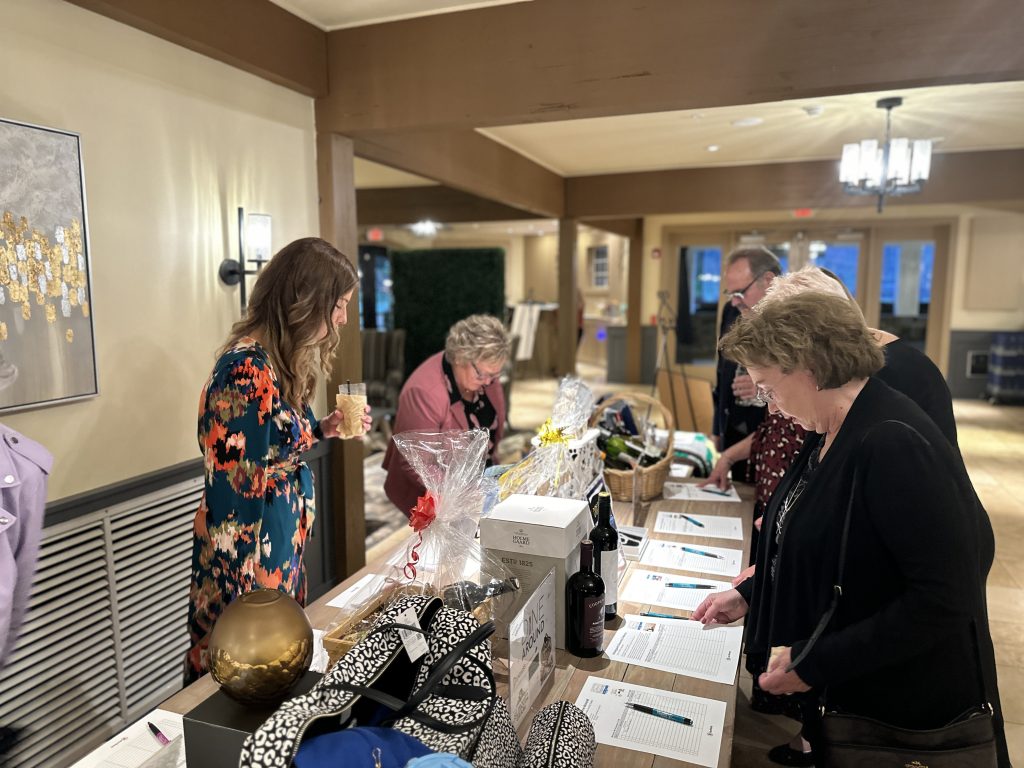

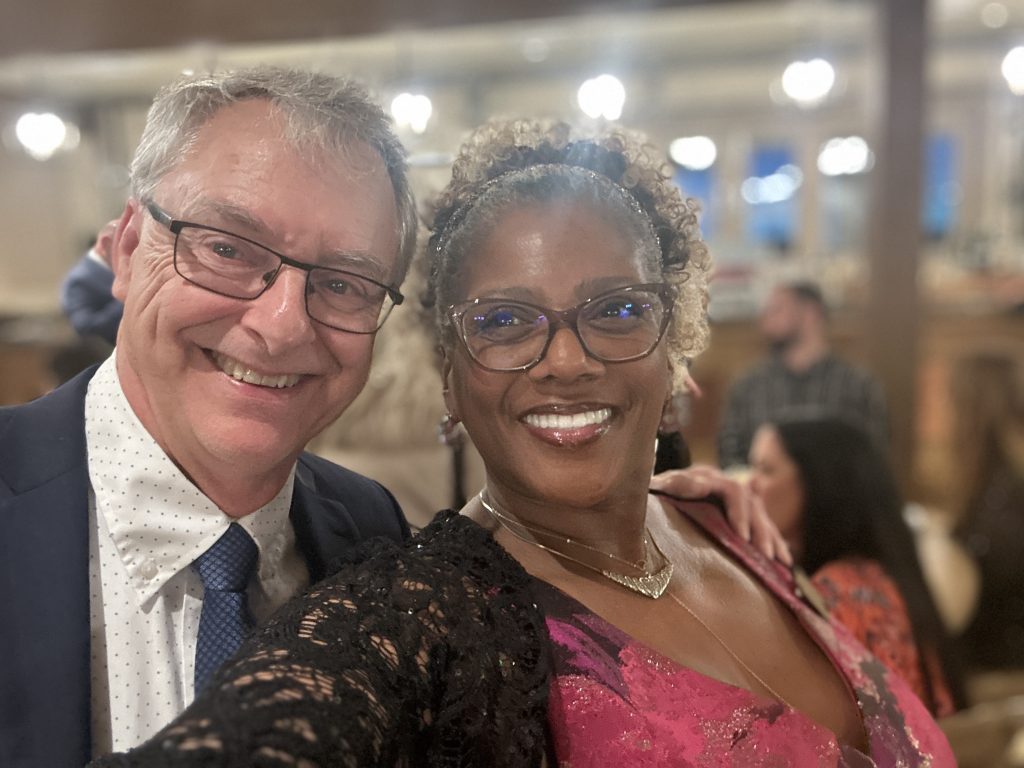
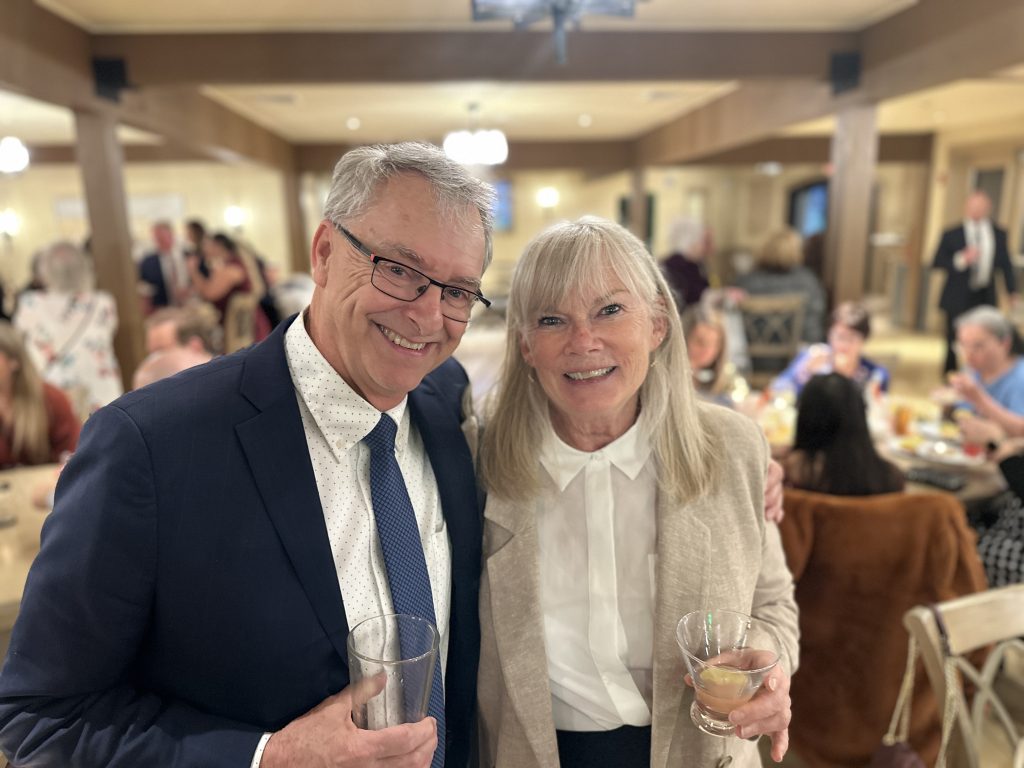
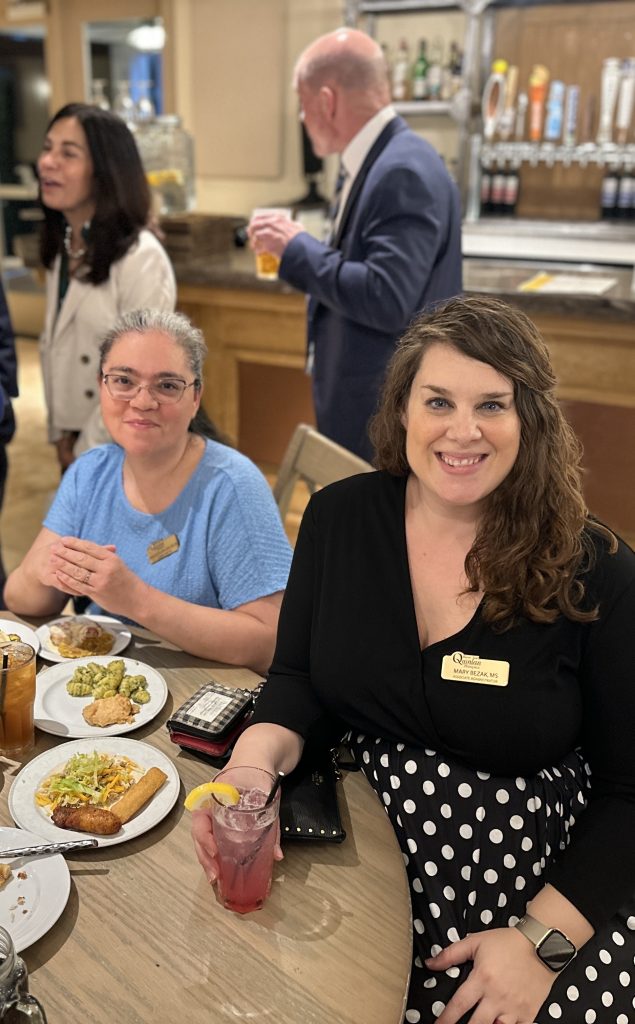

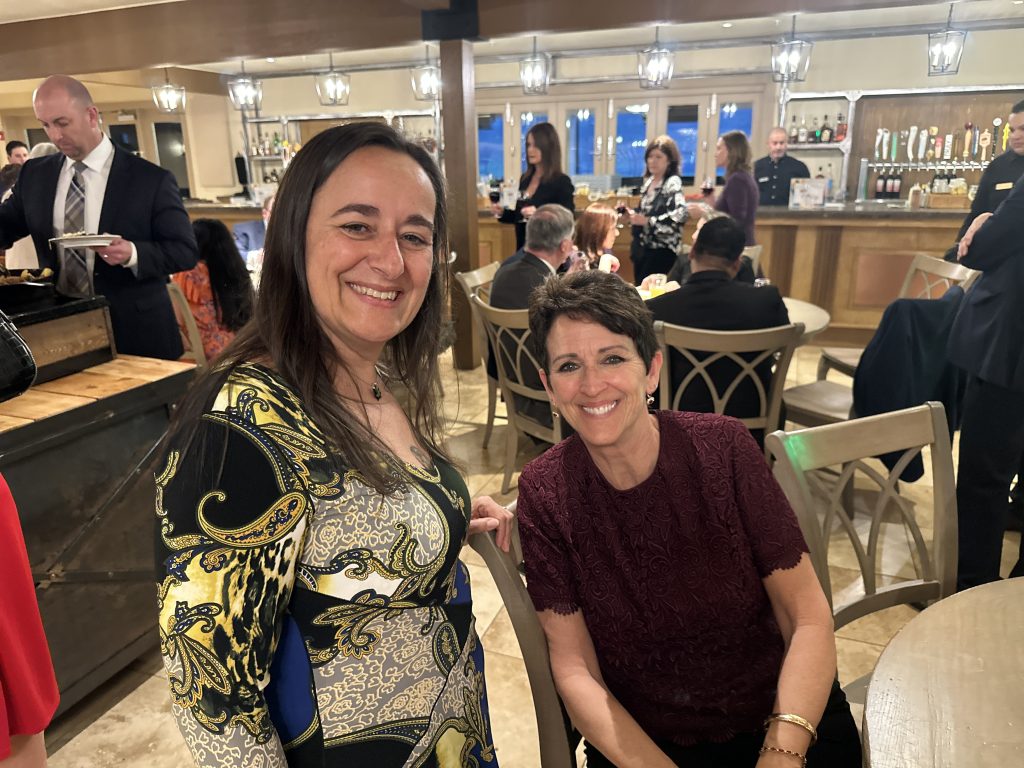


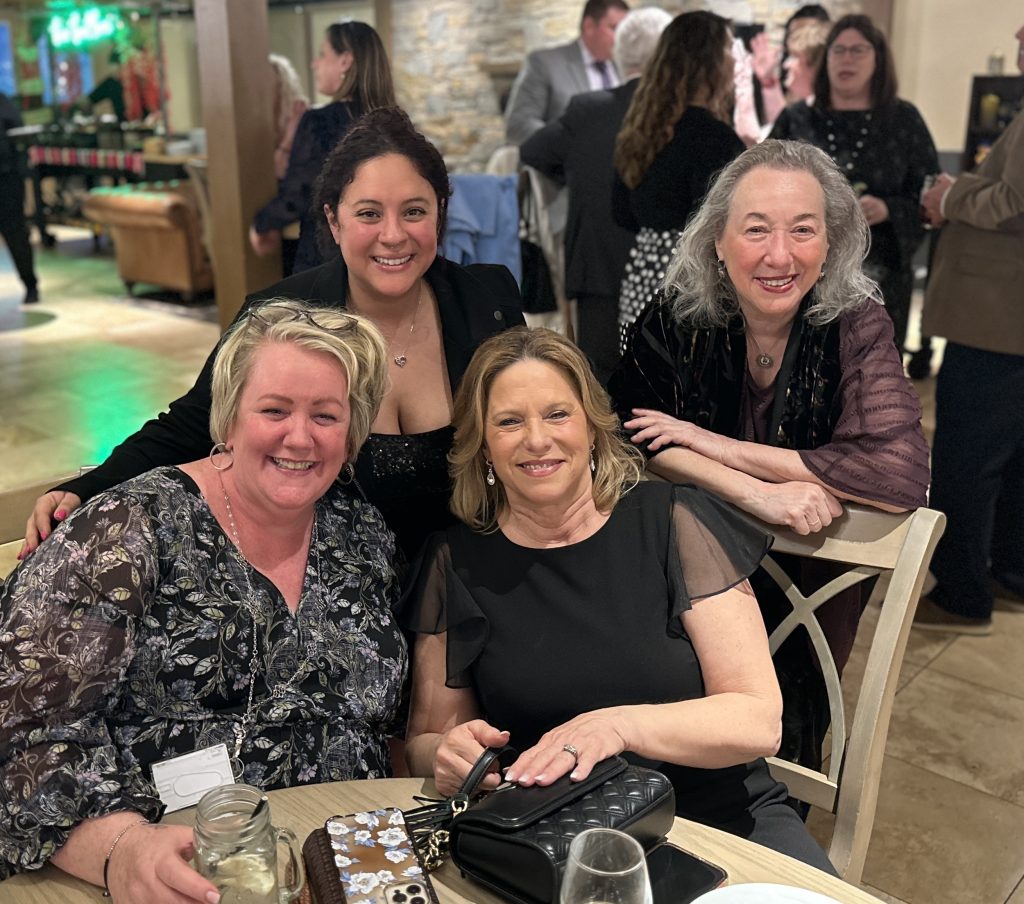

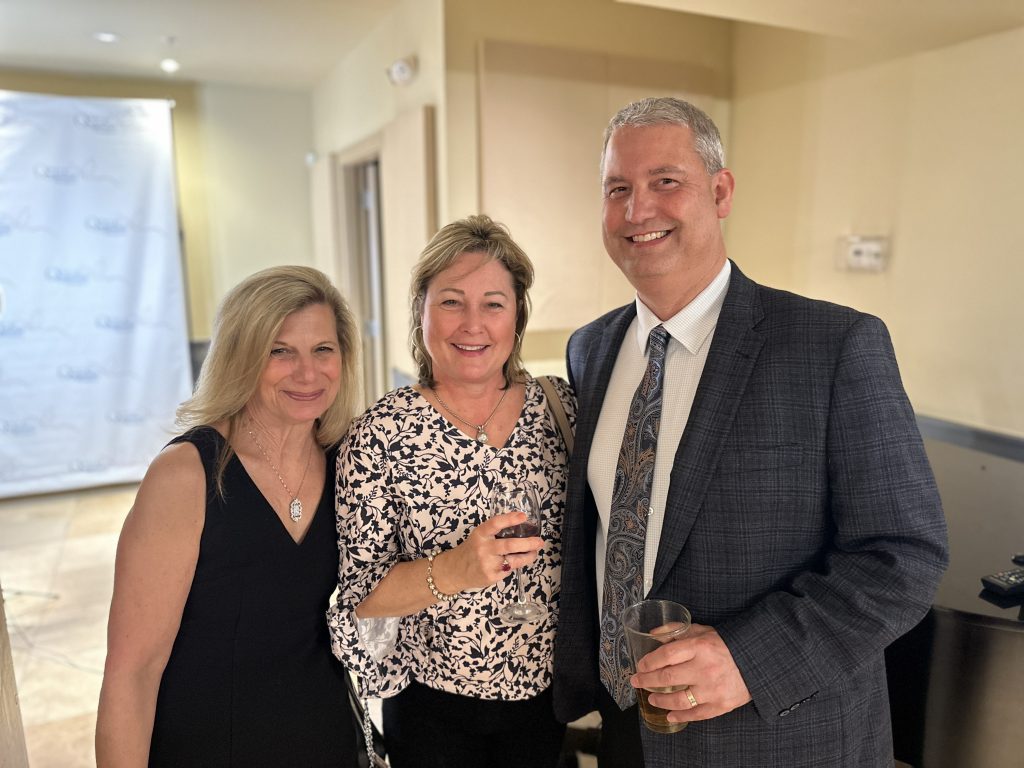
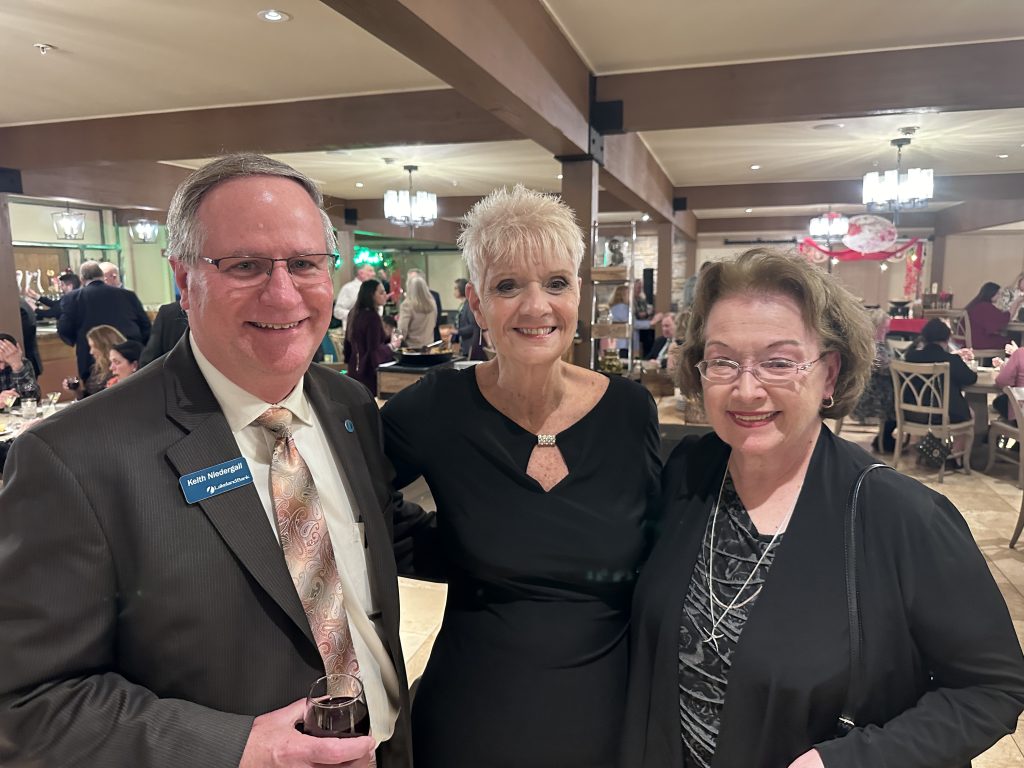
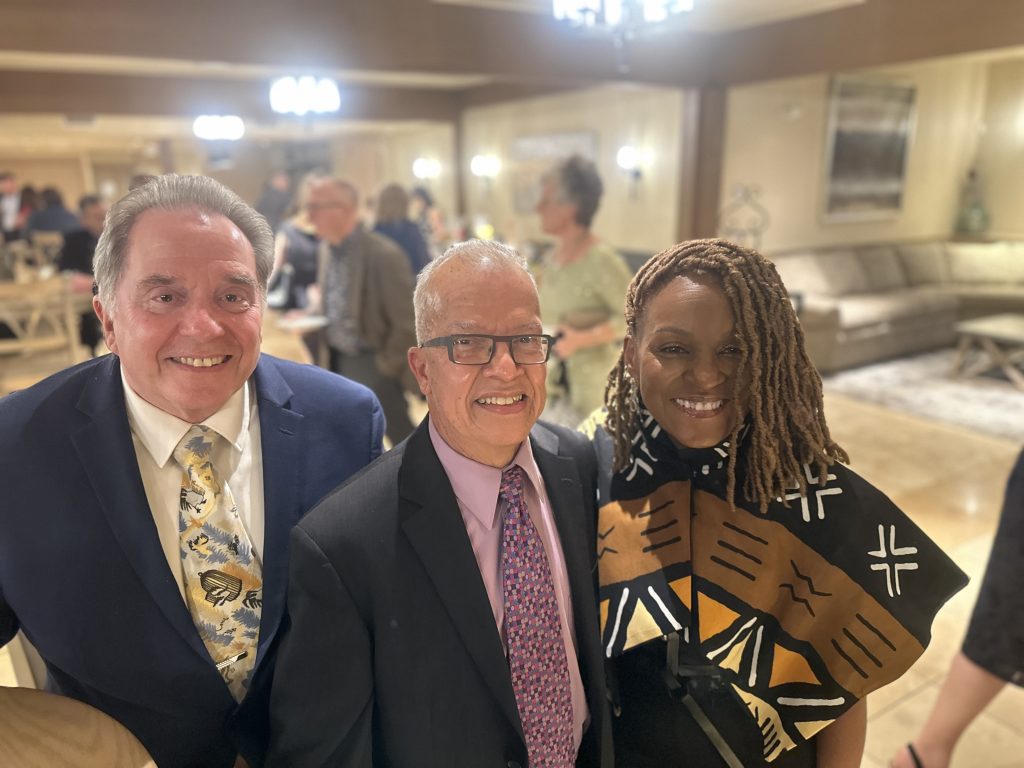
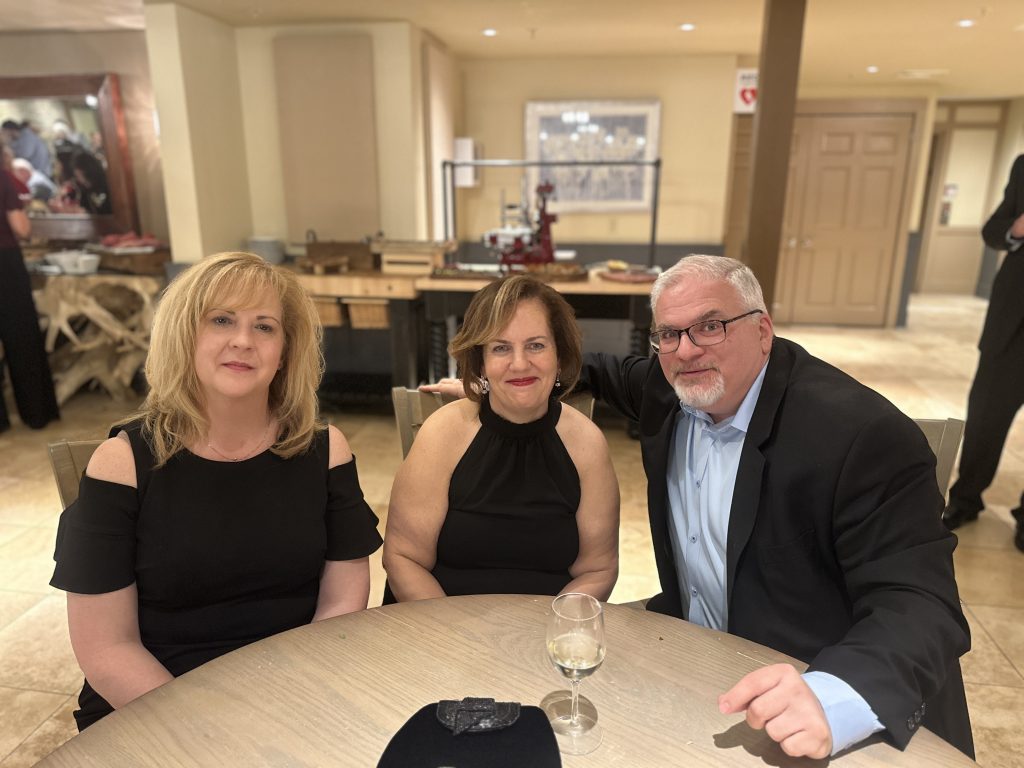
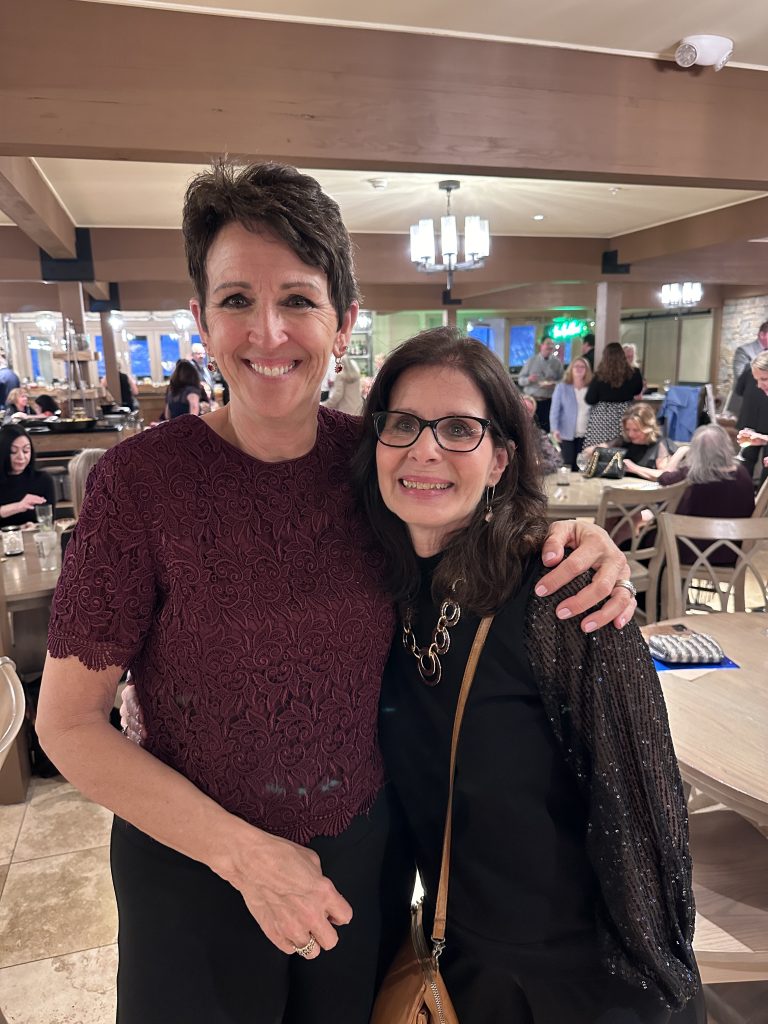
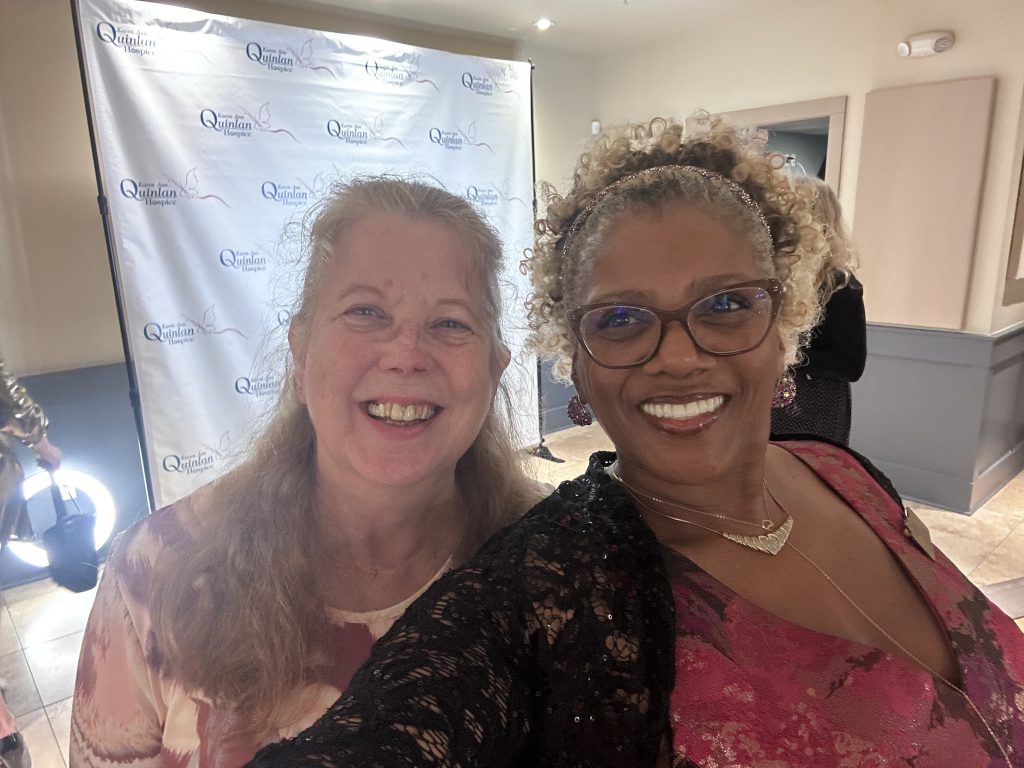


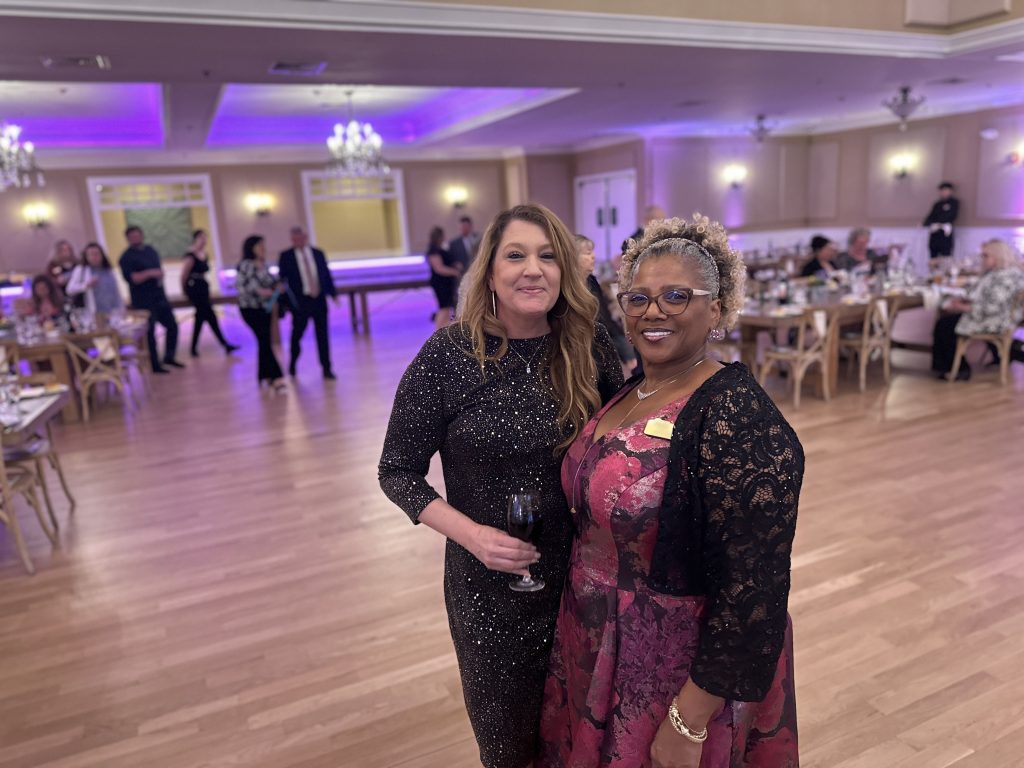


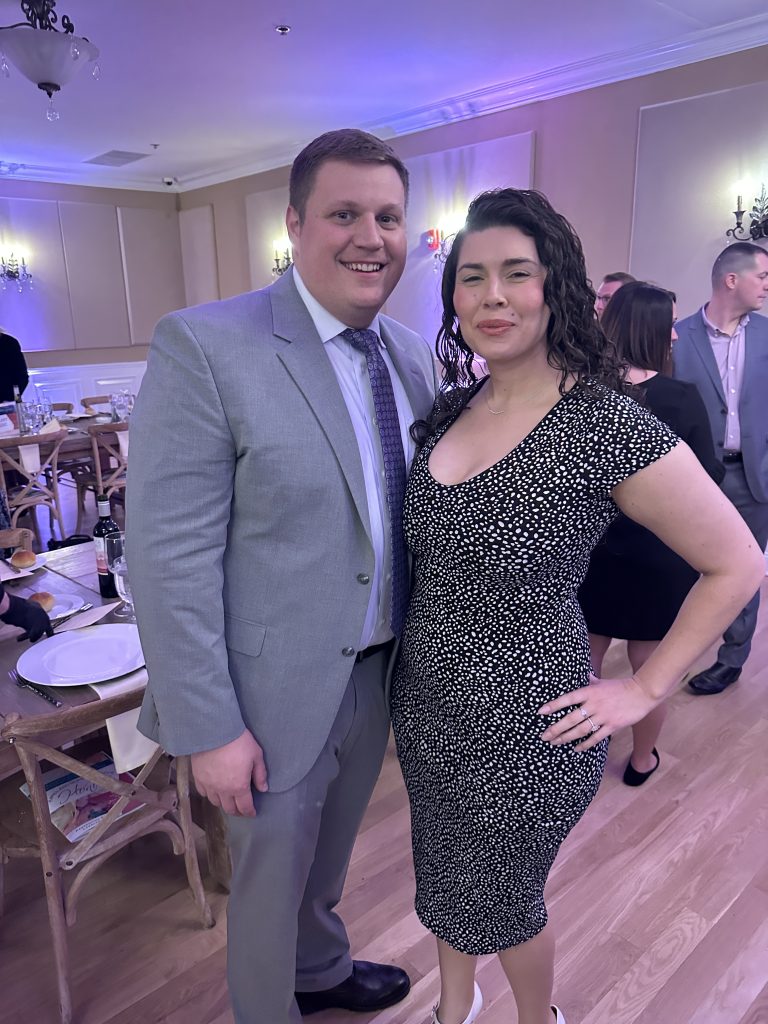

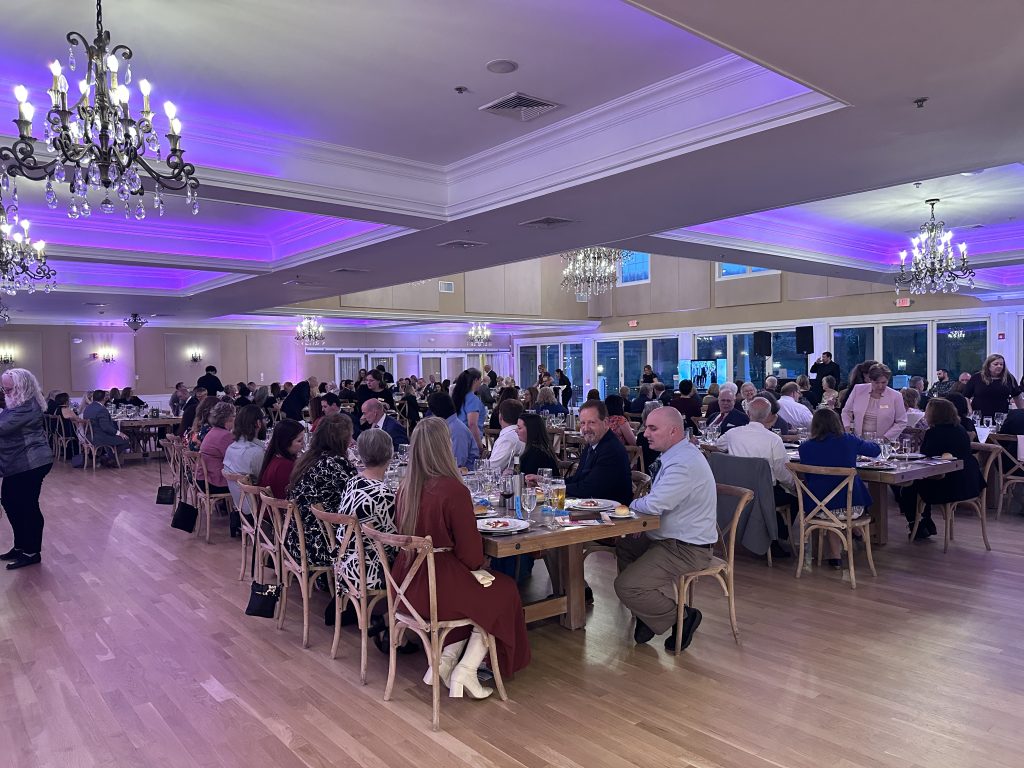
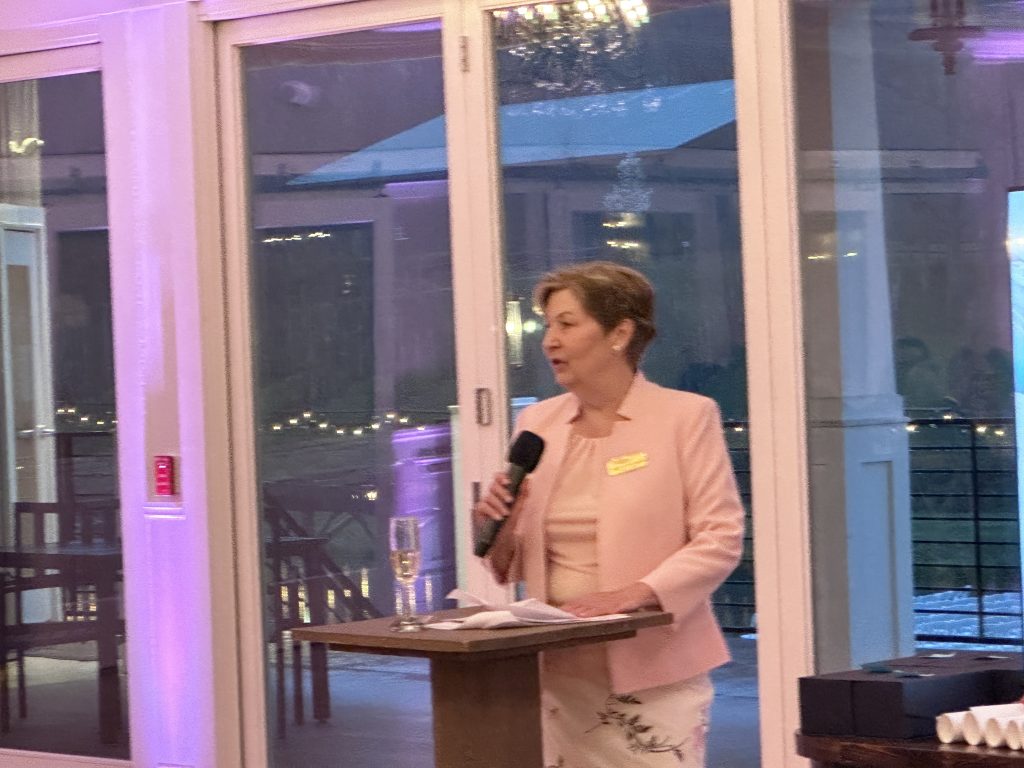
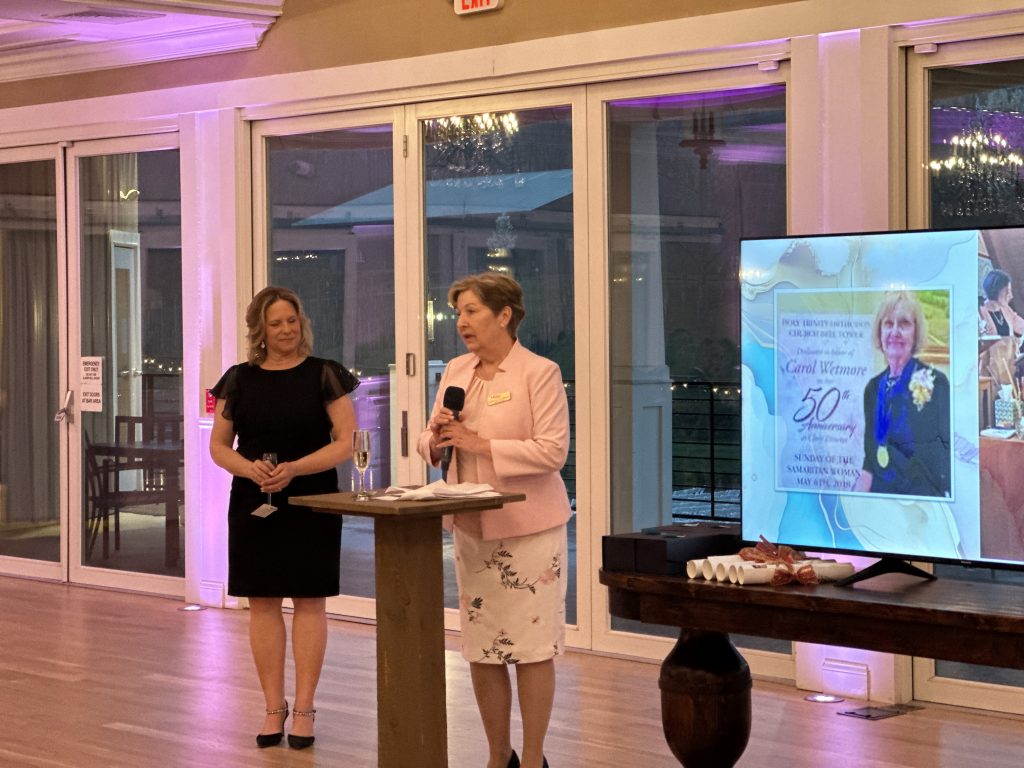
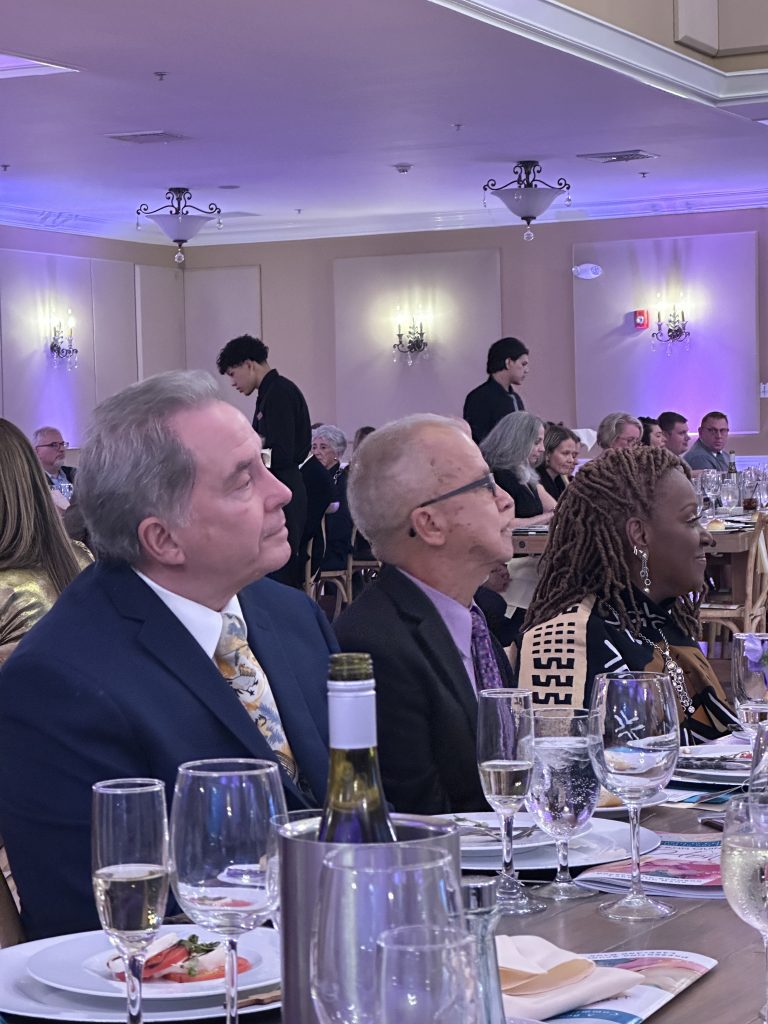
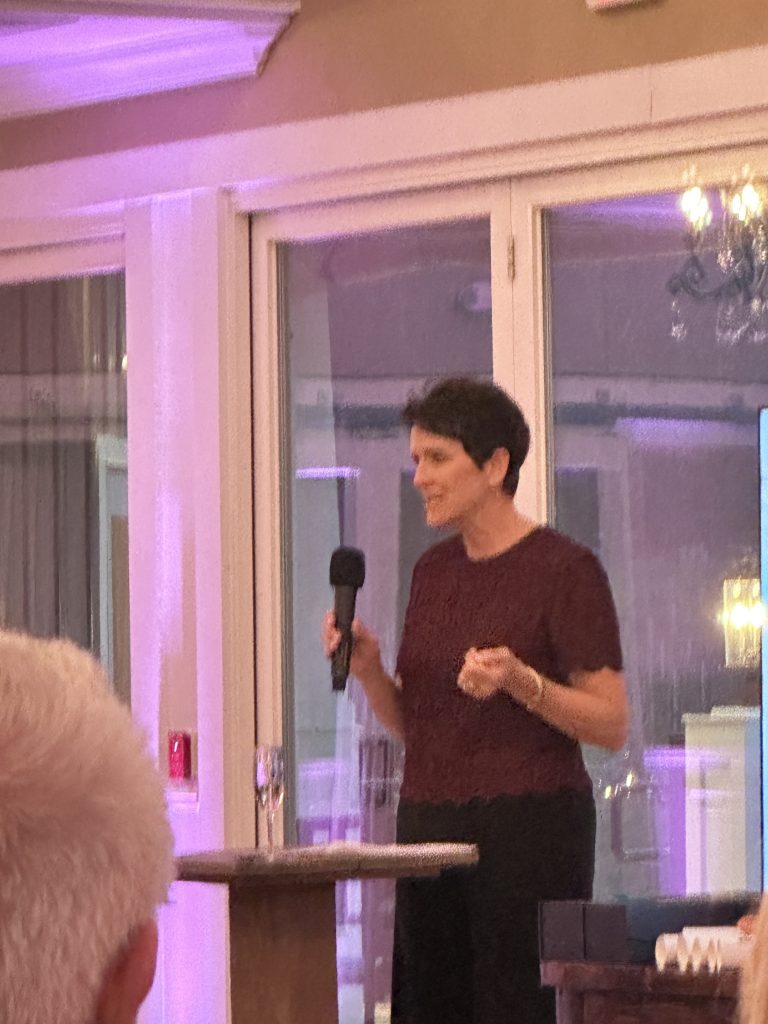
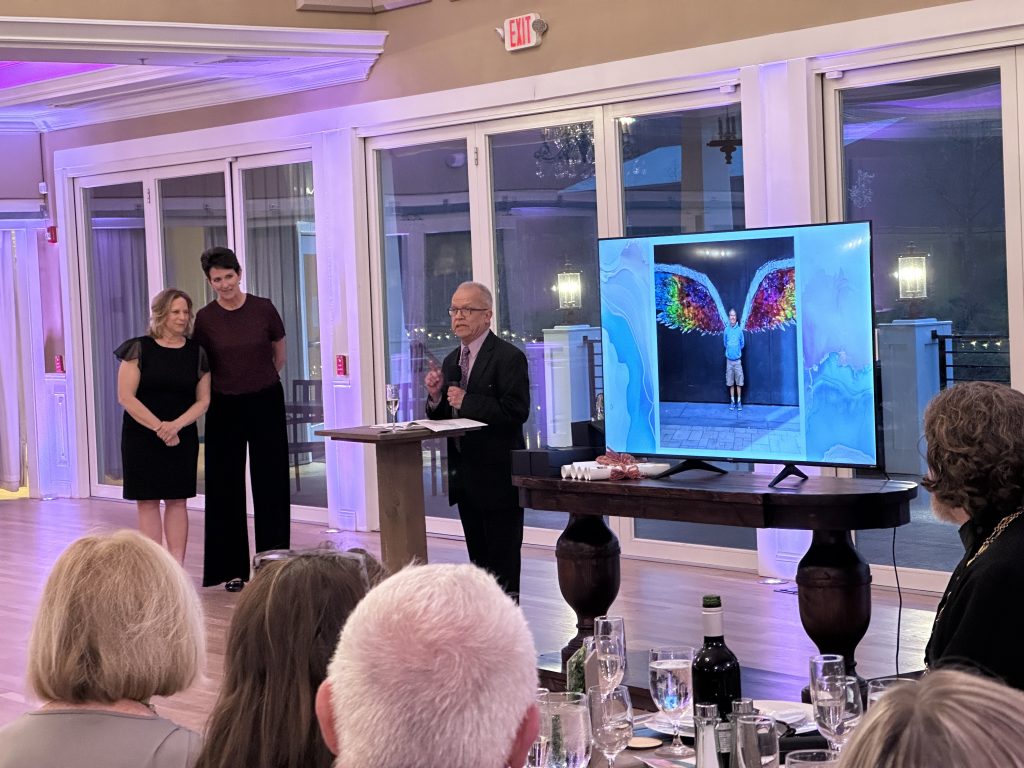

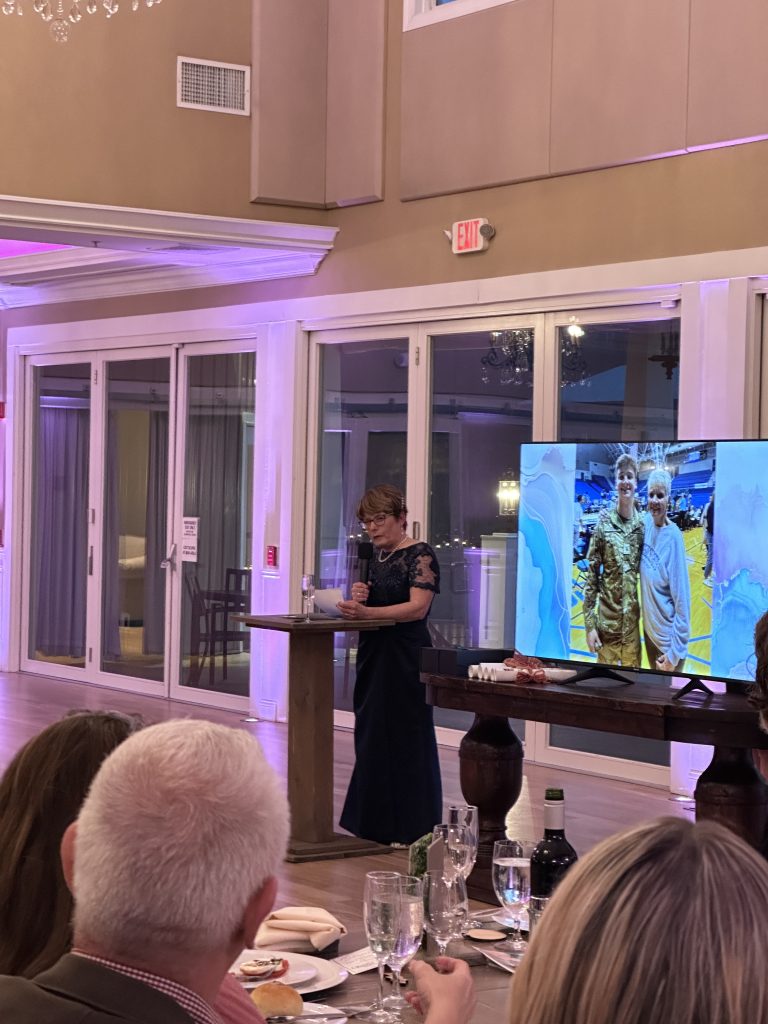
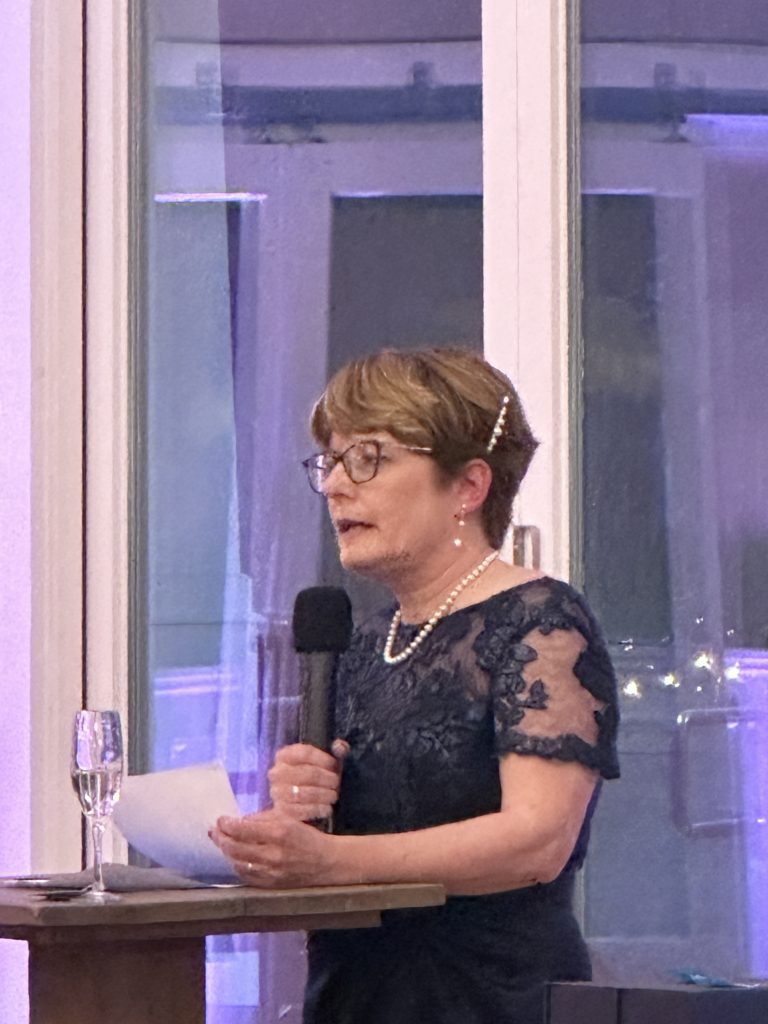

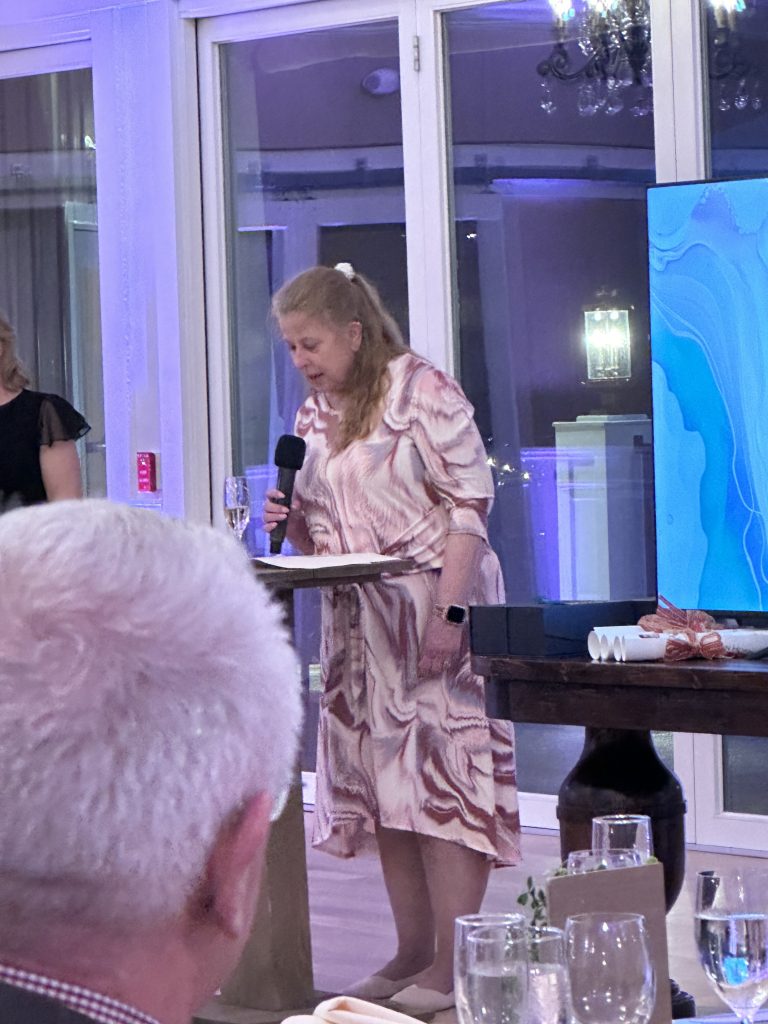
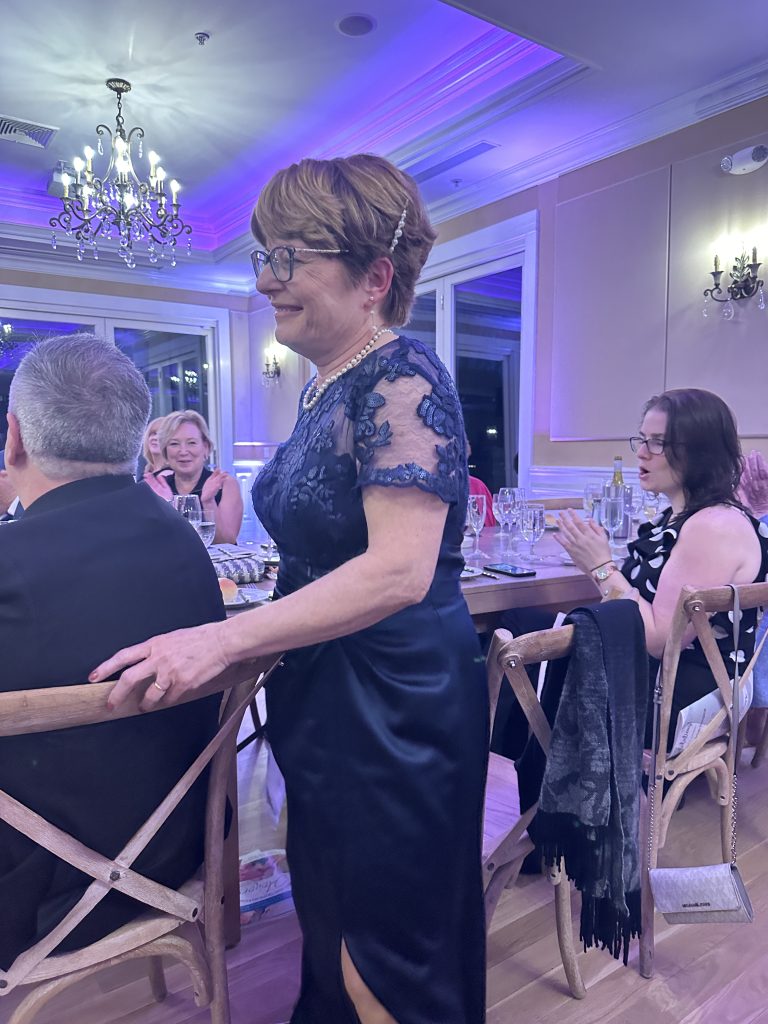
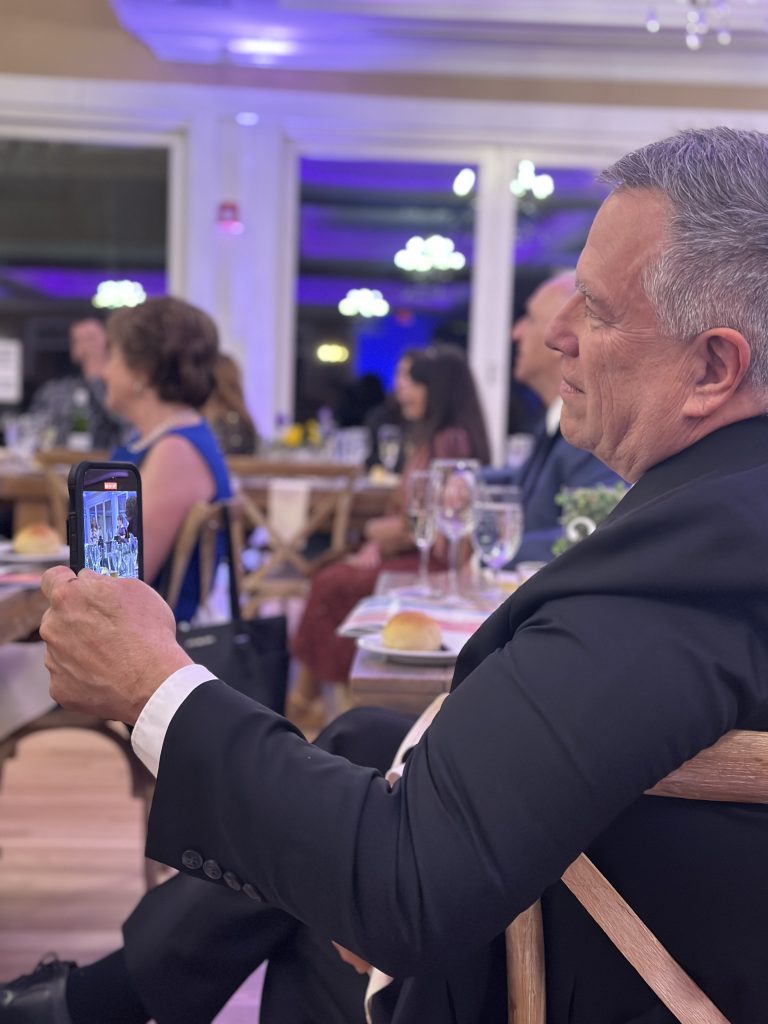
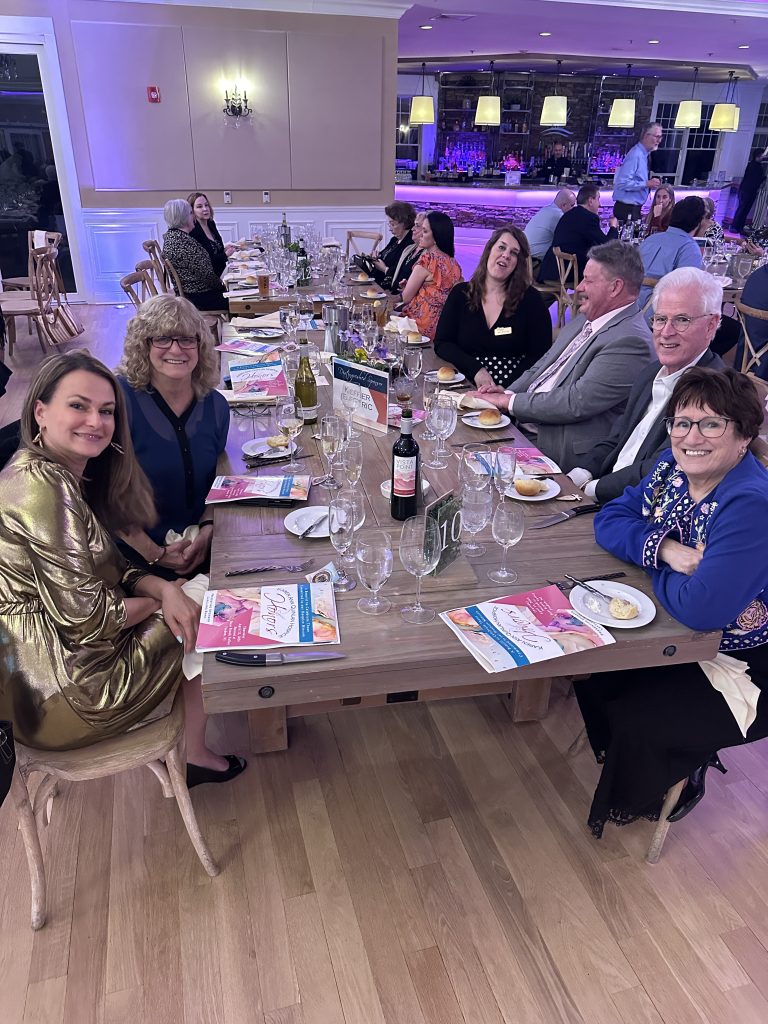
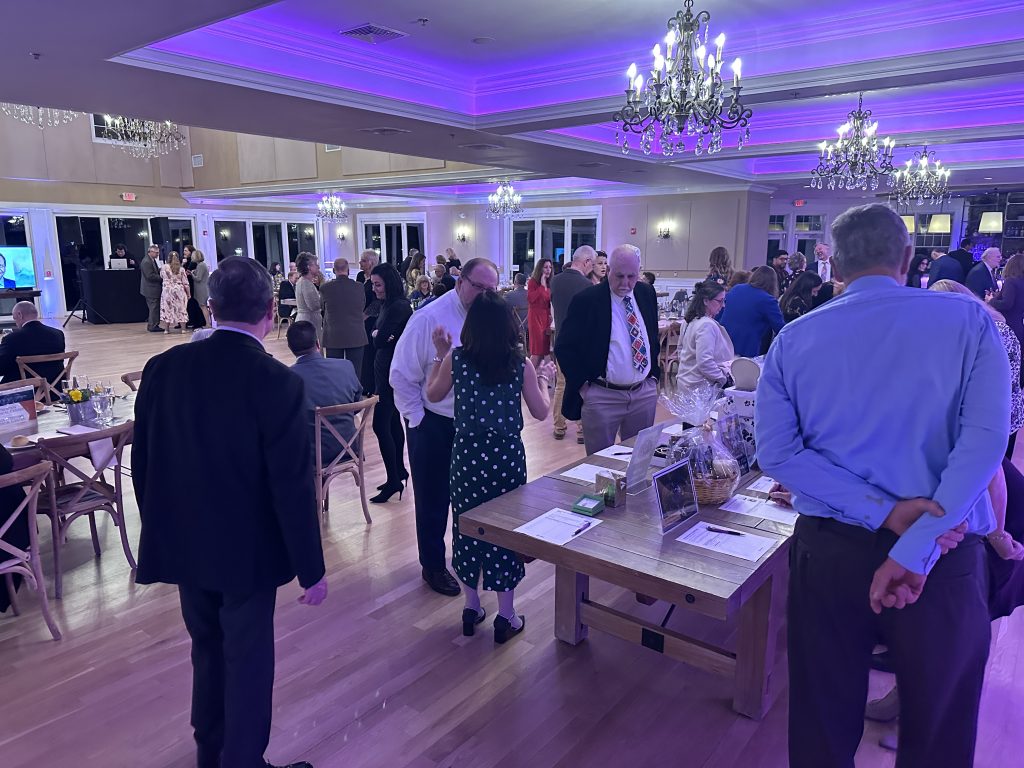

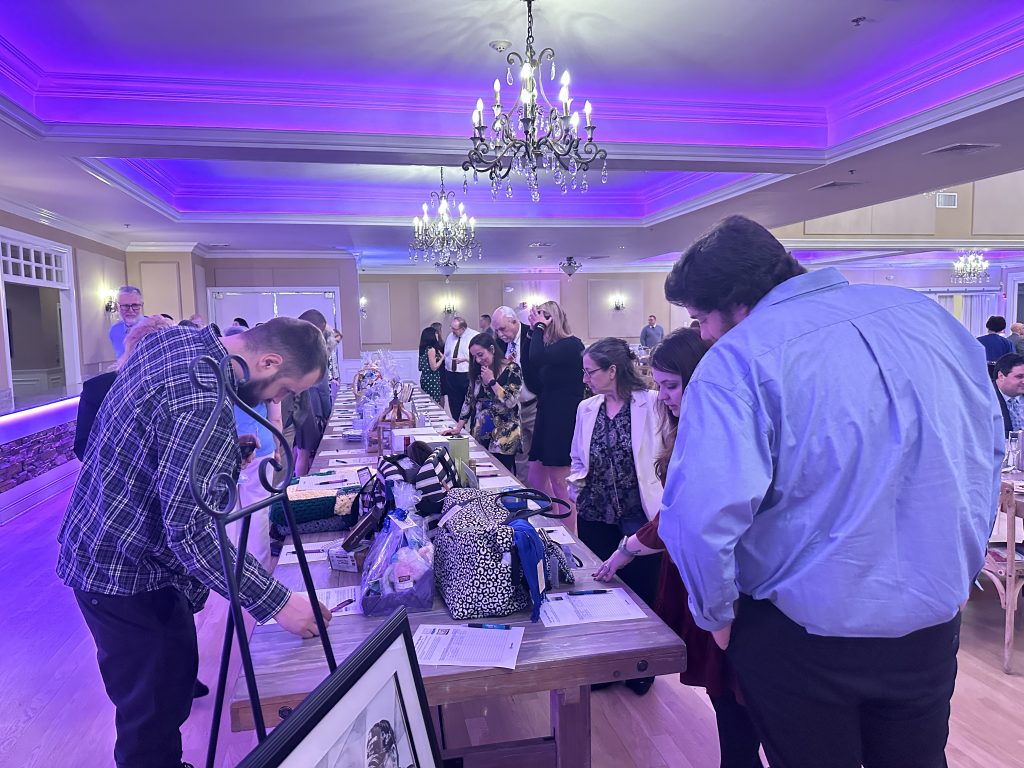
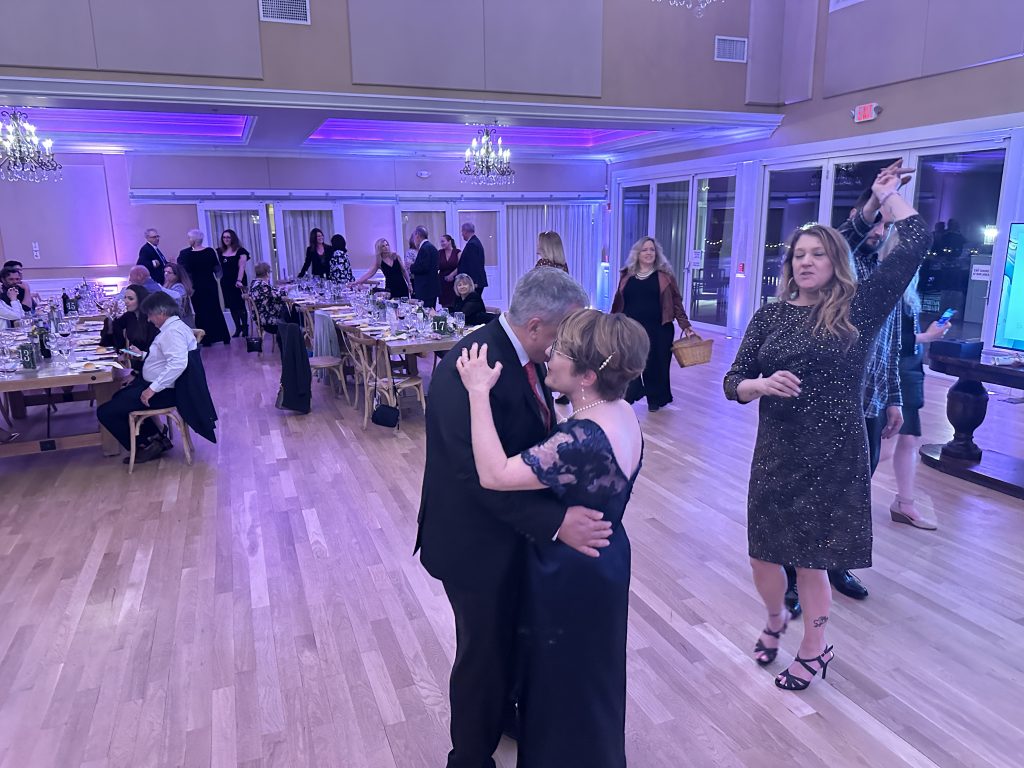
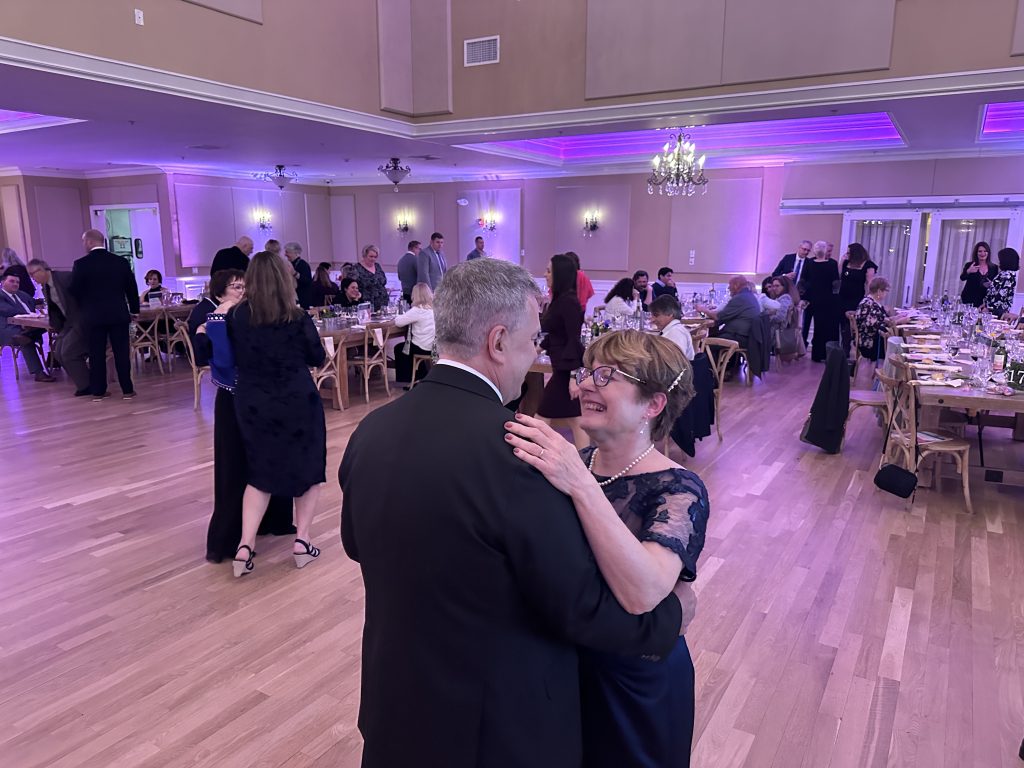
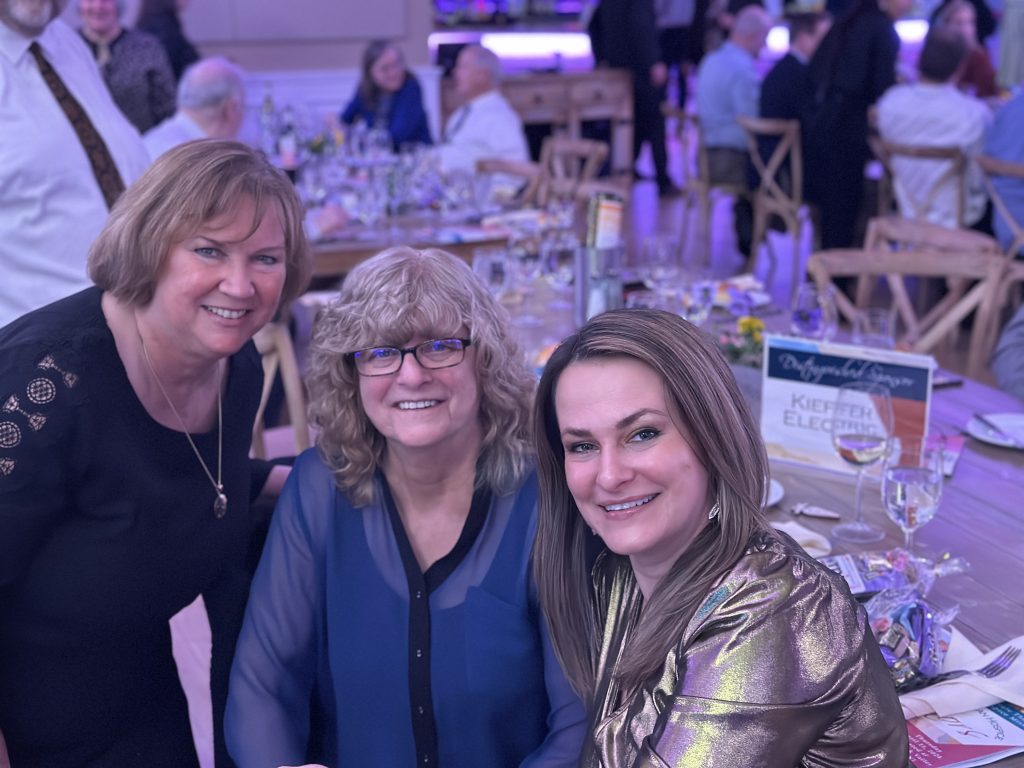
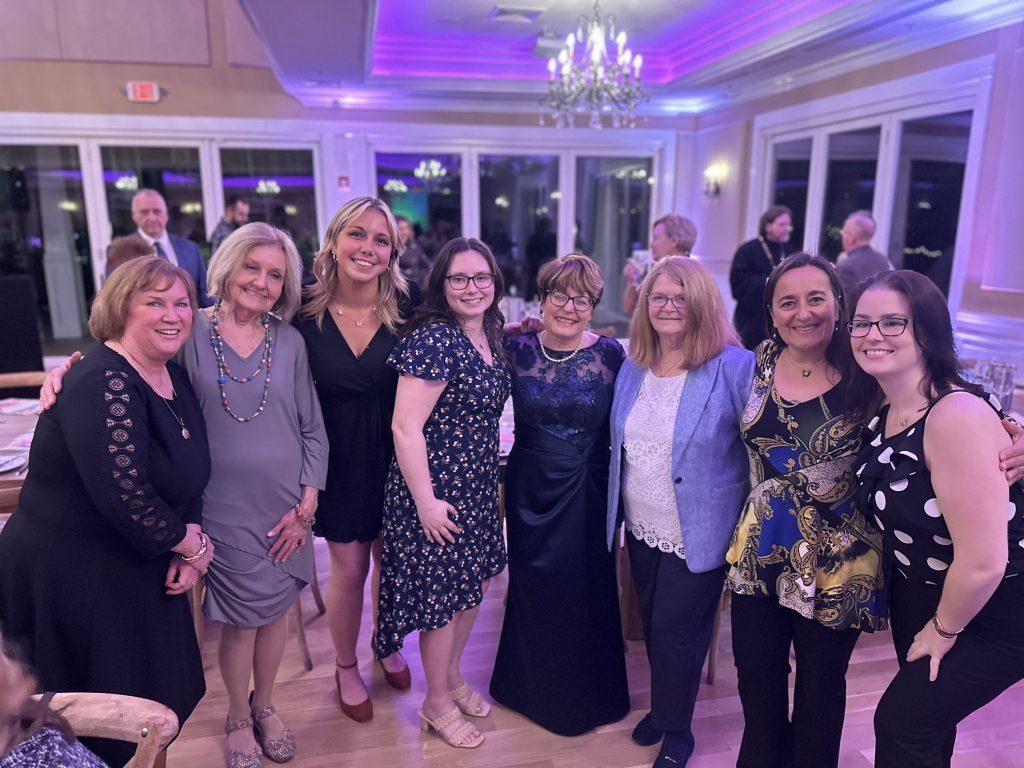

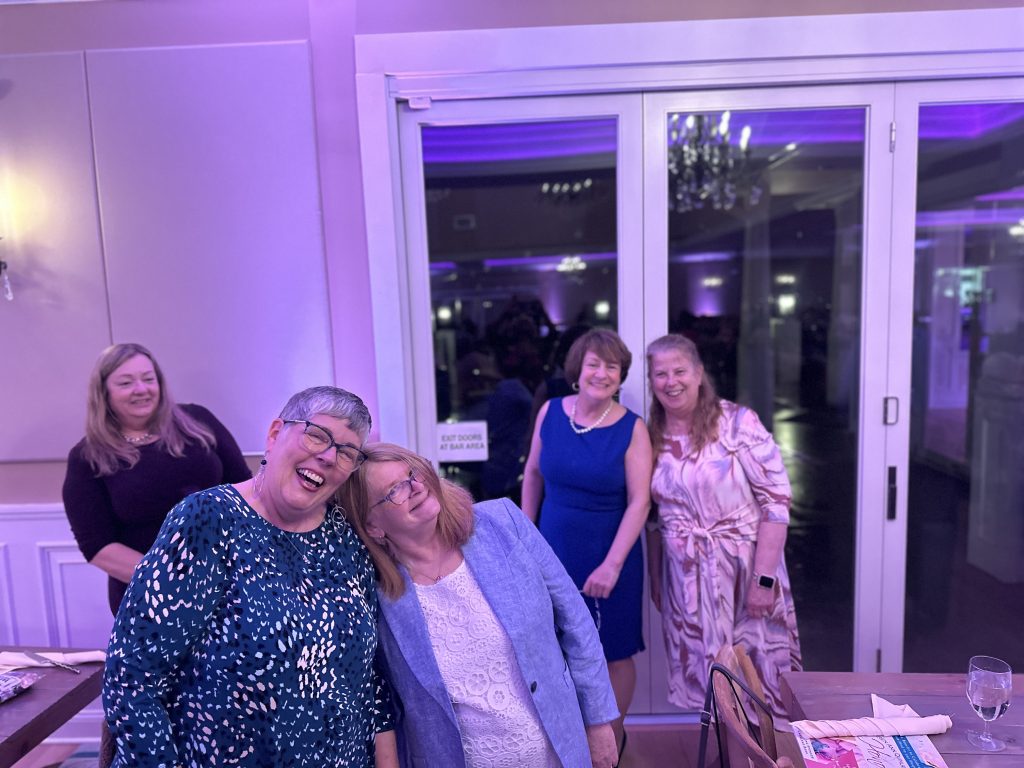

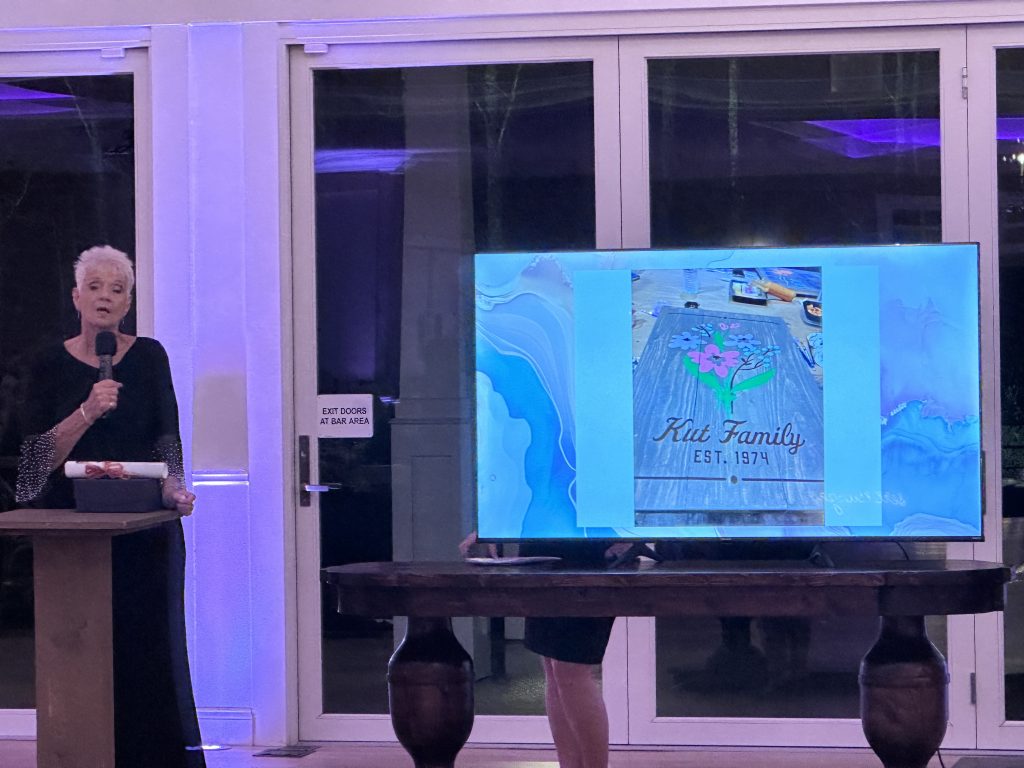


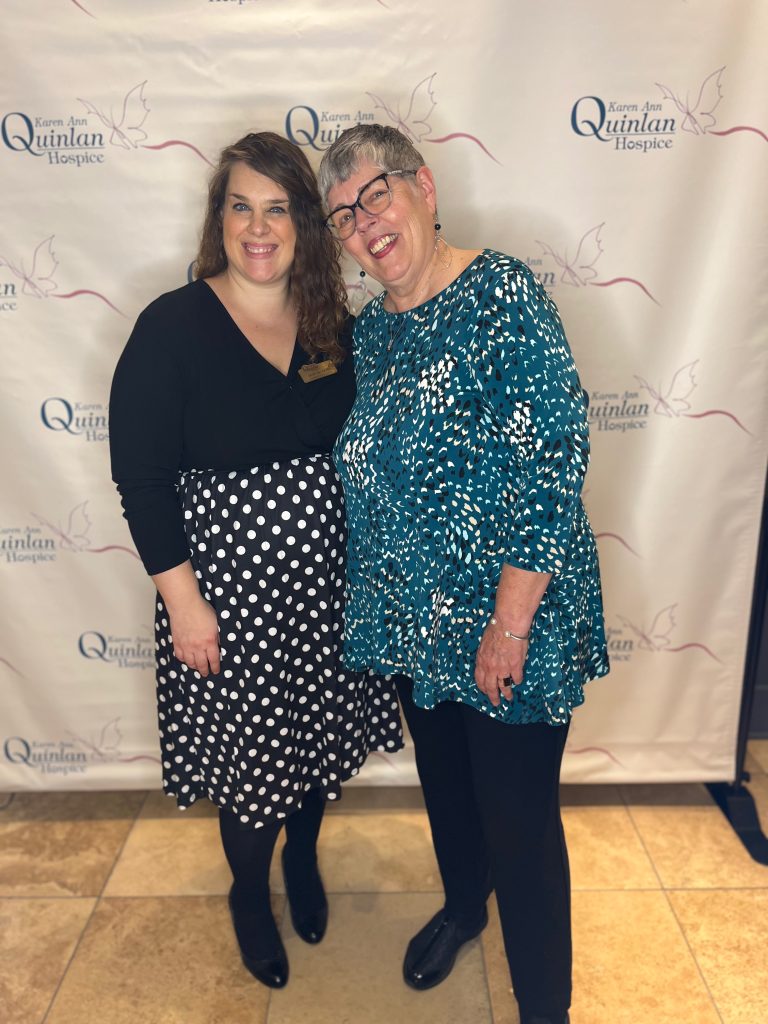
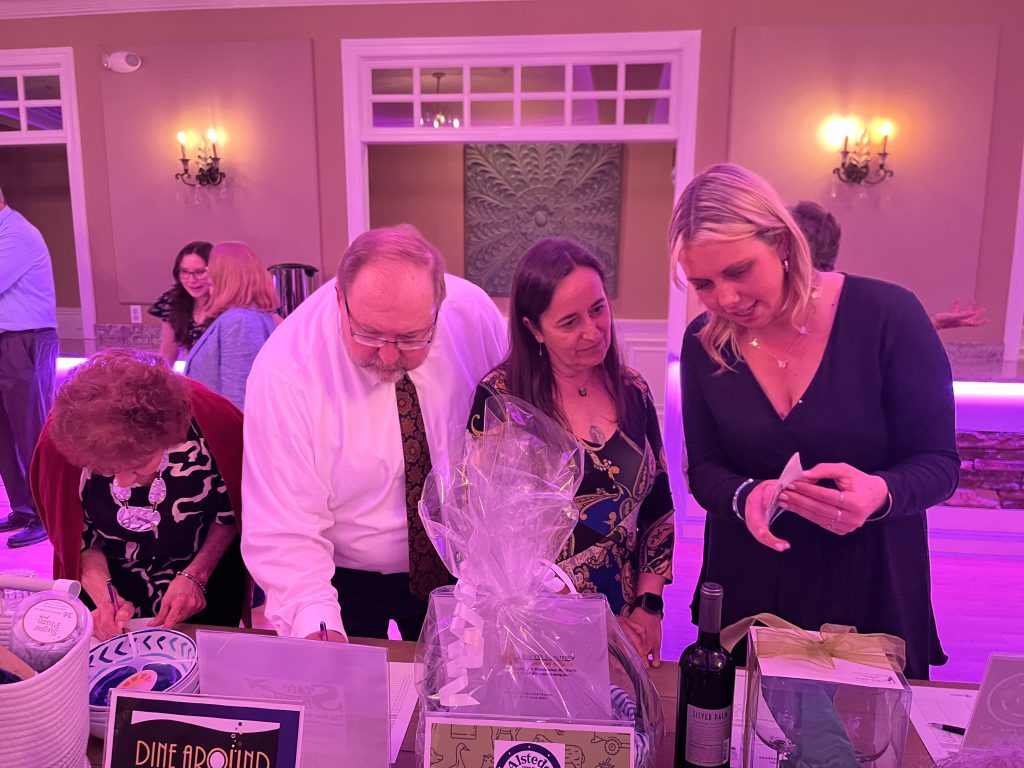


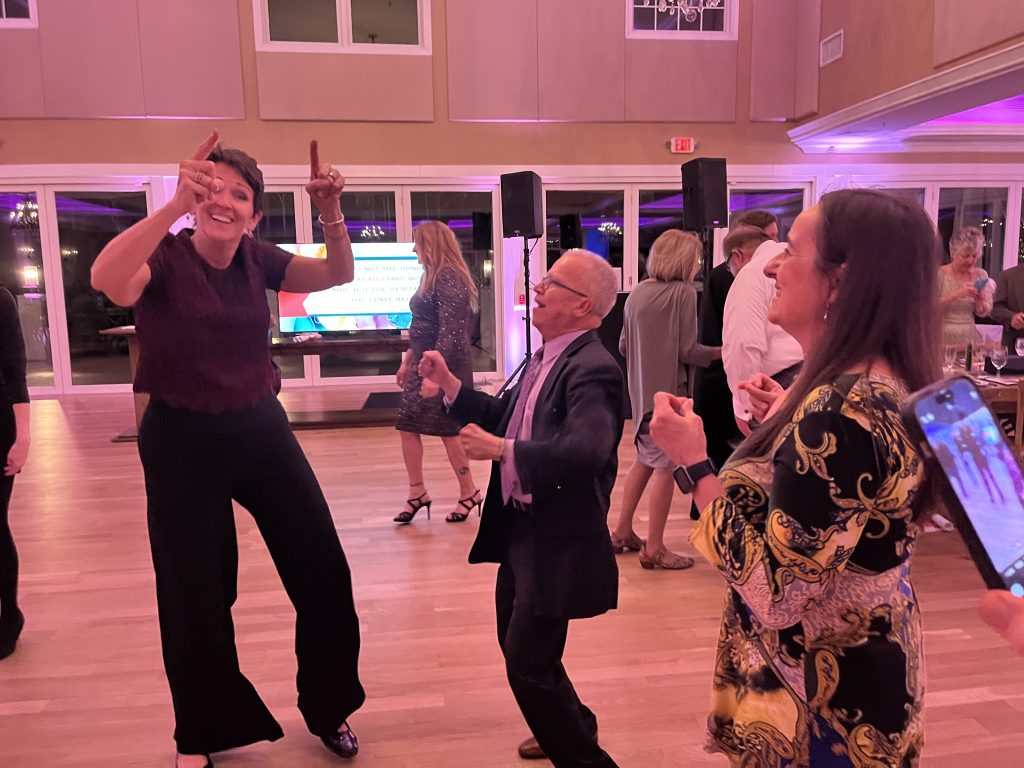
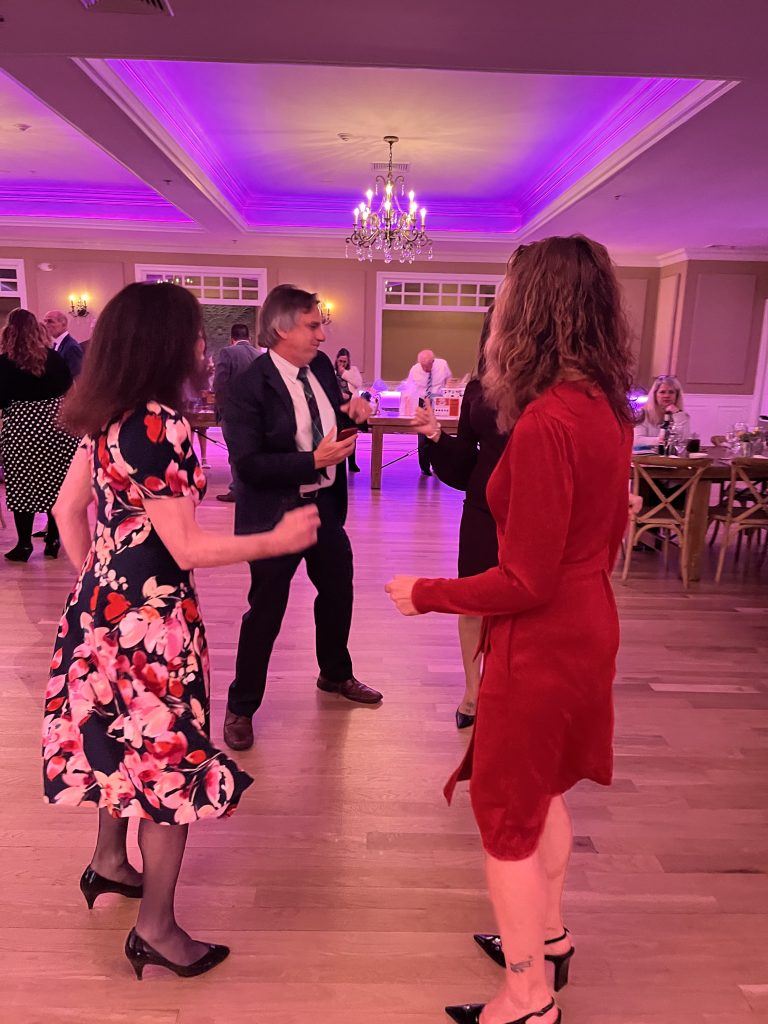

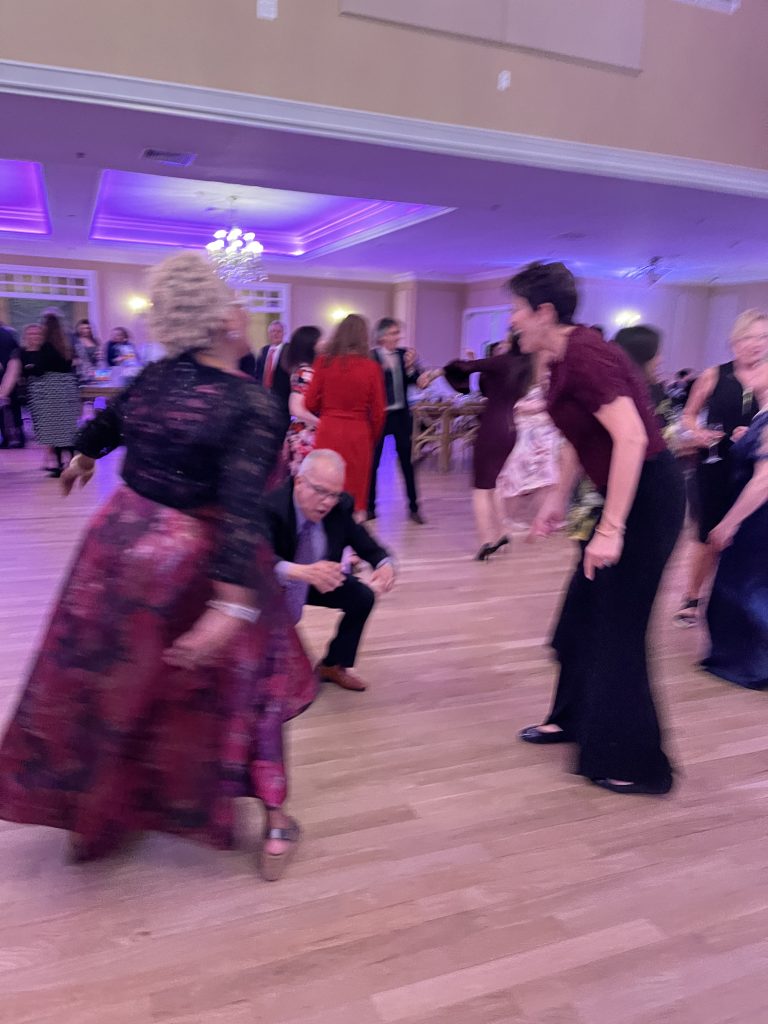
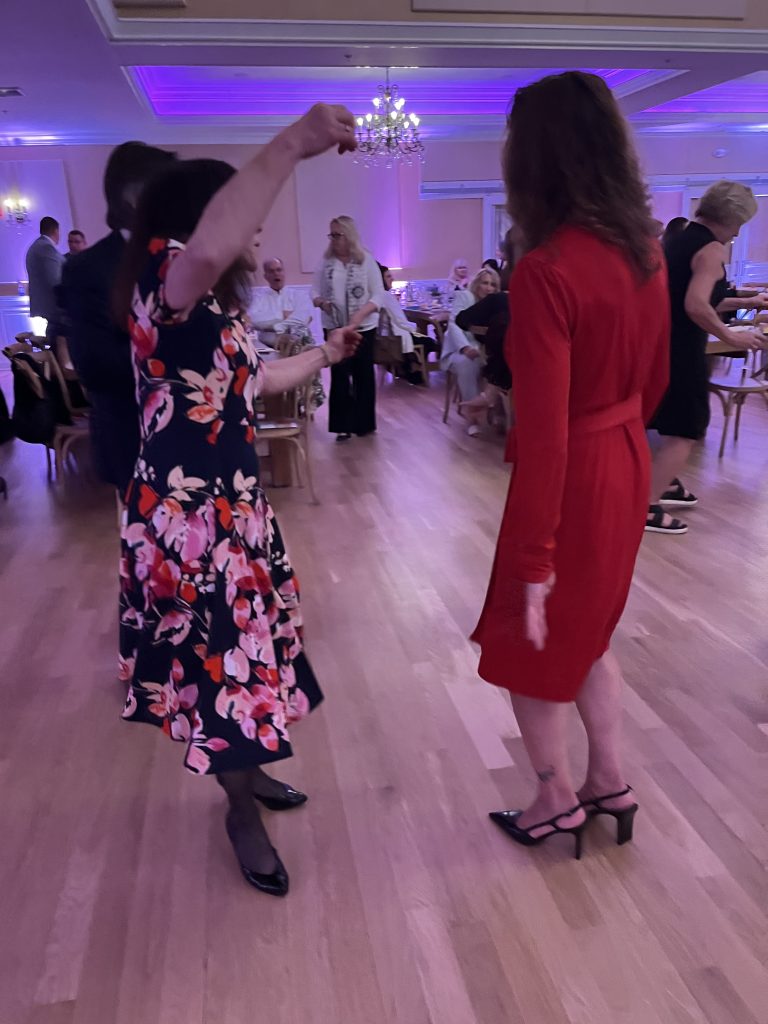
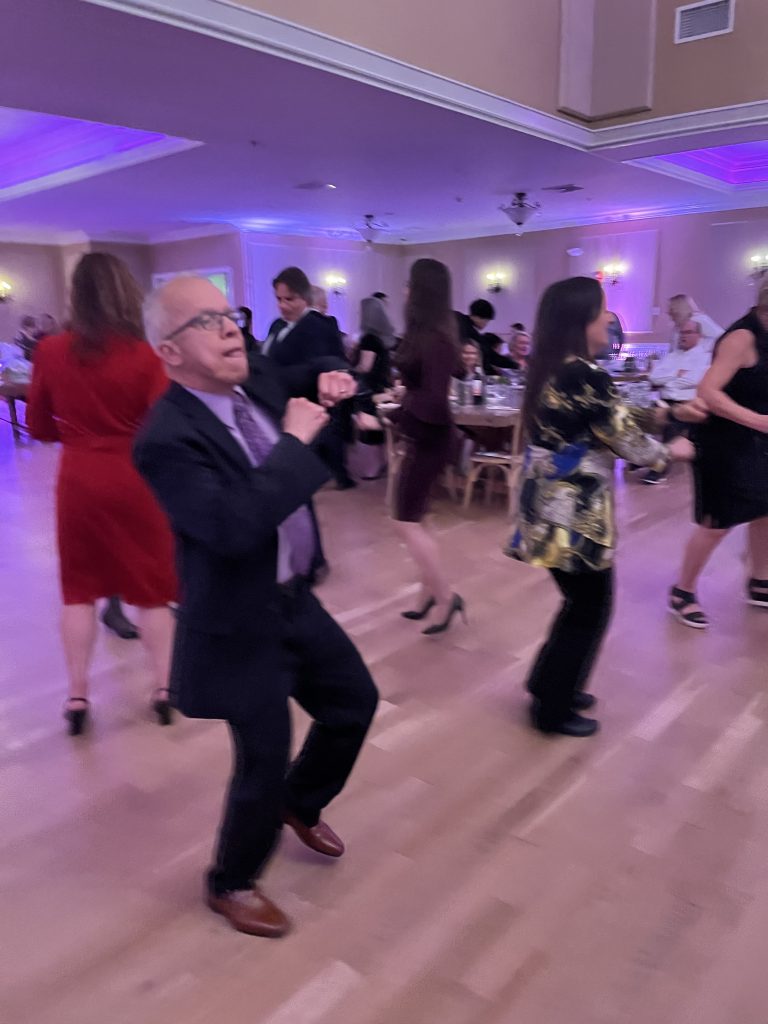
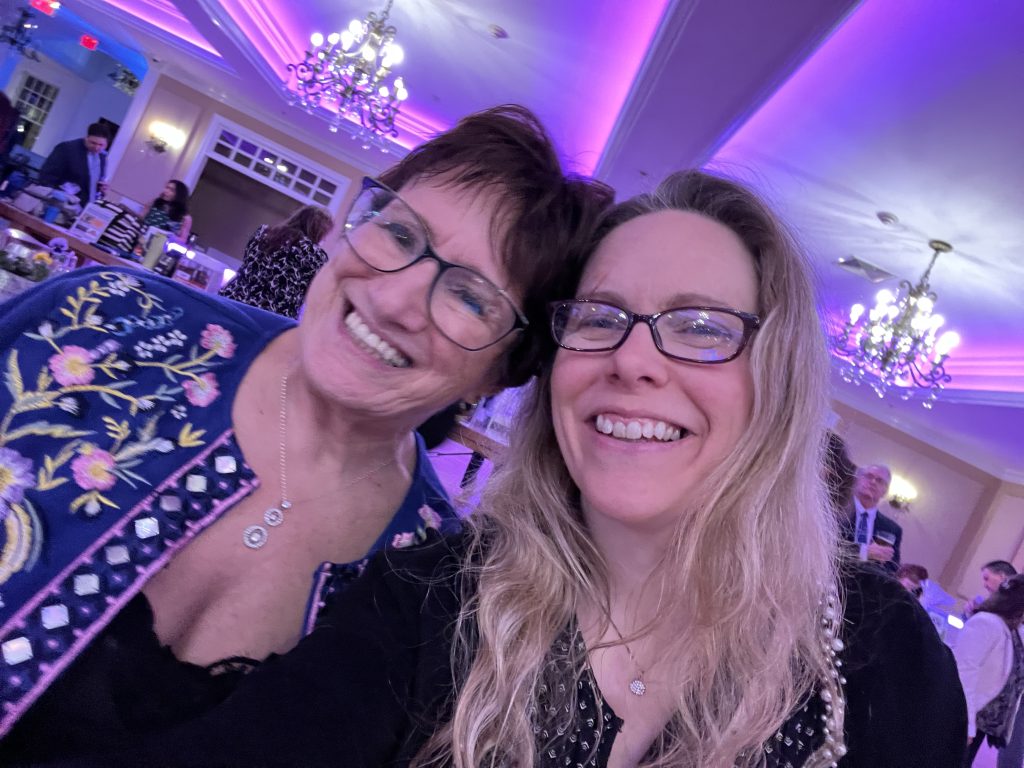

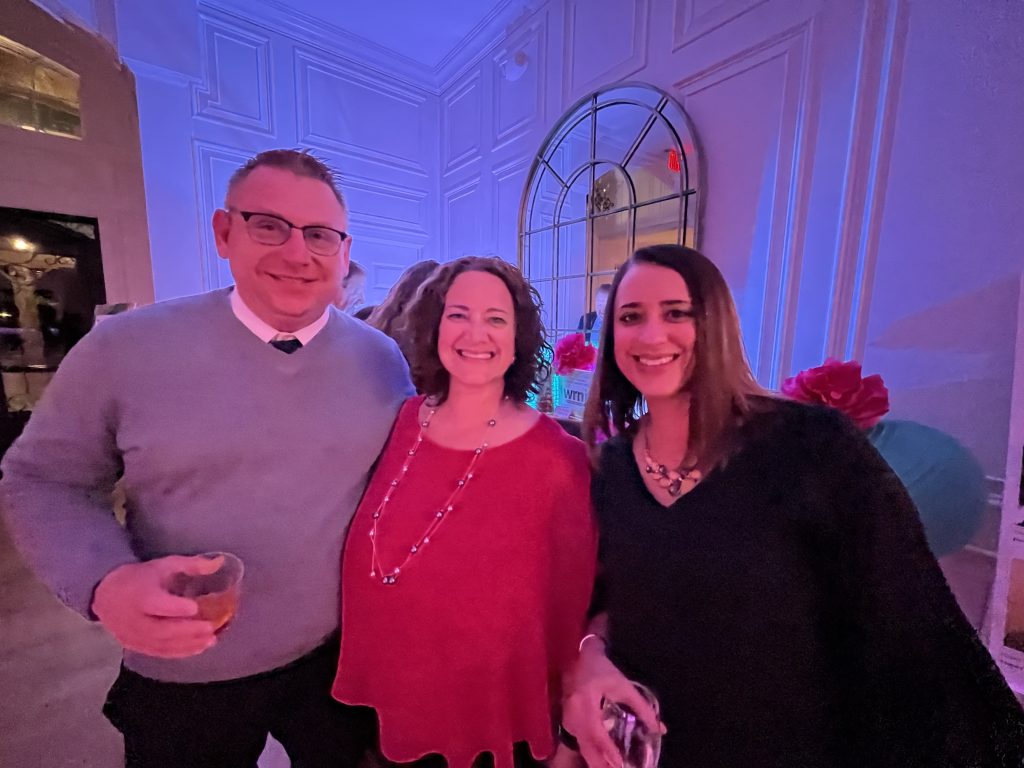
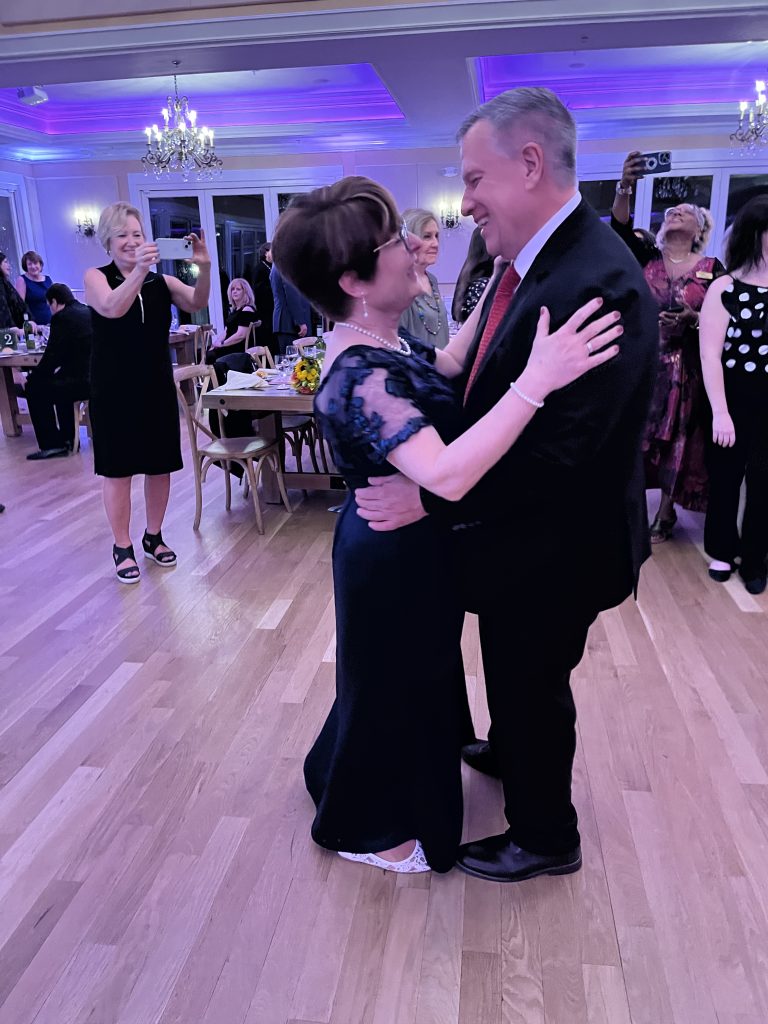
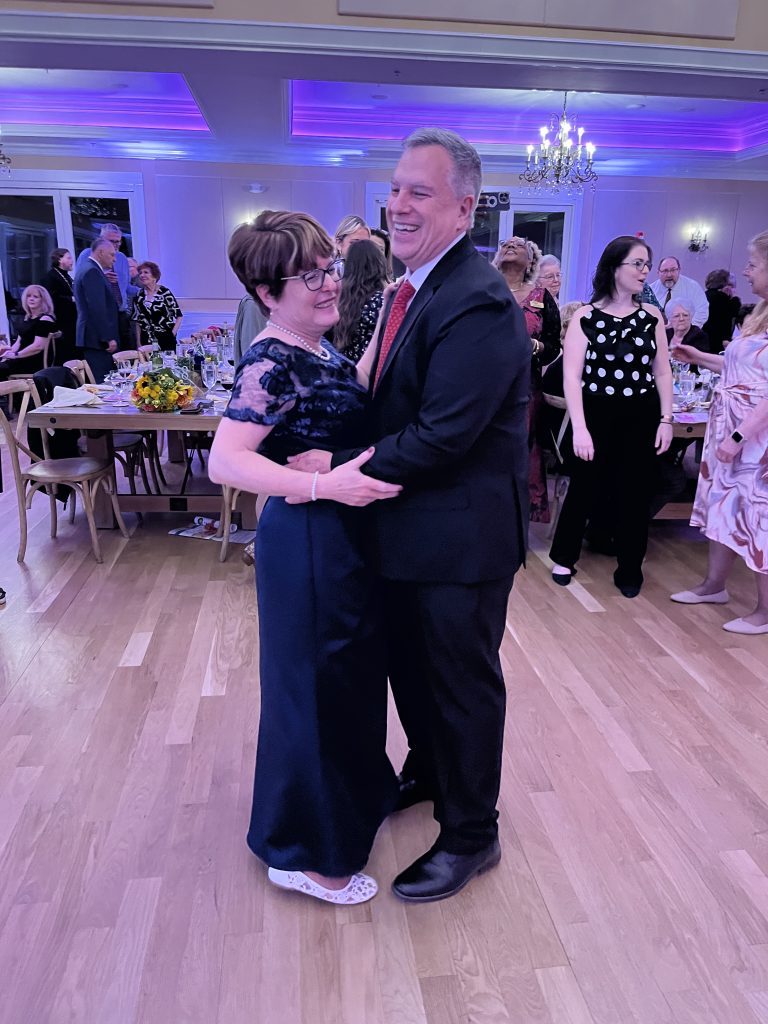

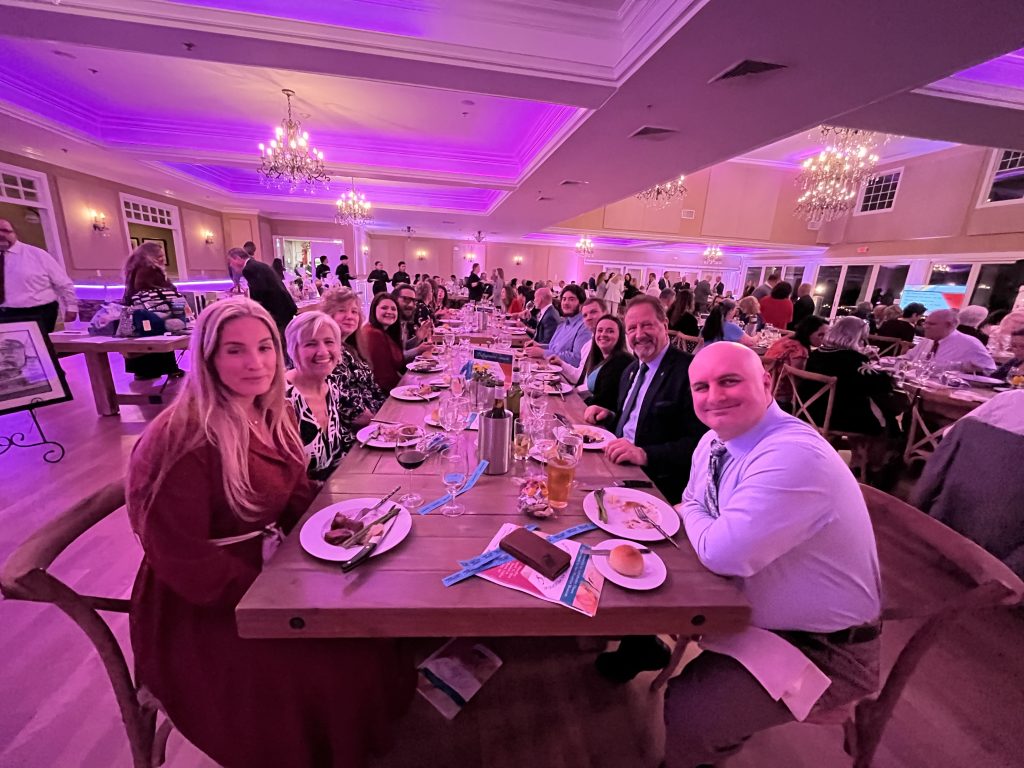
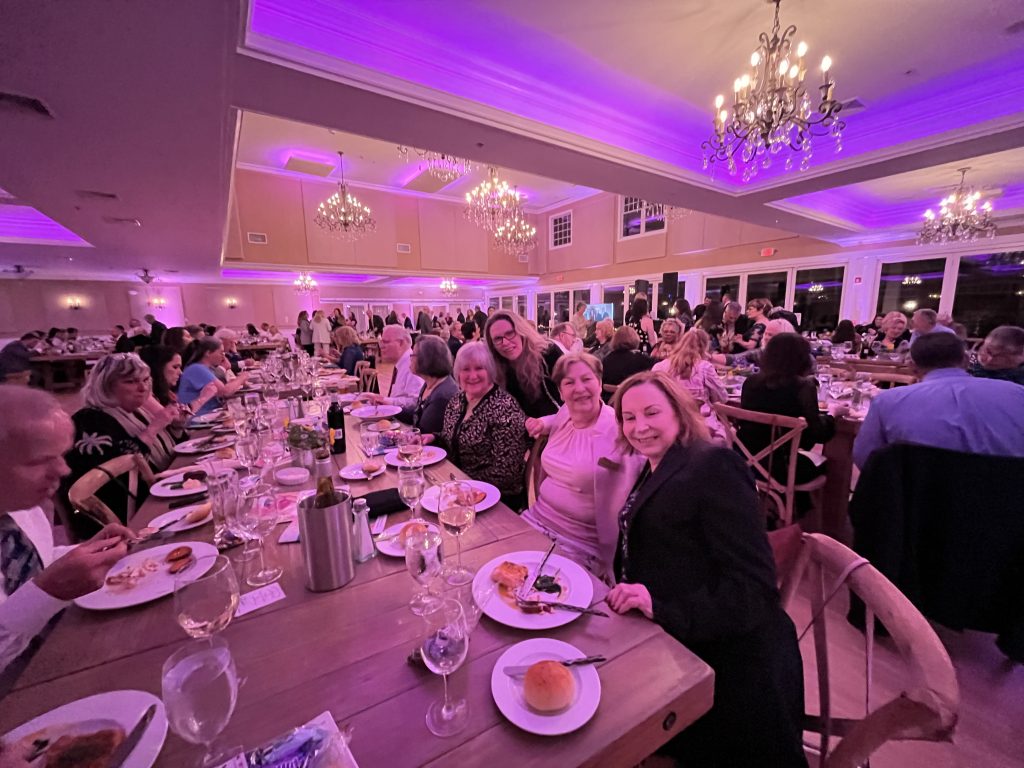

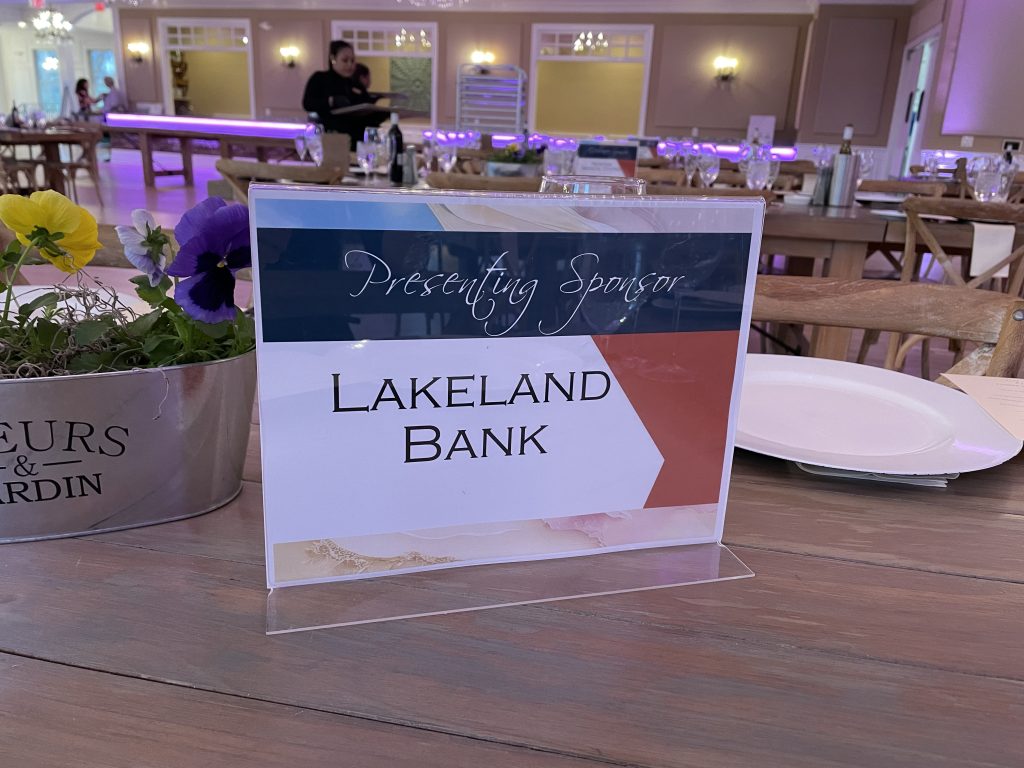

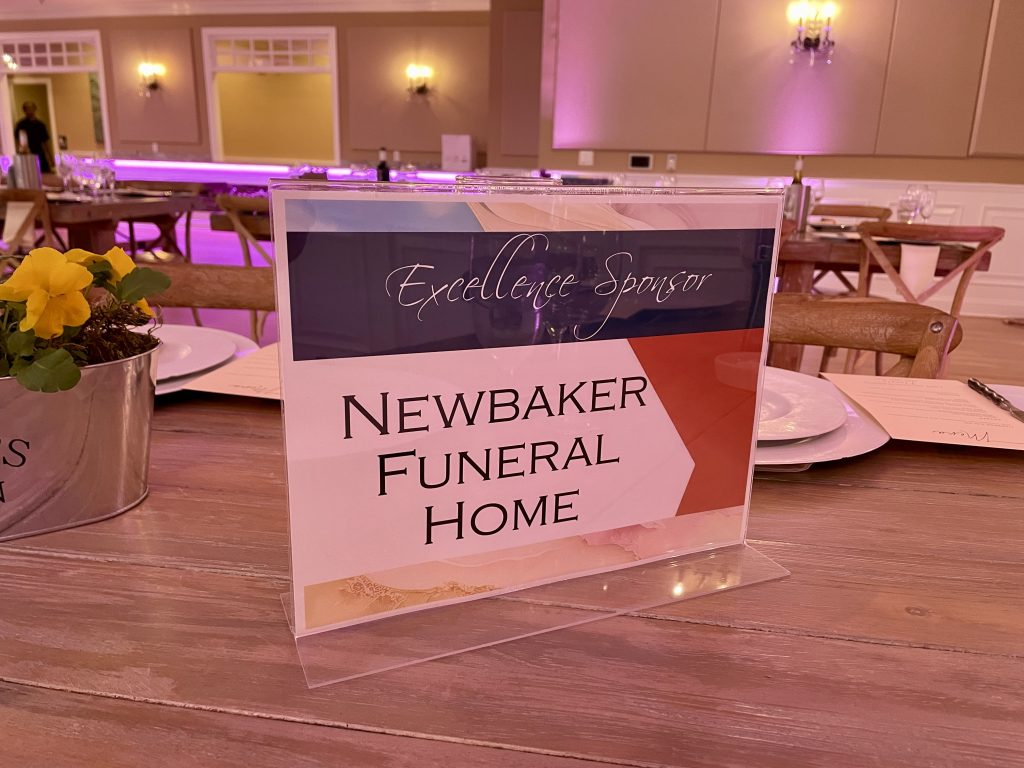
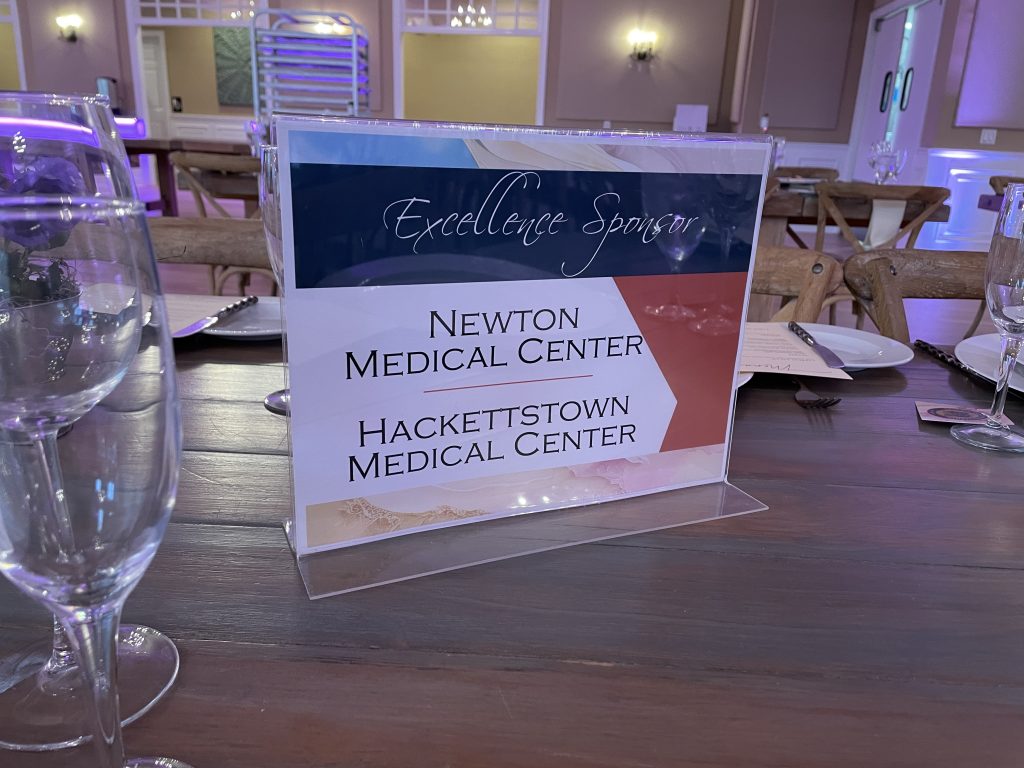
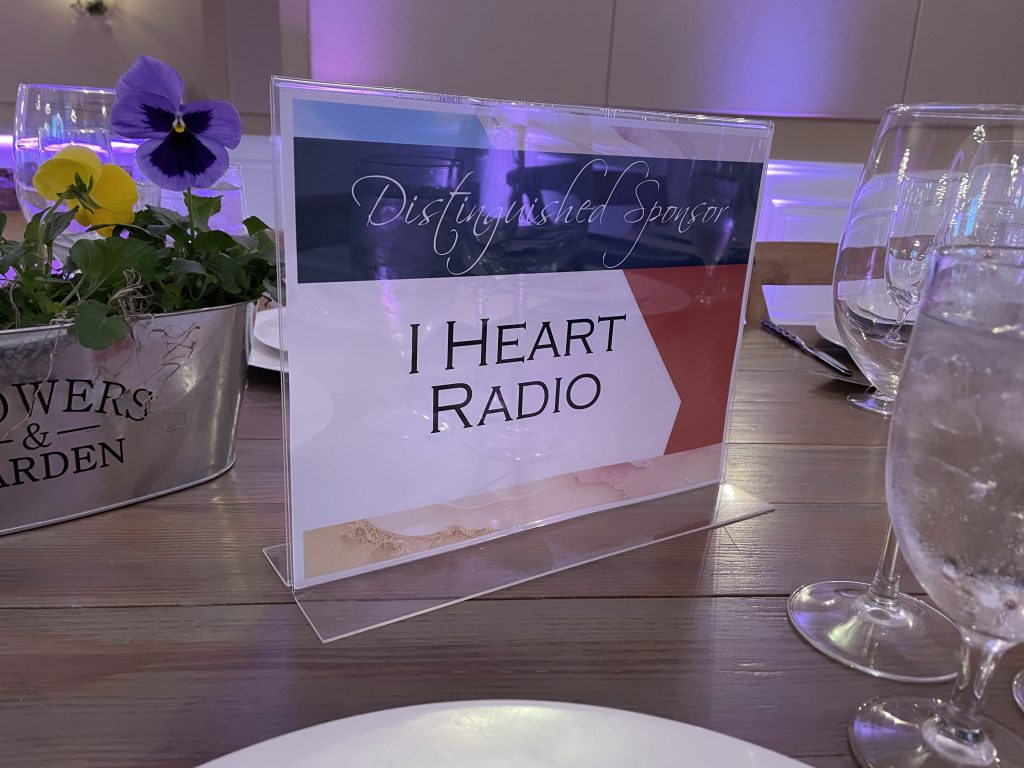
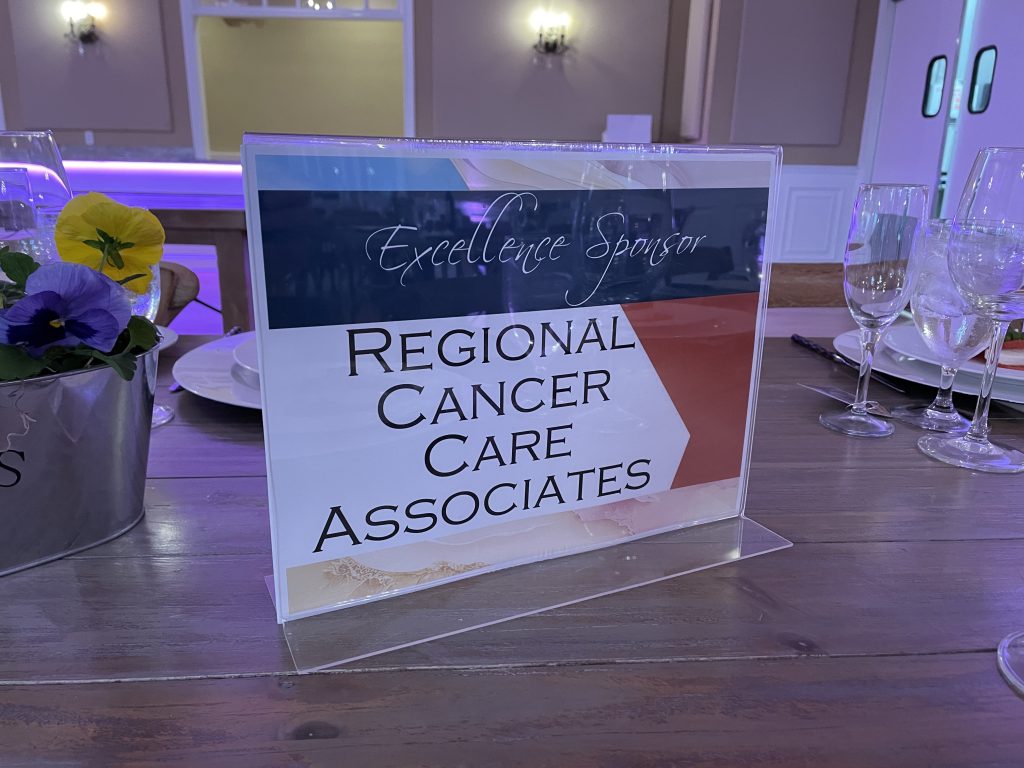
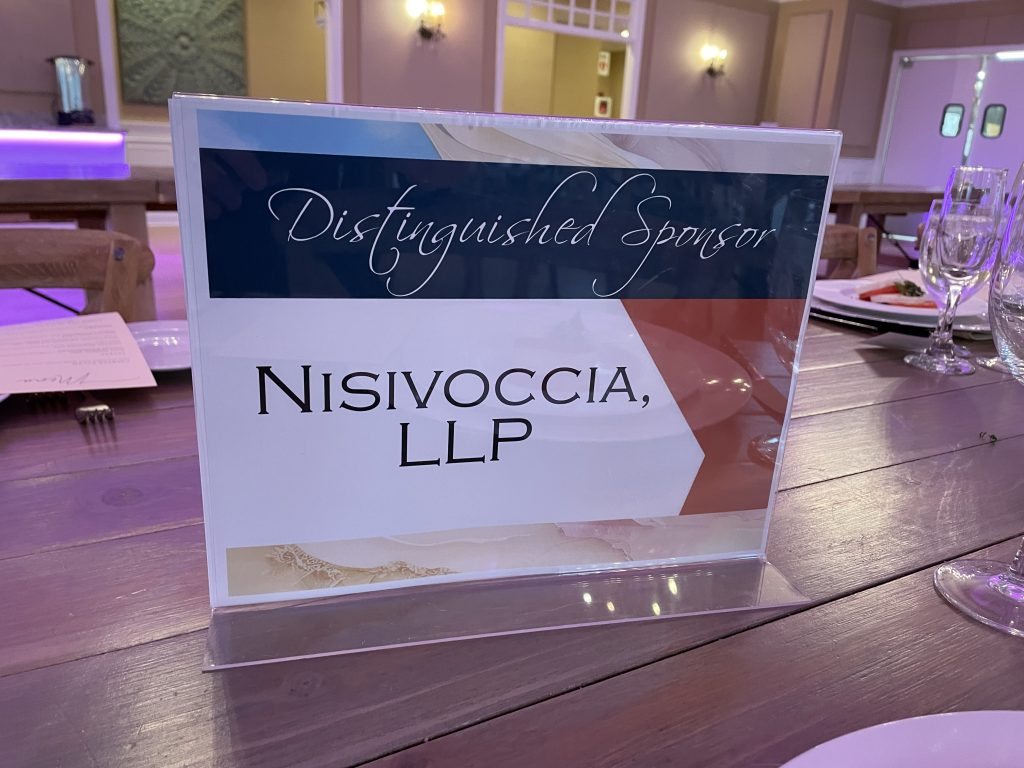

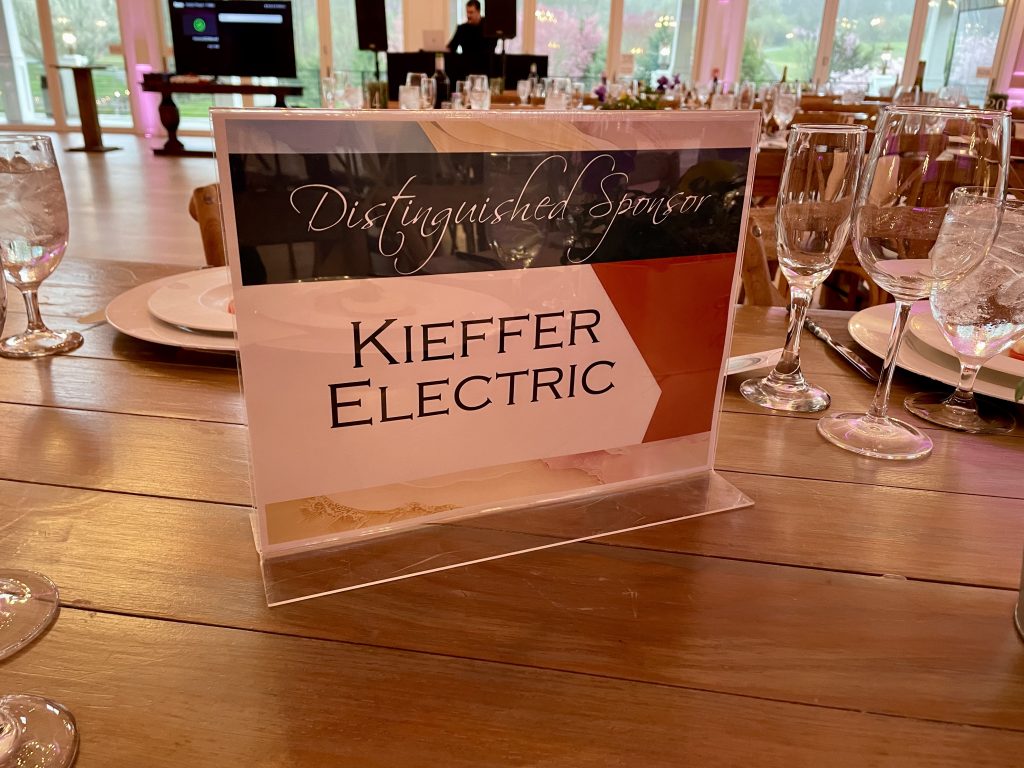


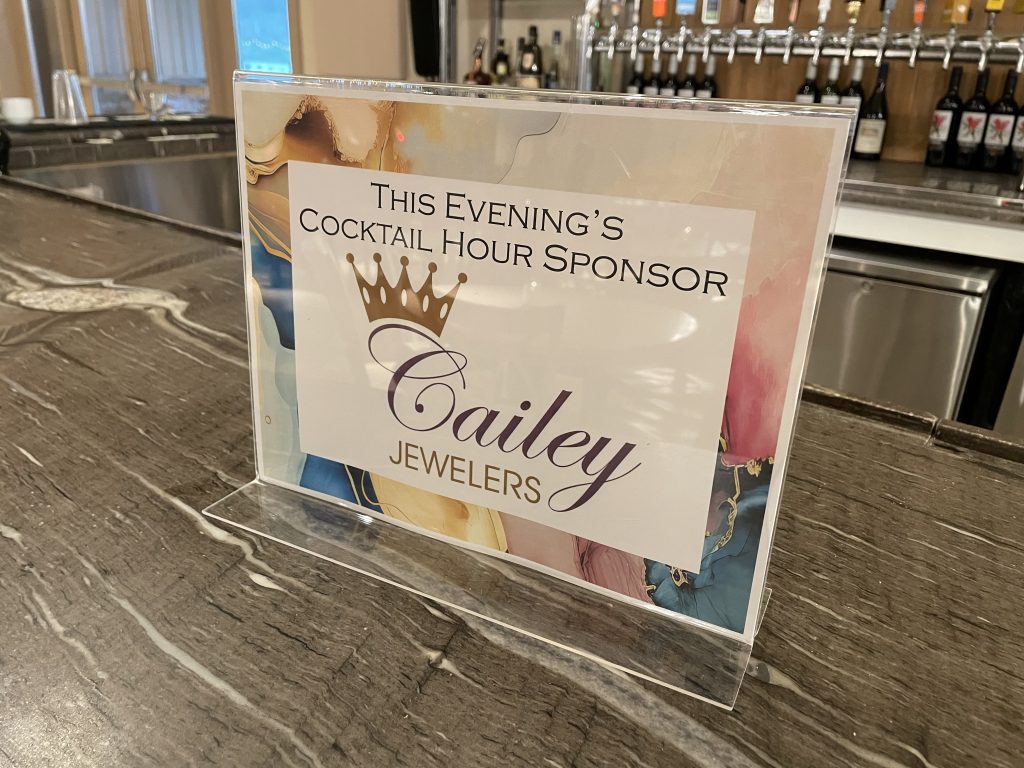
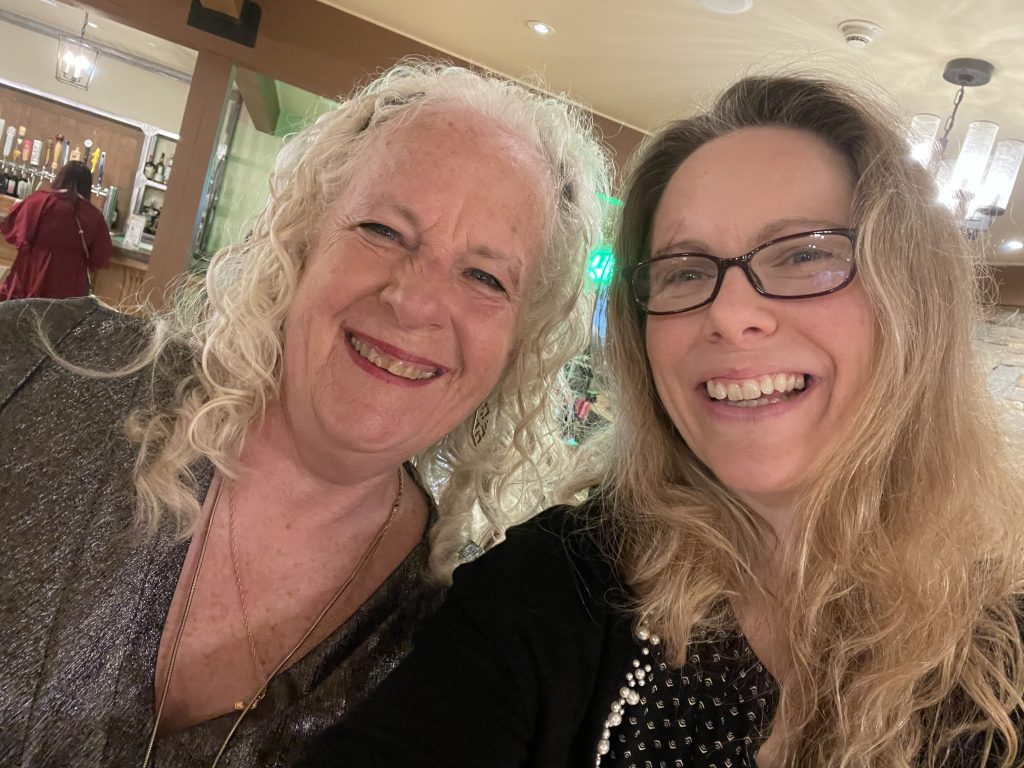
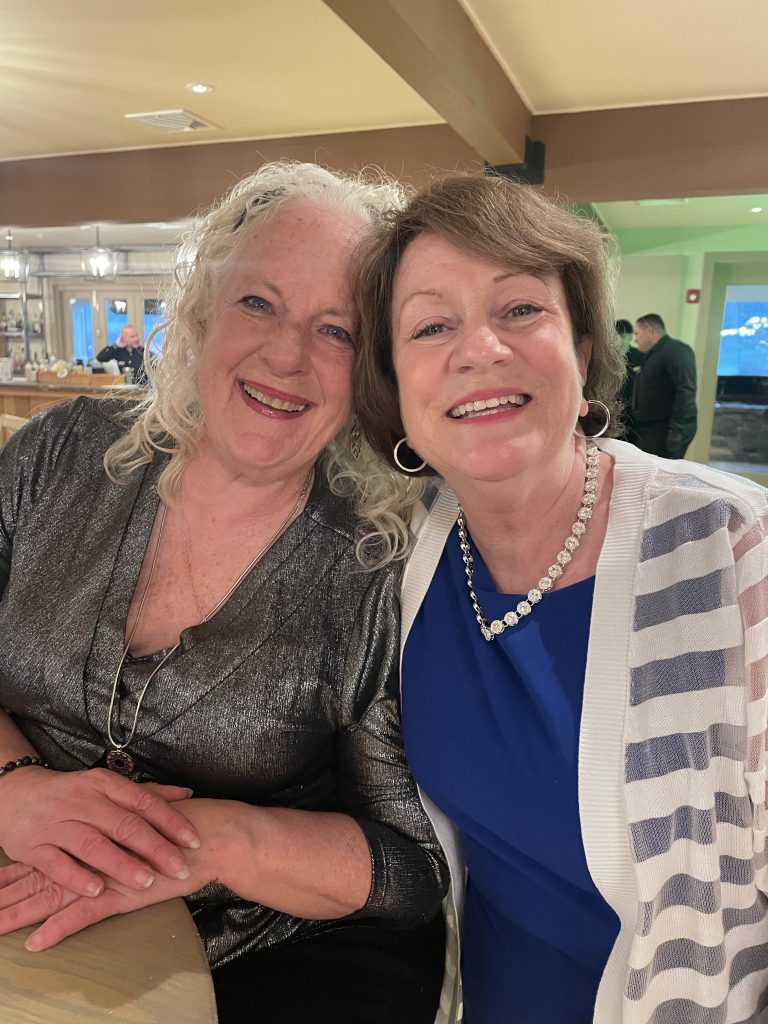
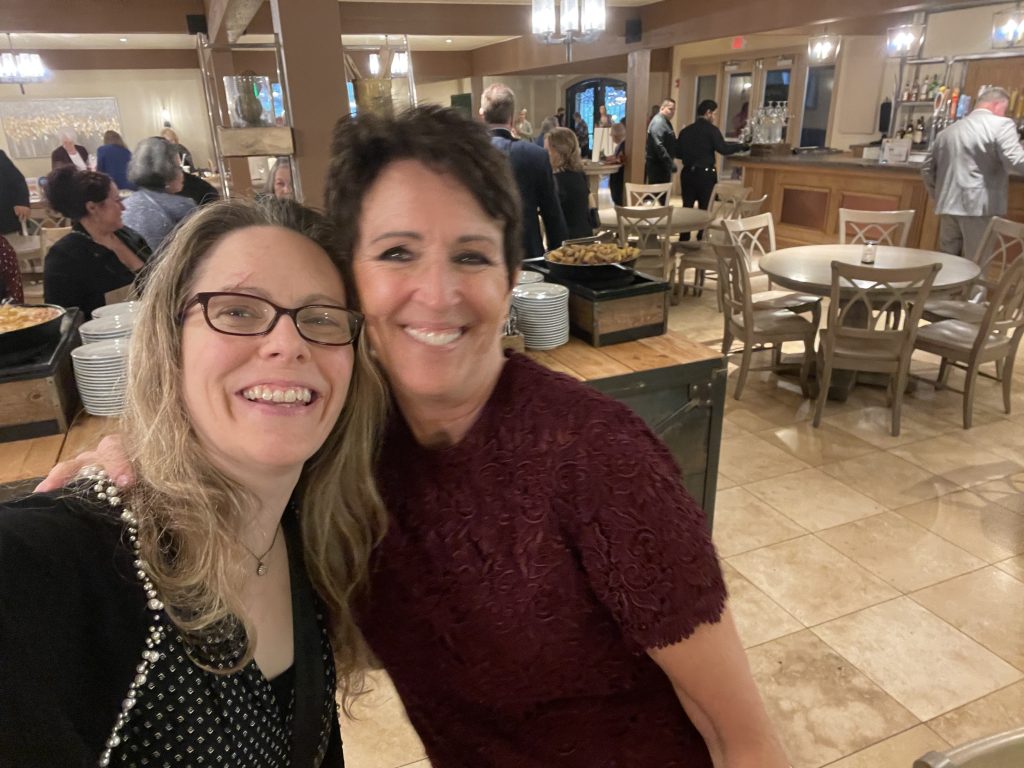
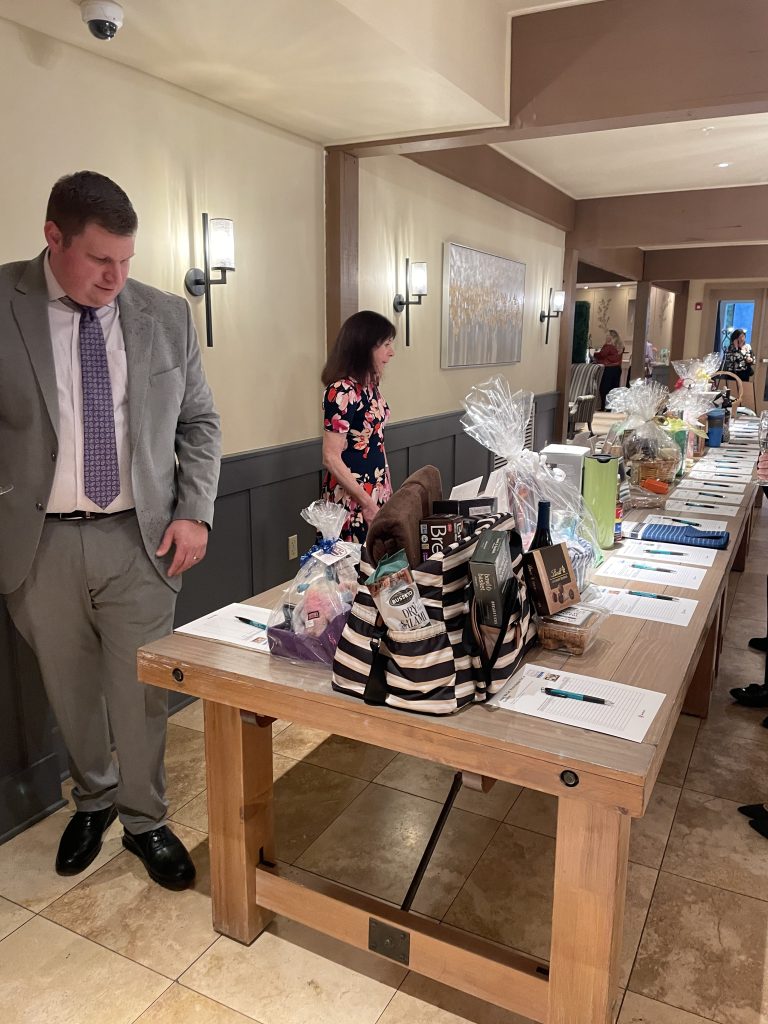

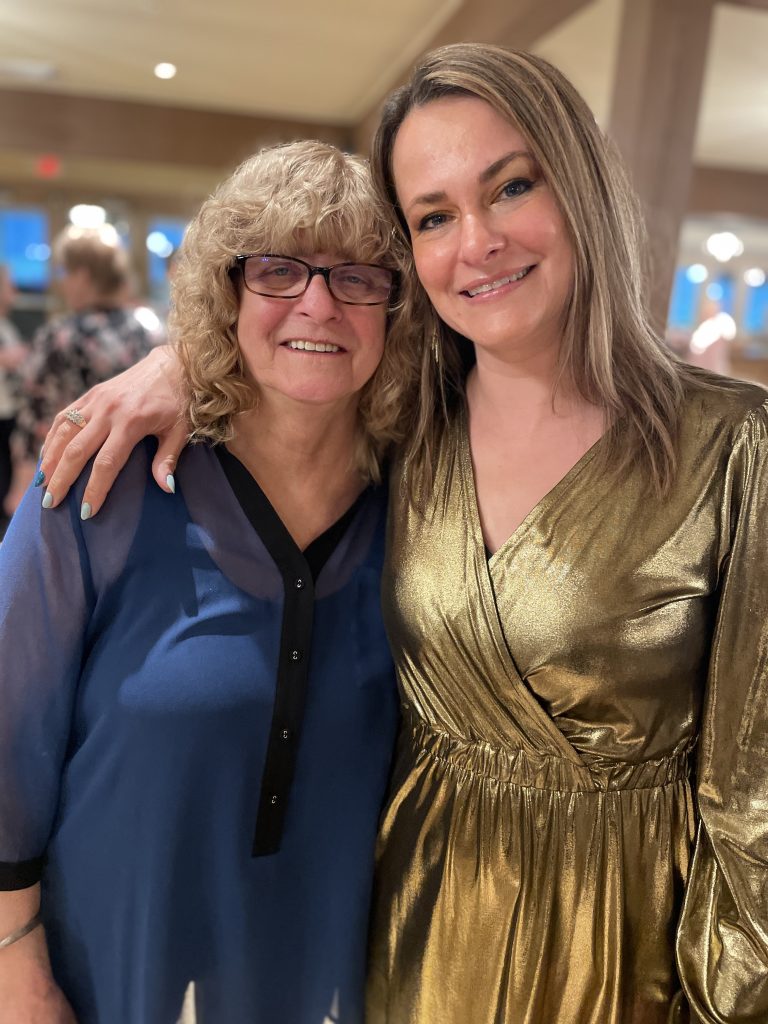
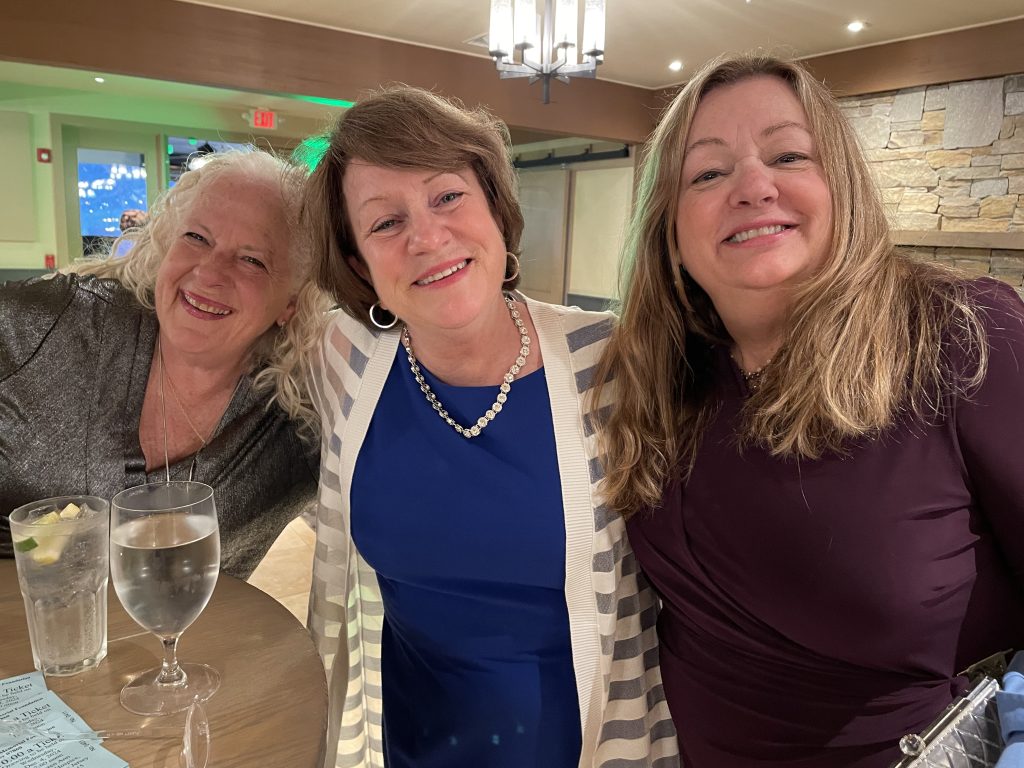
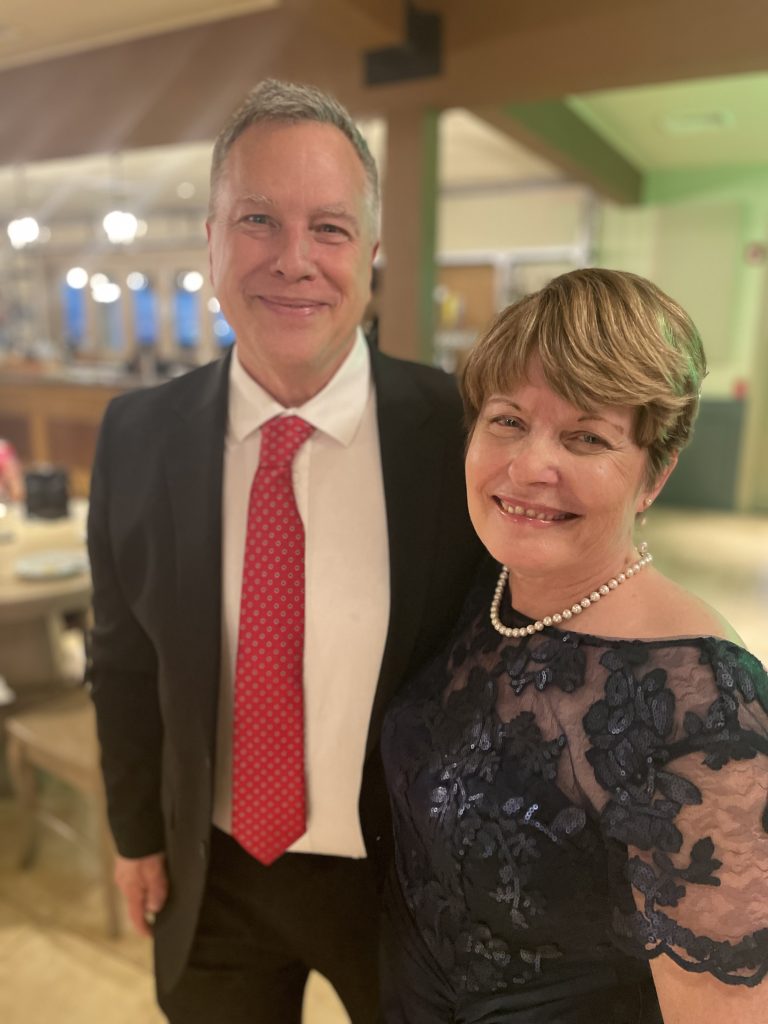
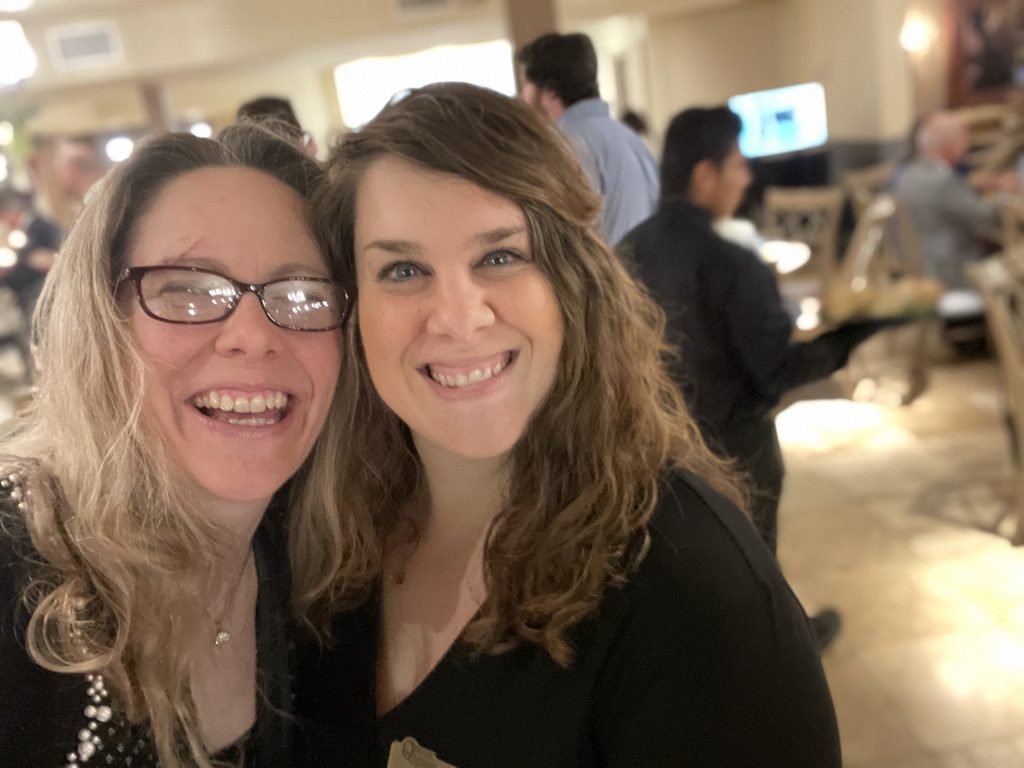
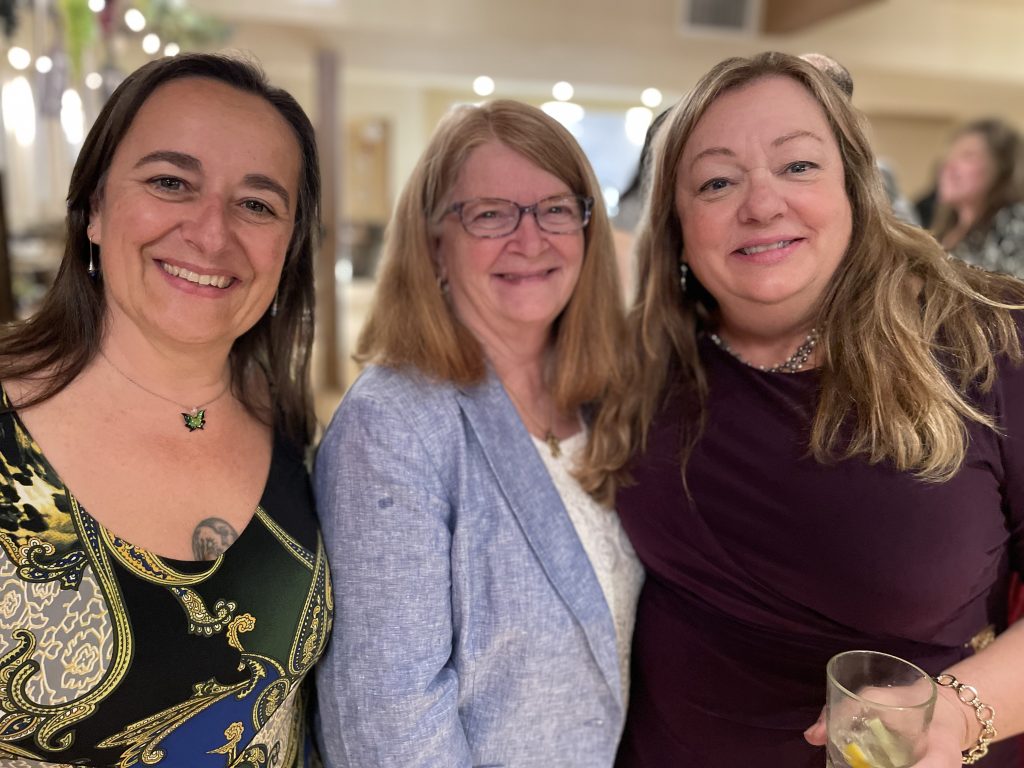
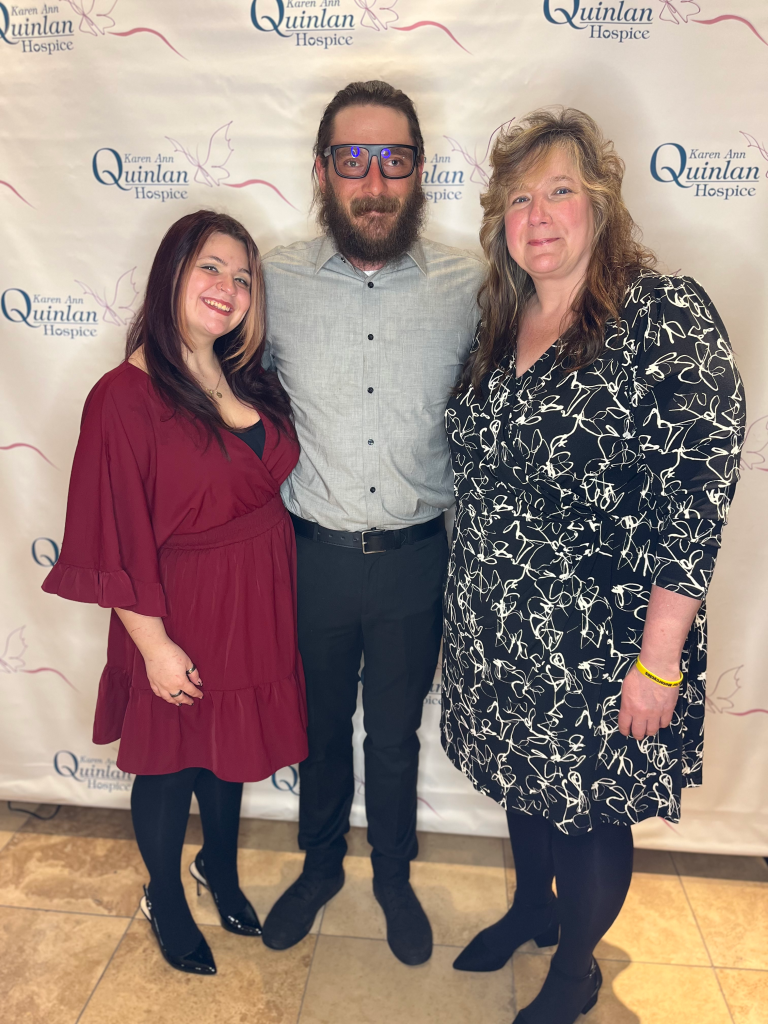
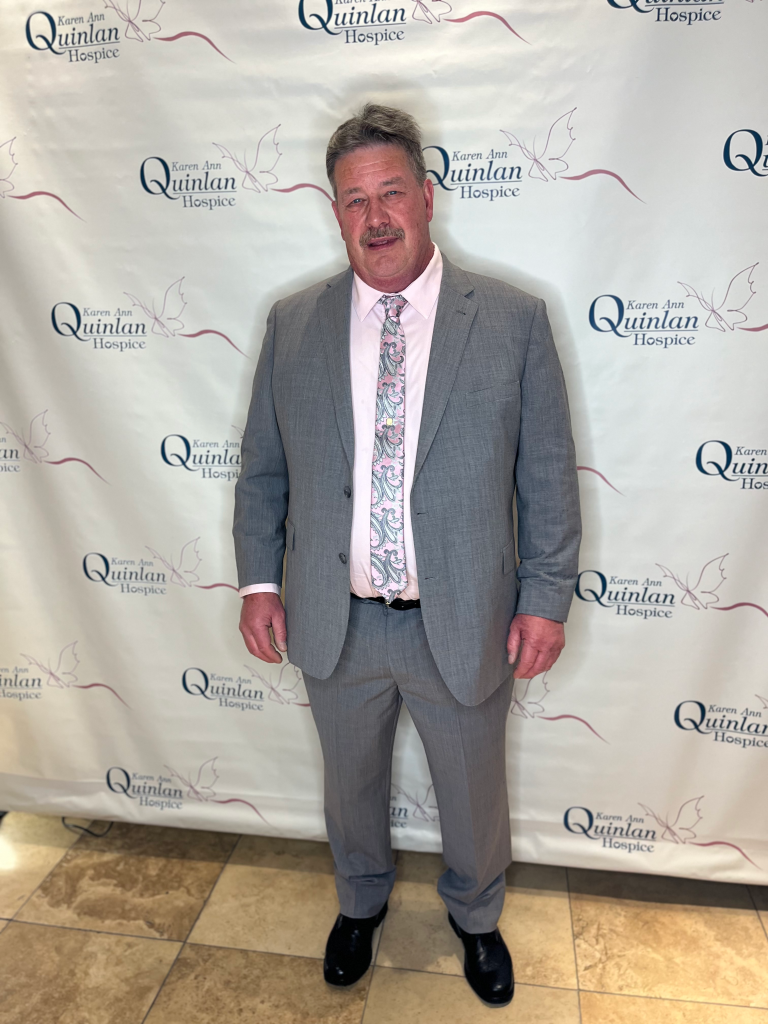

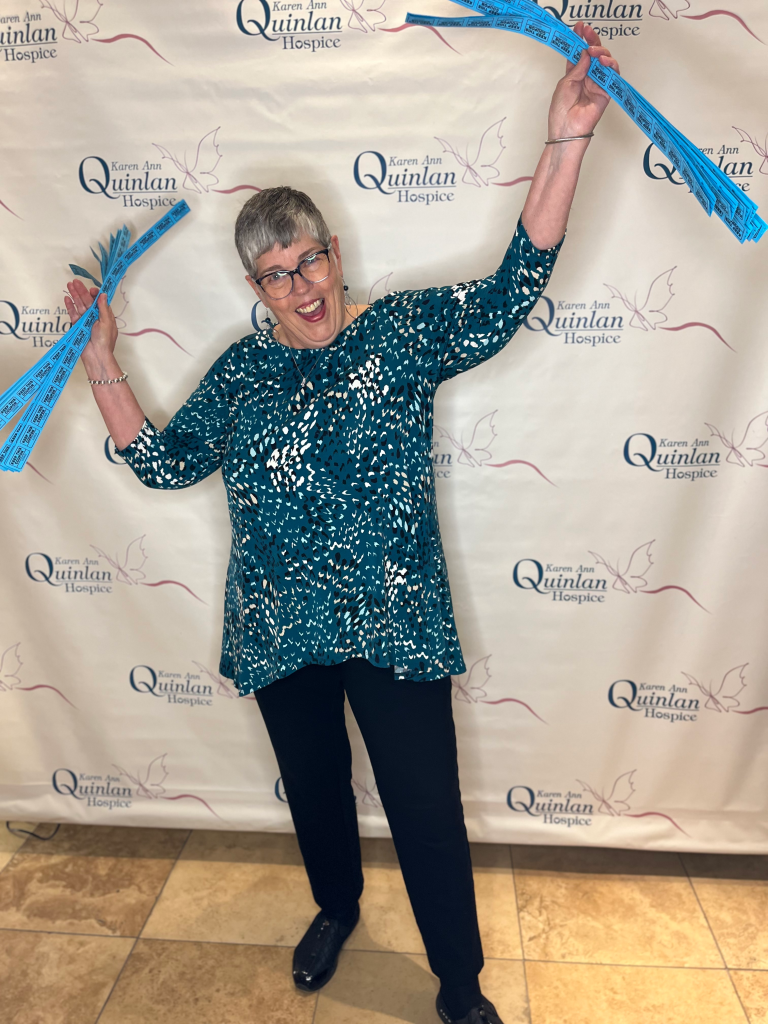

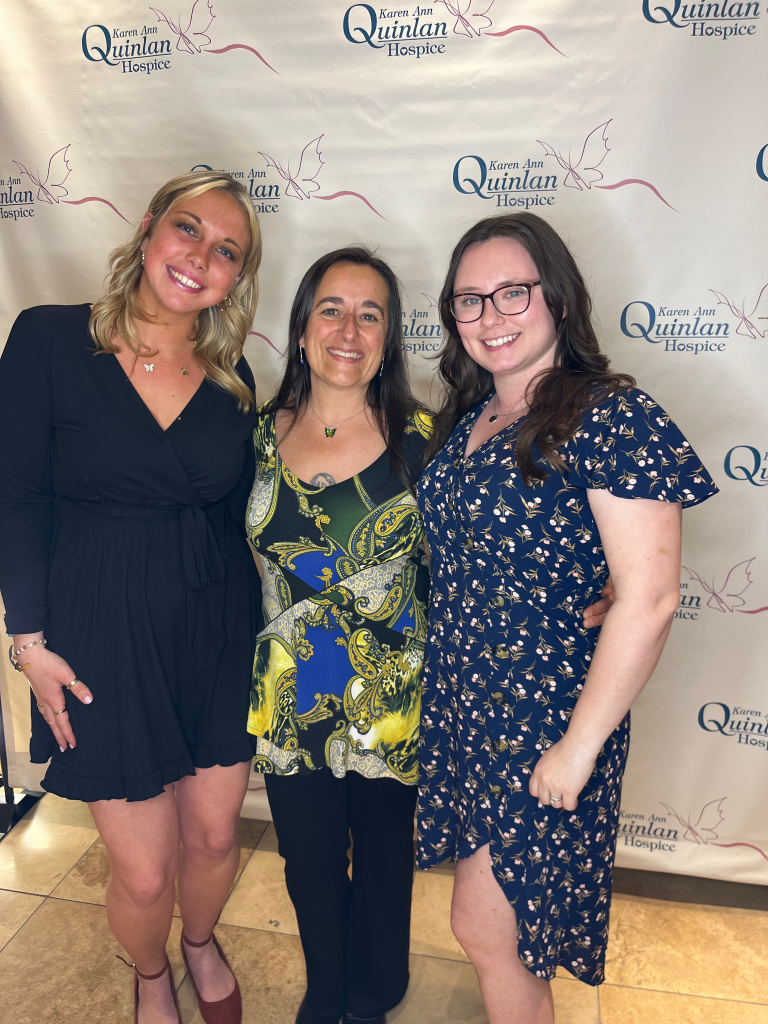
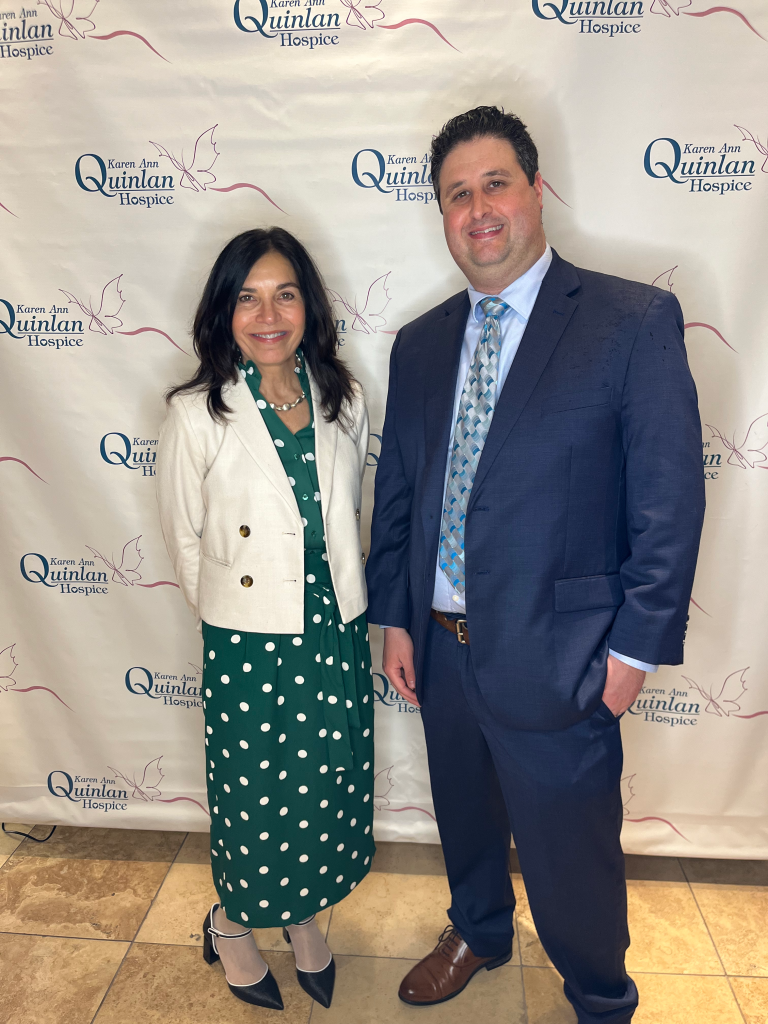
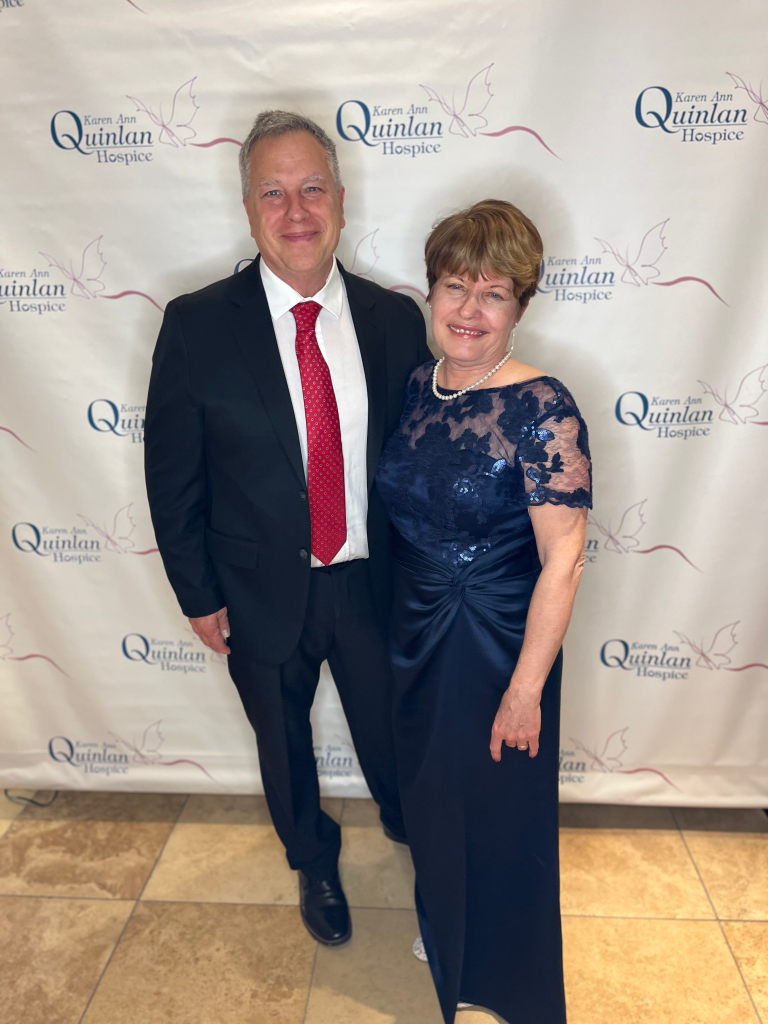
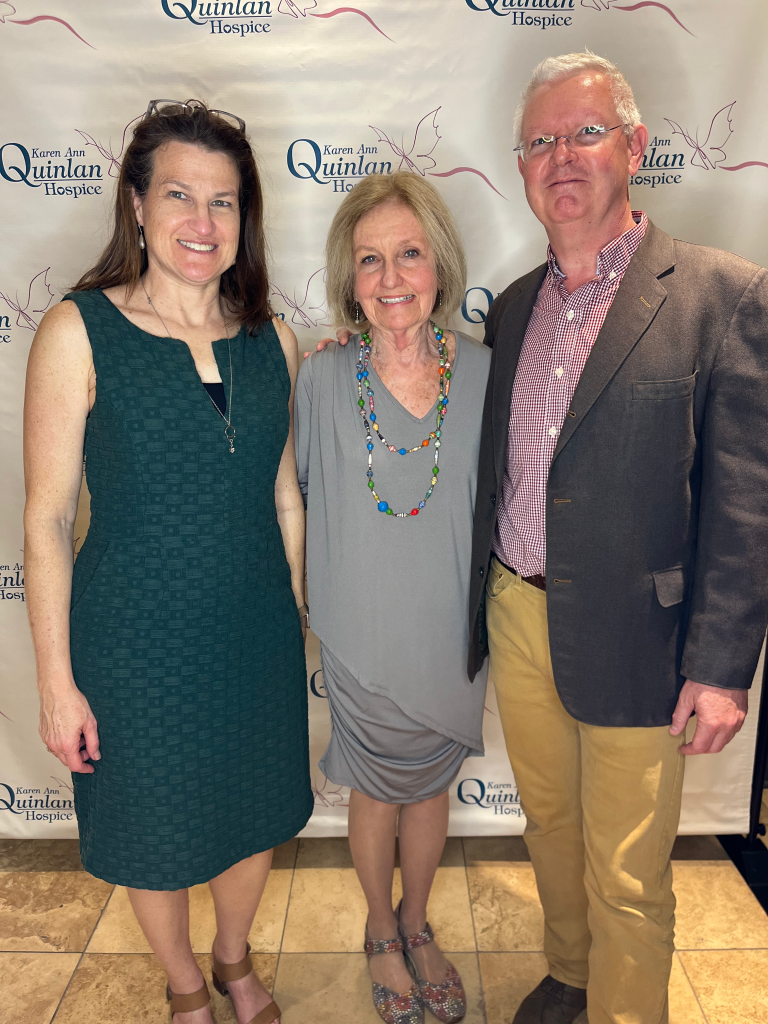
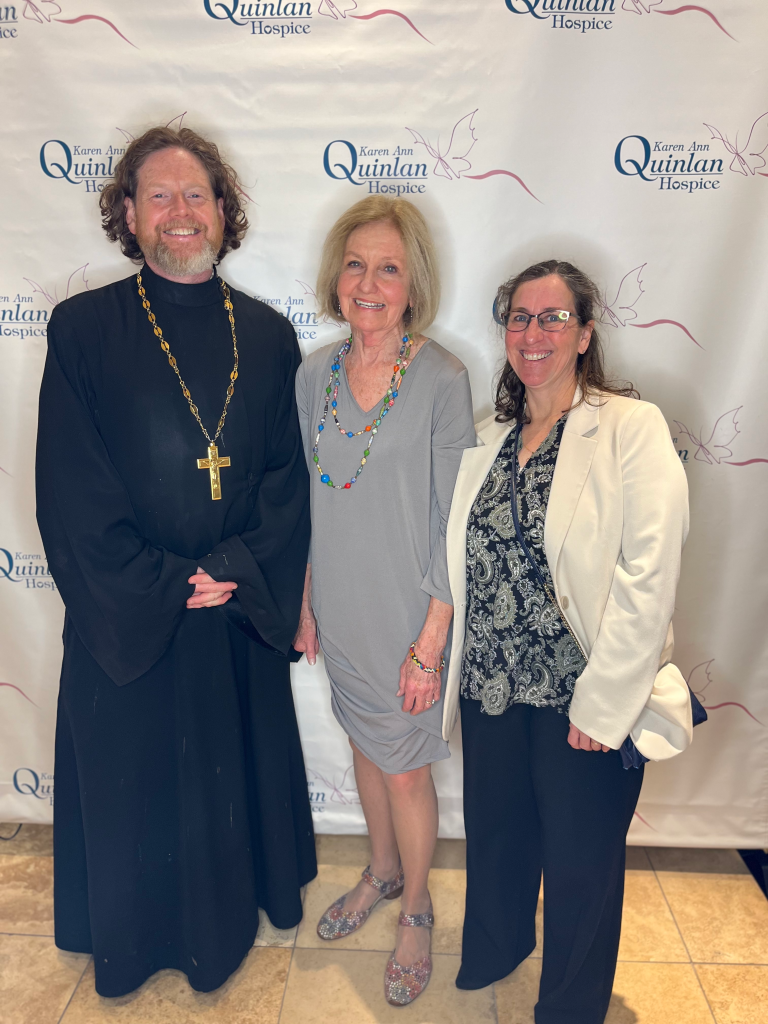
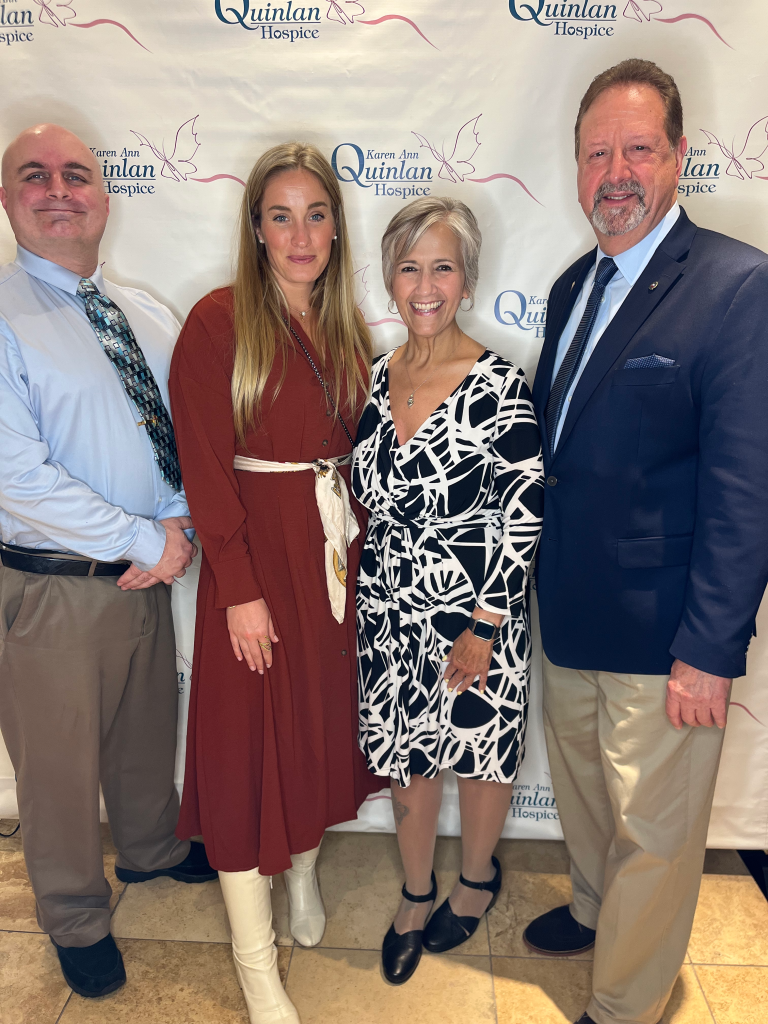

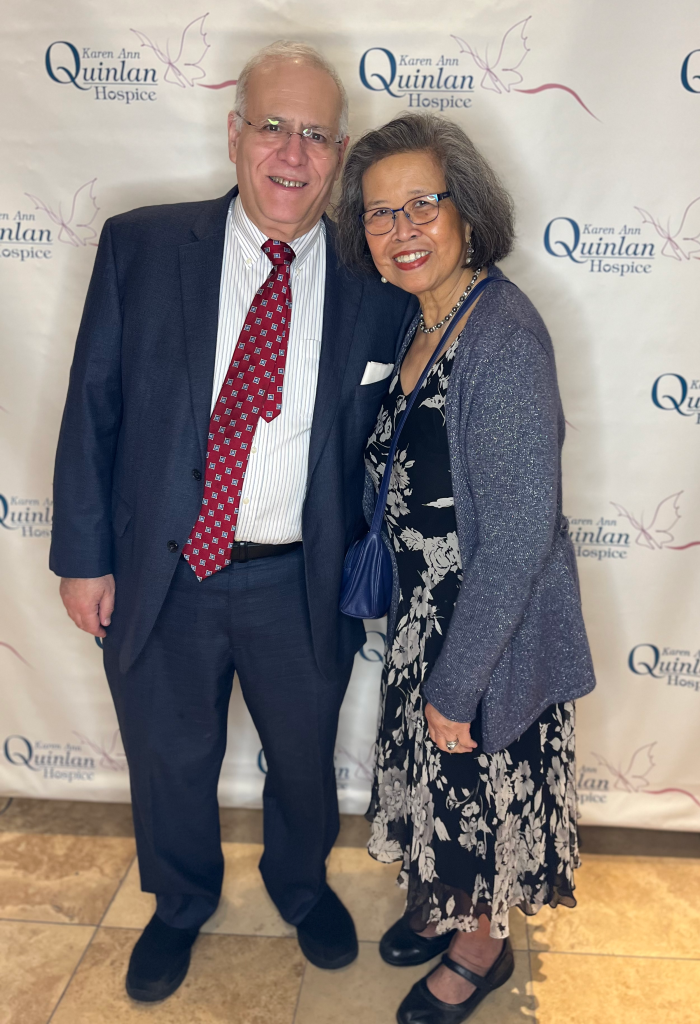
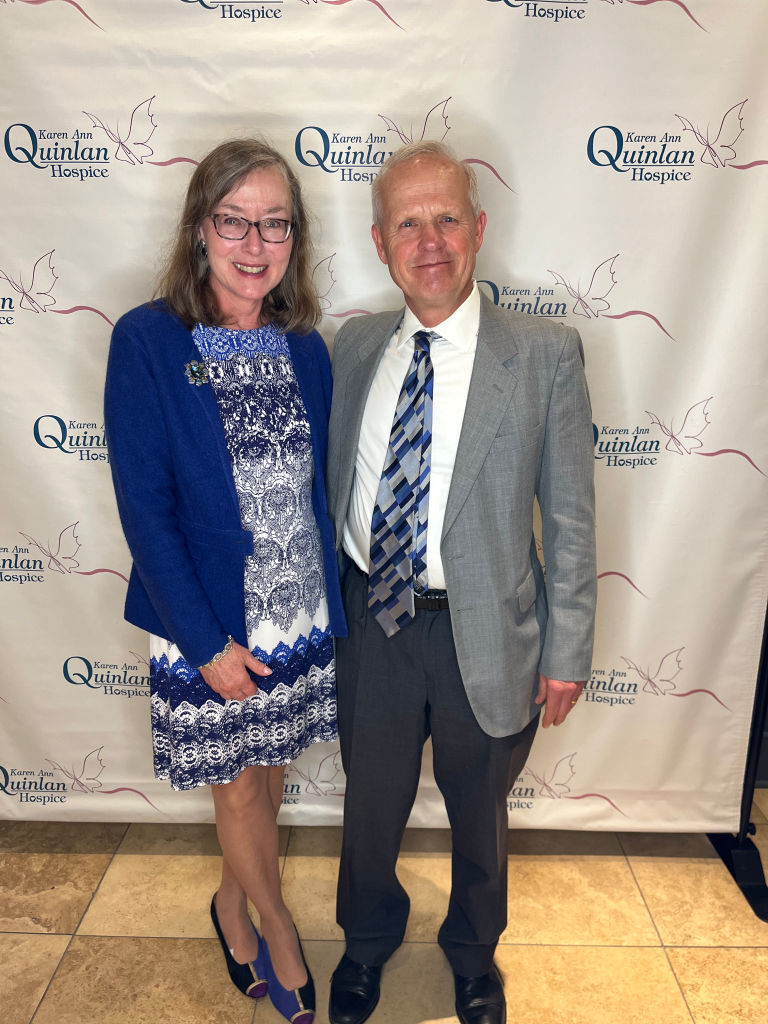
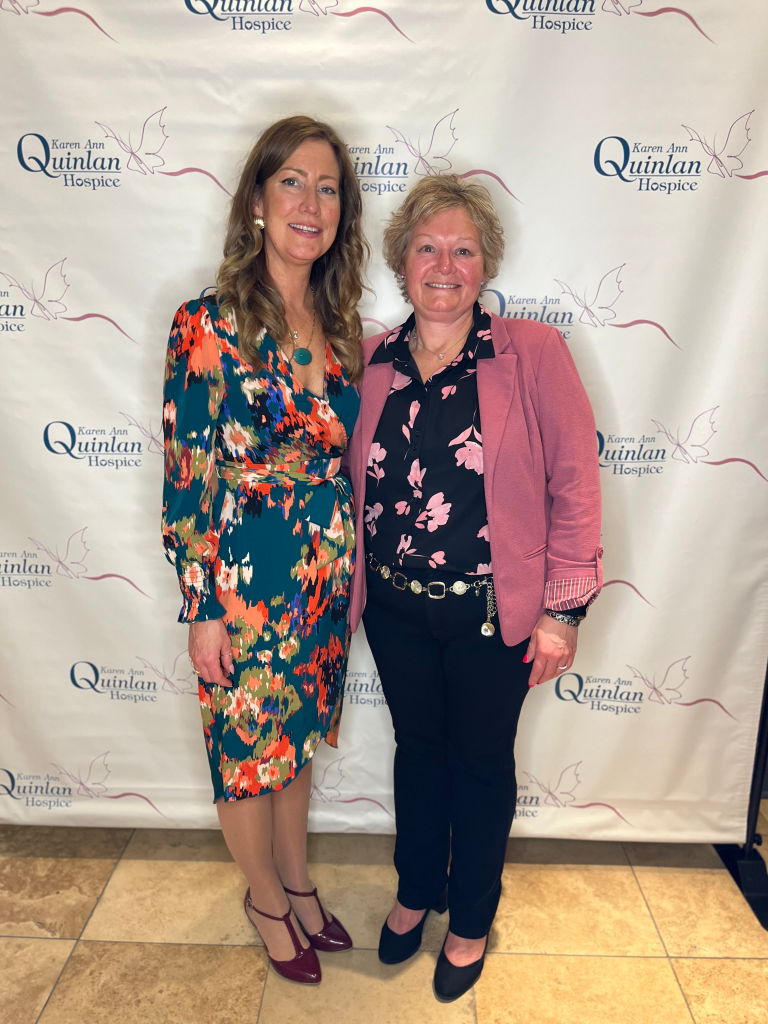
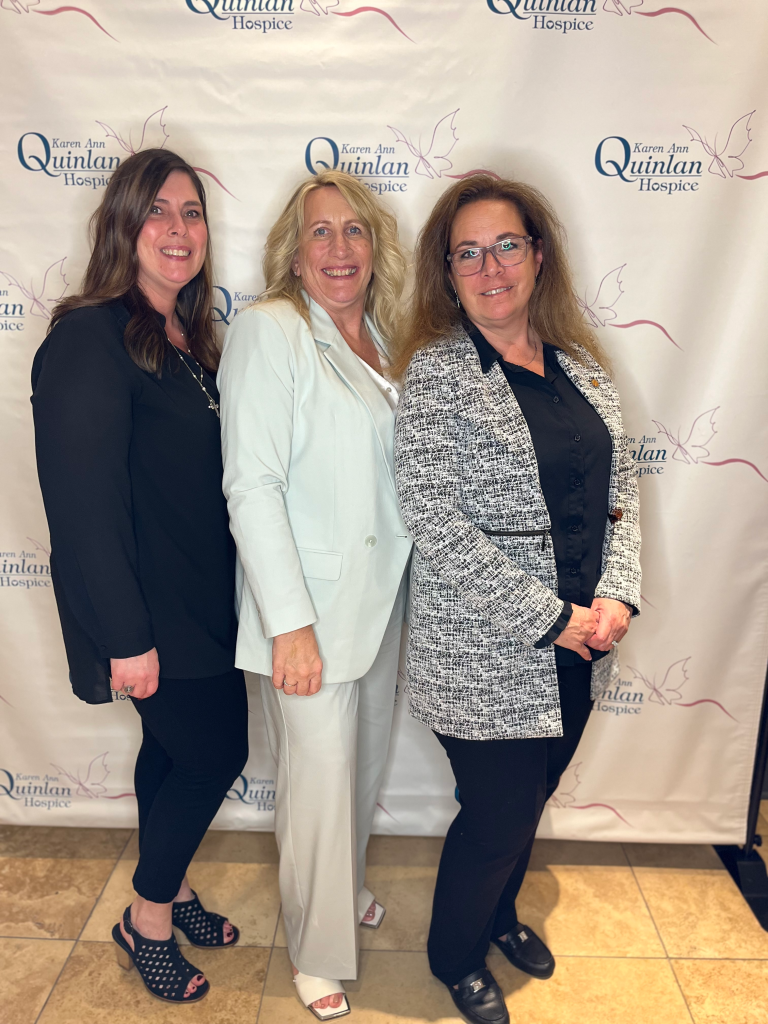
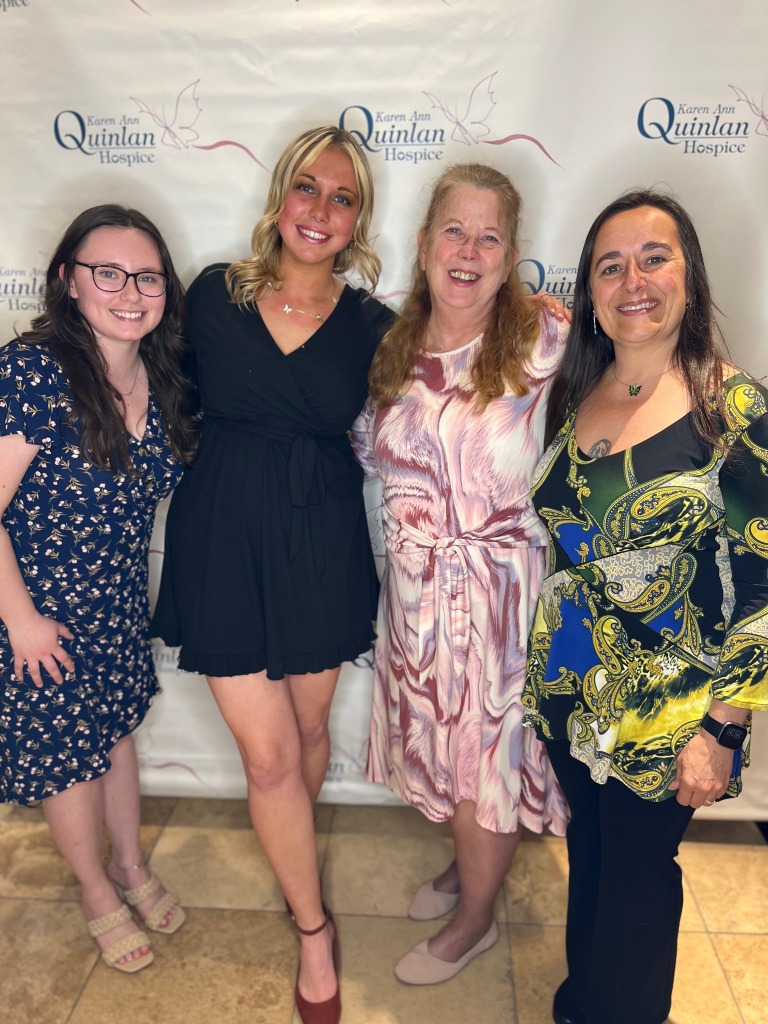

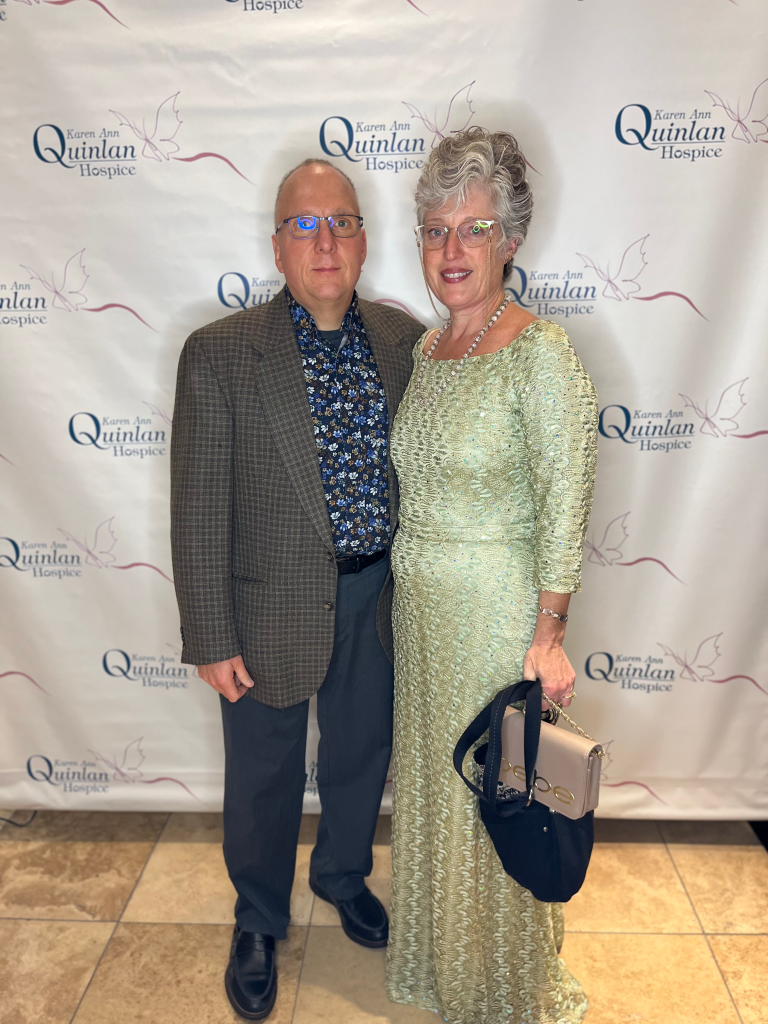


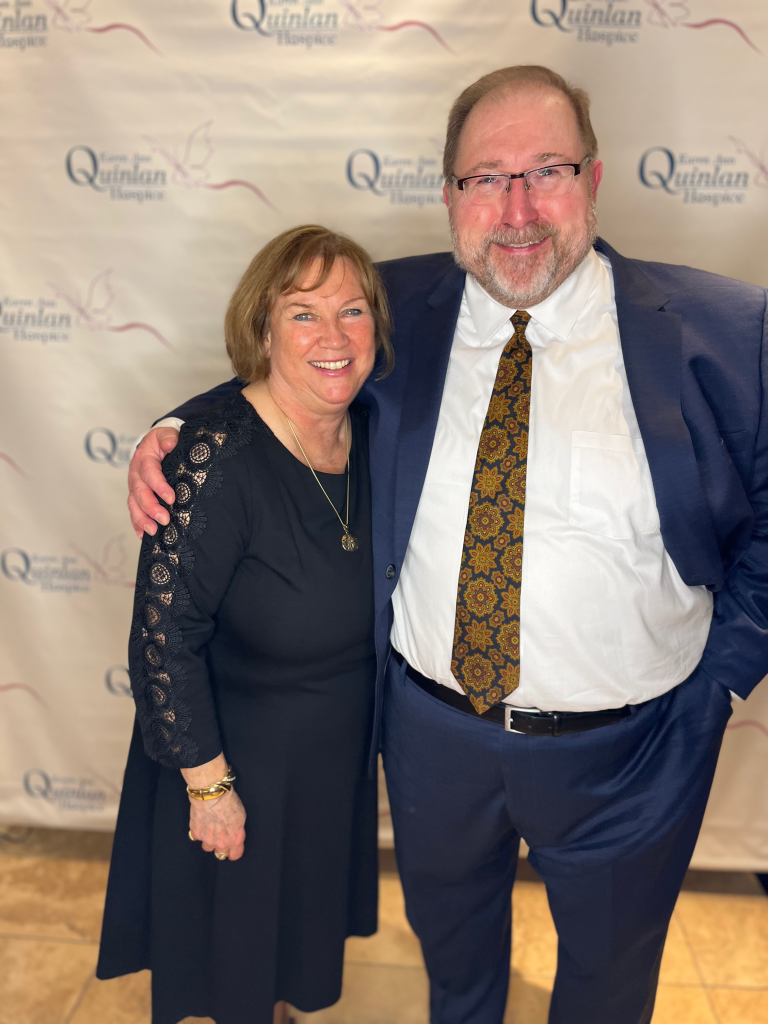
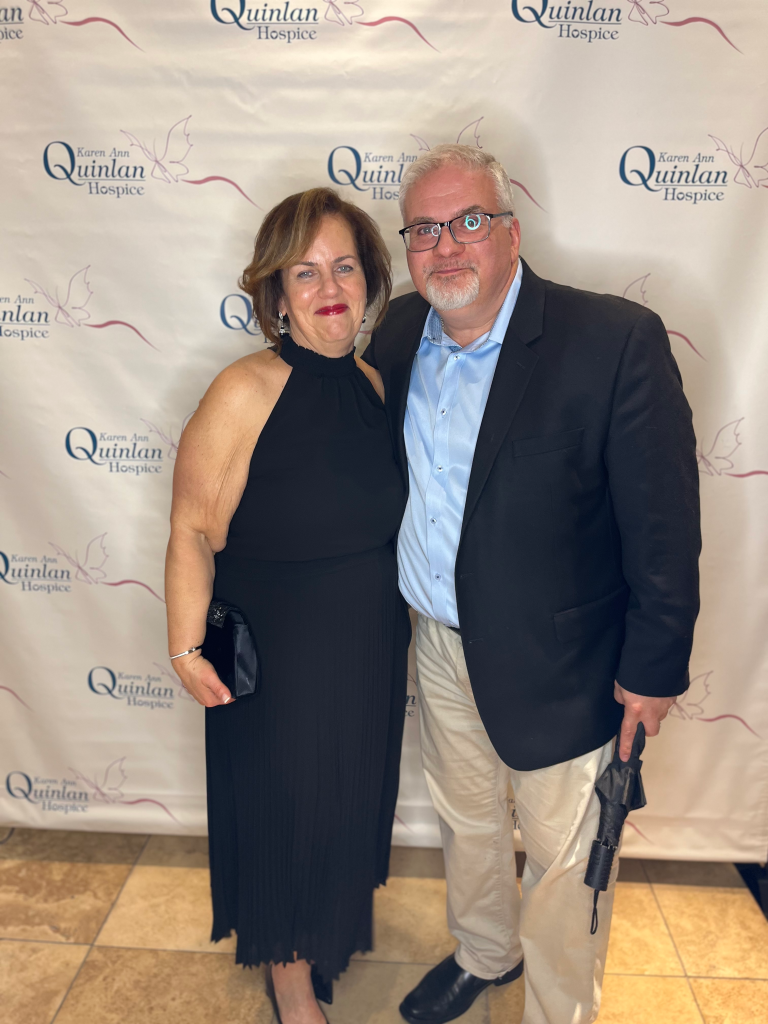
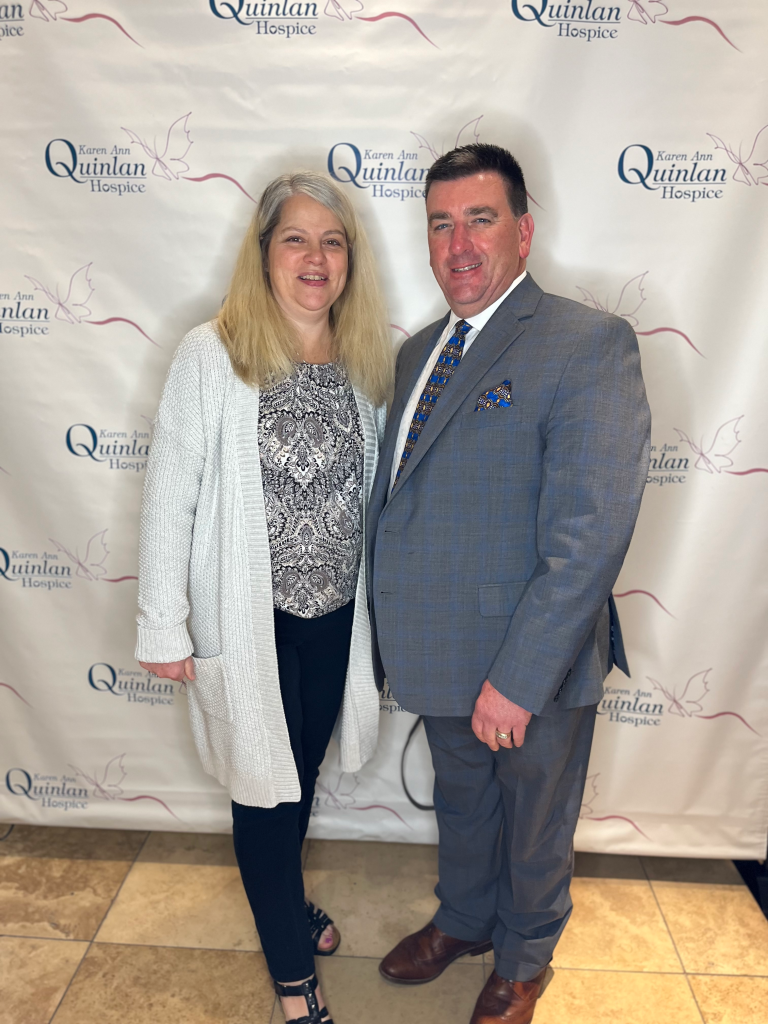
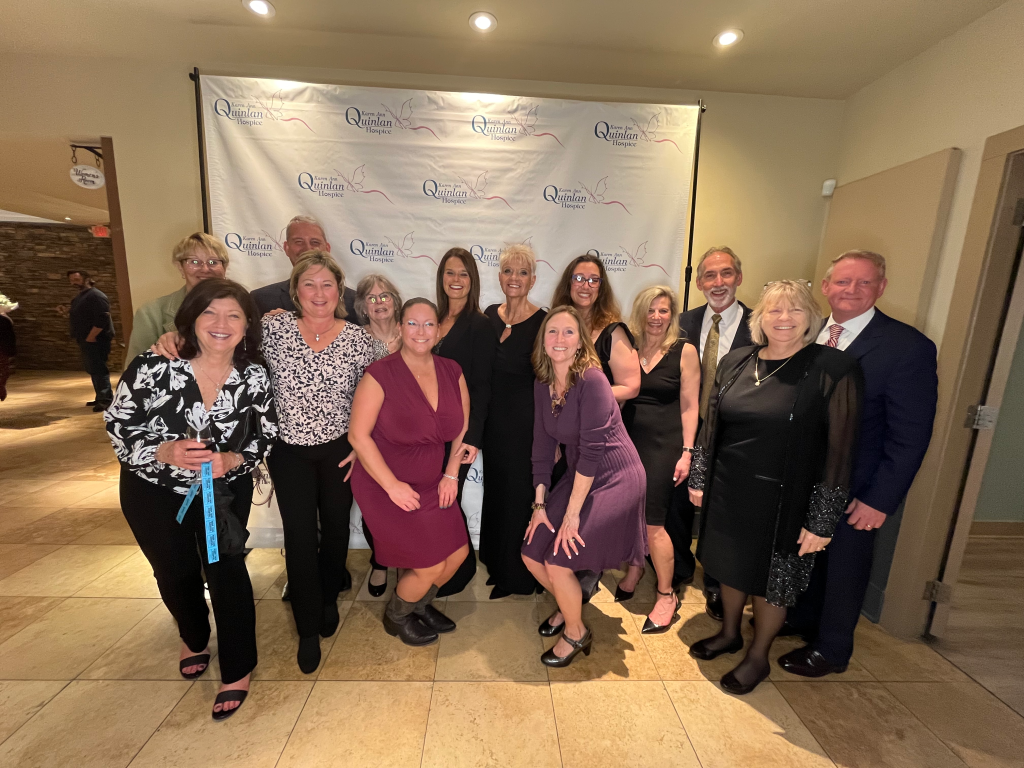
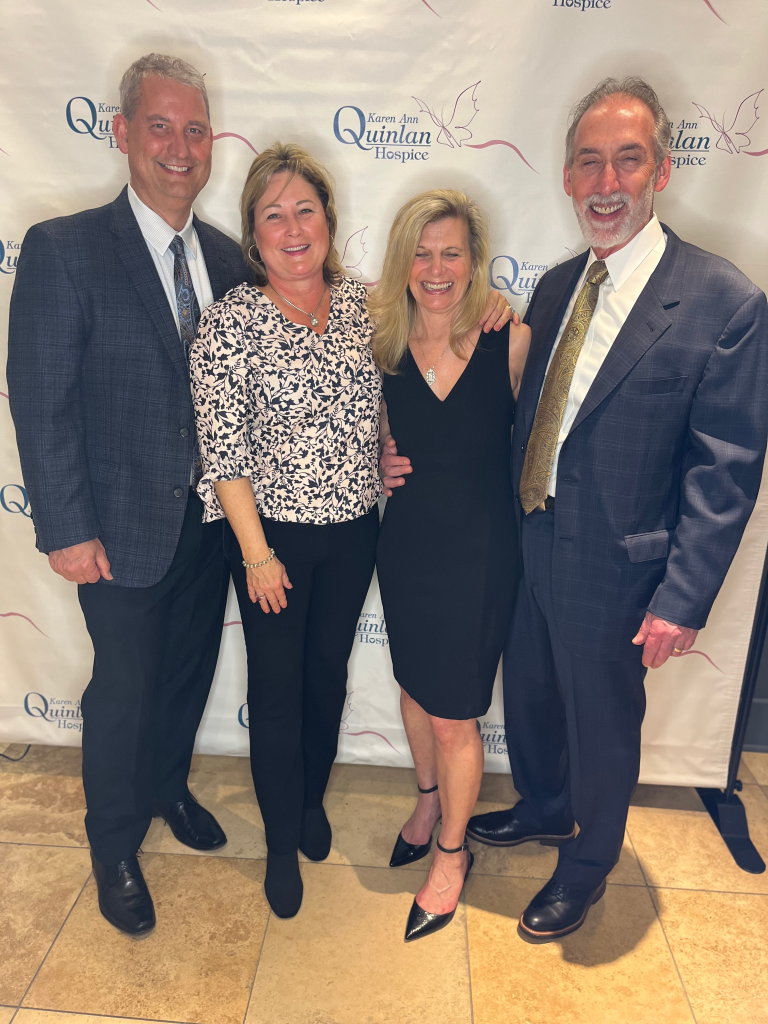
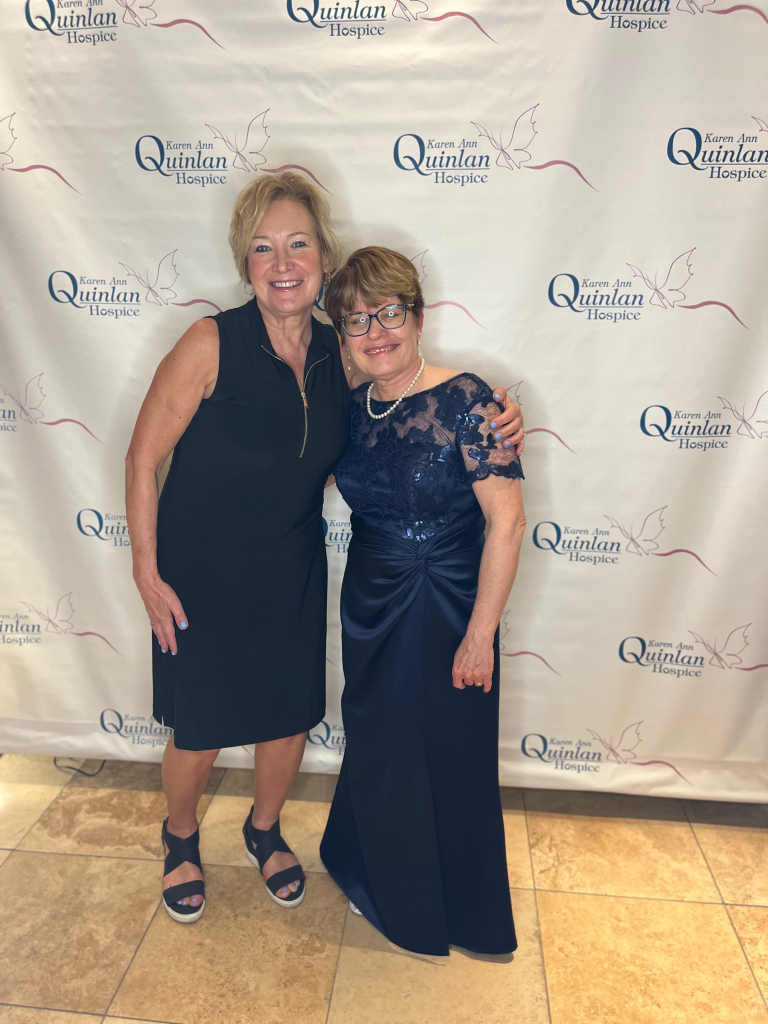
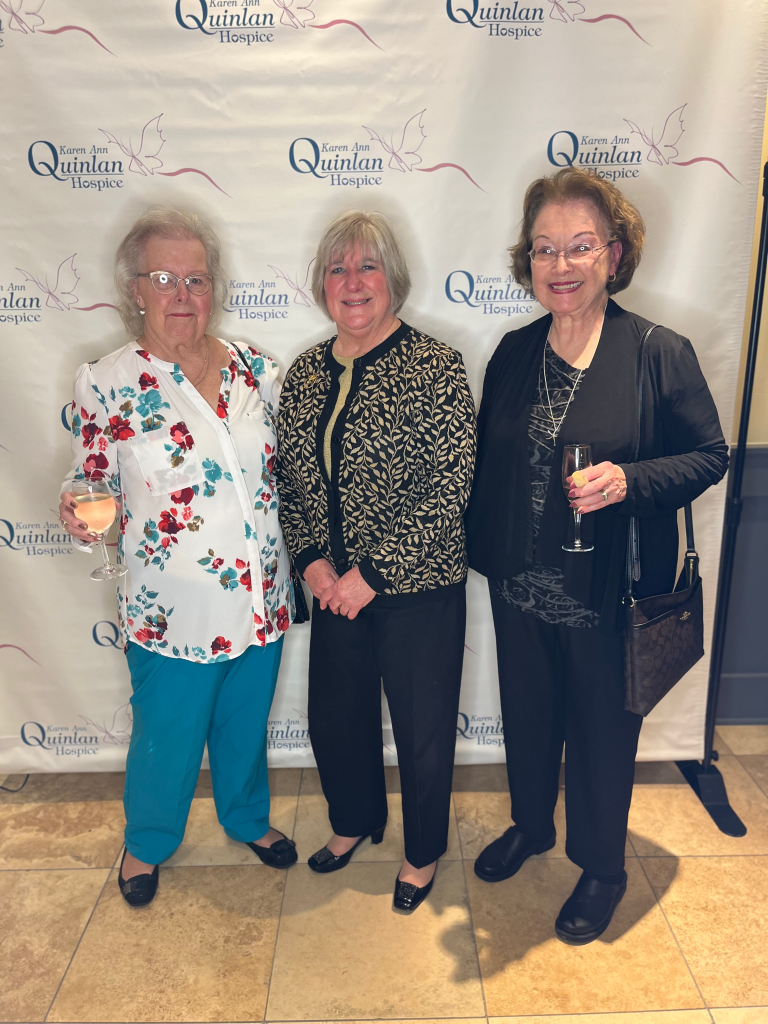
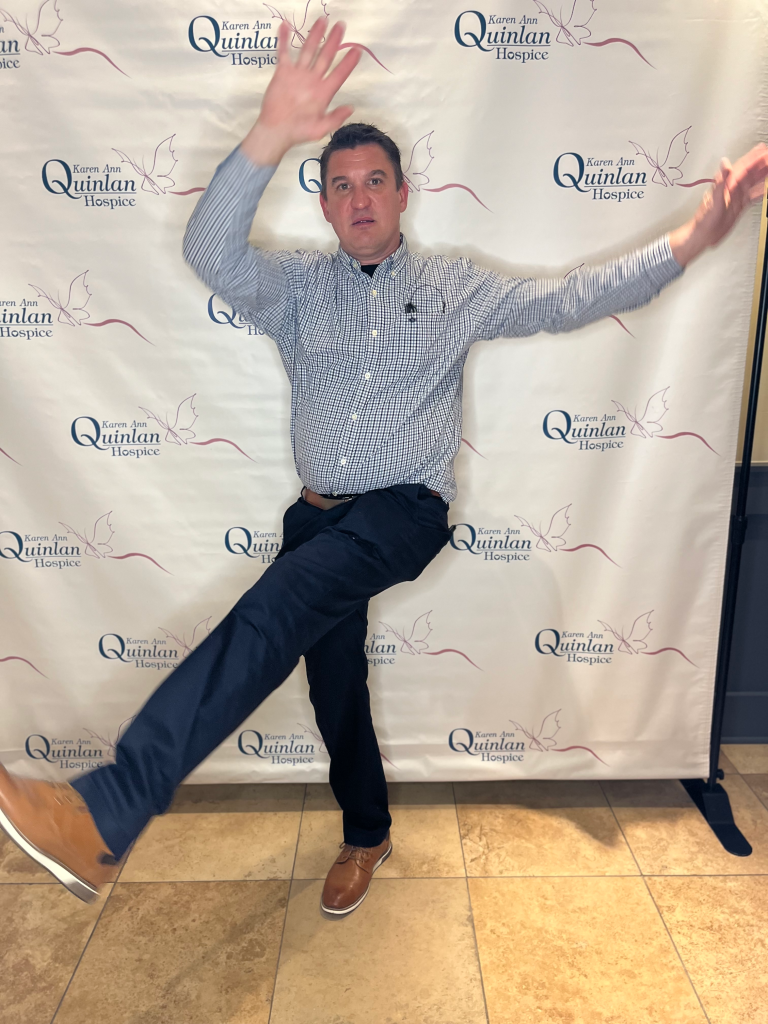
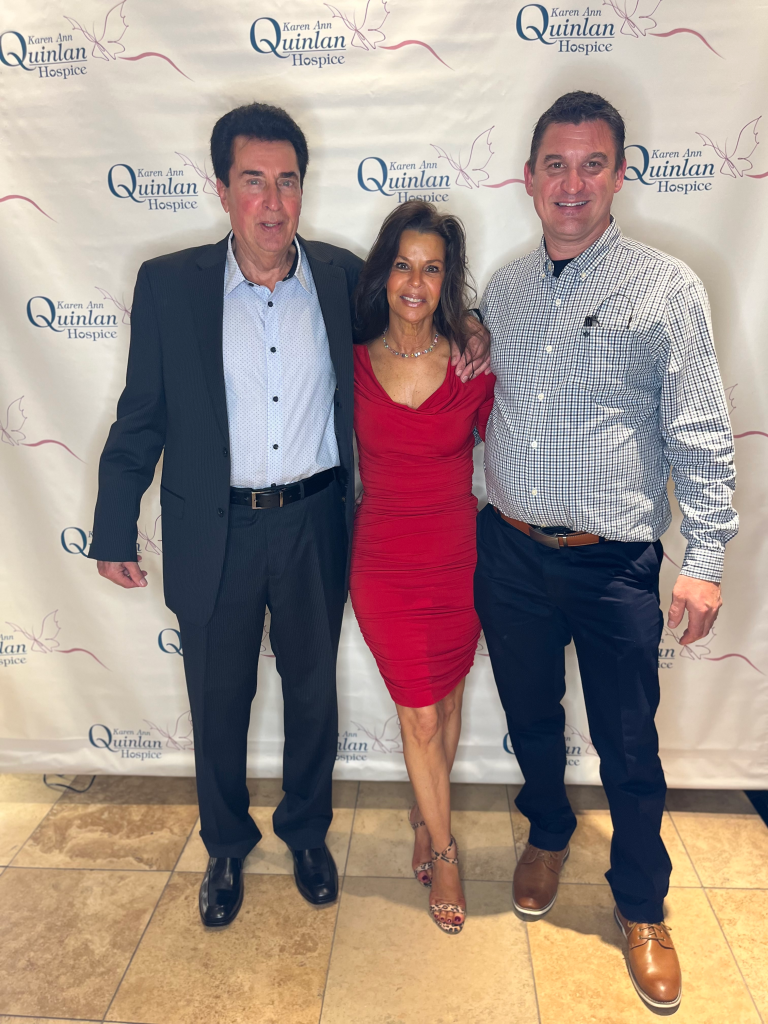

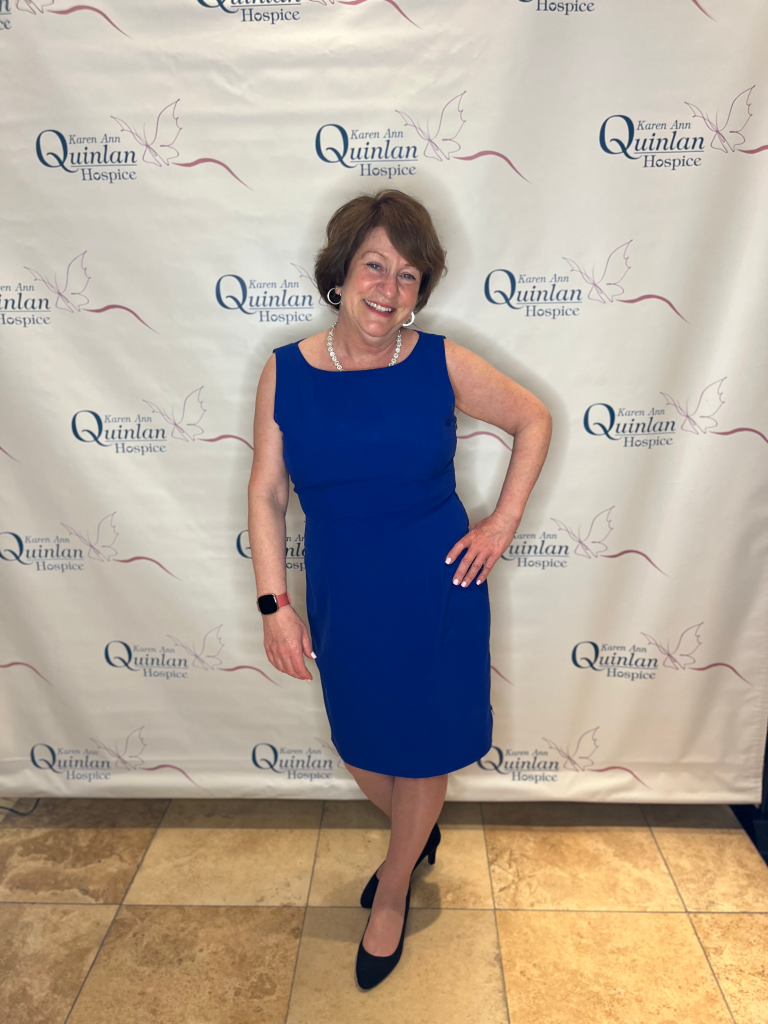
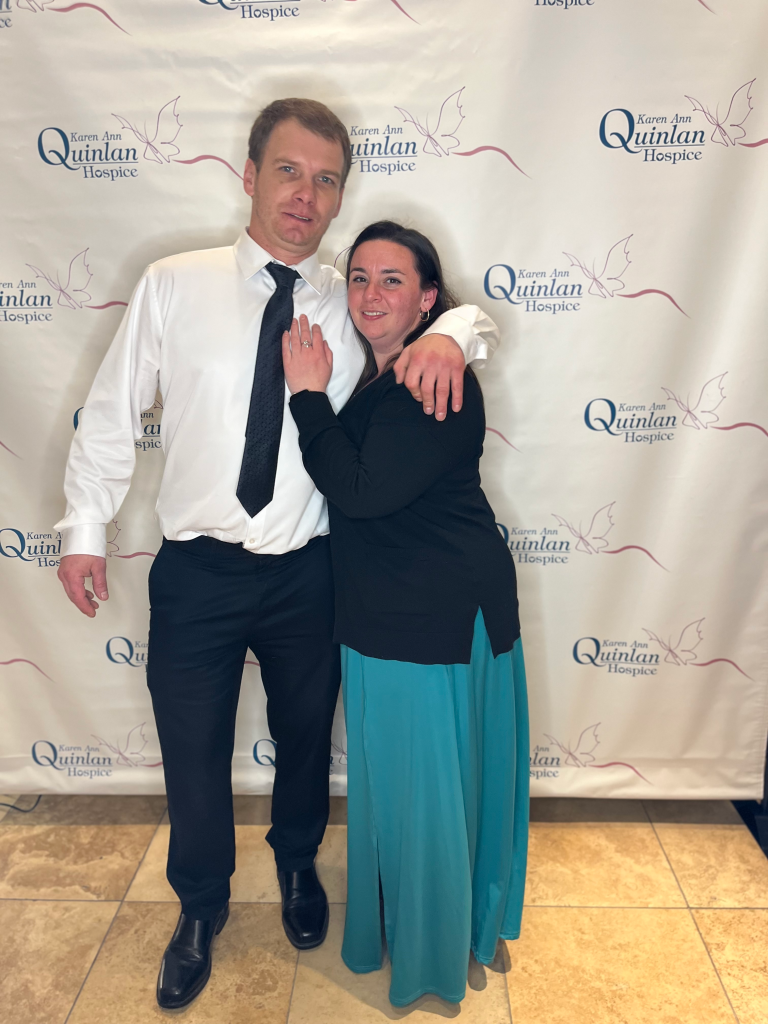

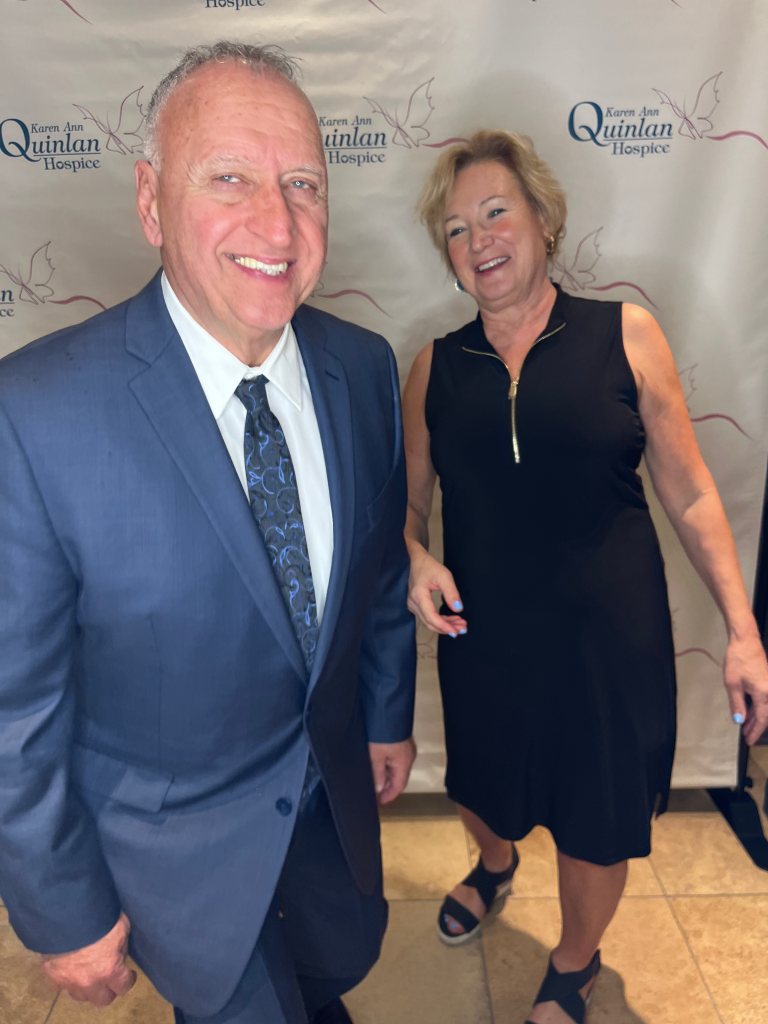

 Some people mistakenly think hospice care is just about dying…that hospice is the place you call when there’s nothing more that can be done. Nothing could be further from the truth. Hospice helps patients and families focus on living. Hospice care brings comfort, dignity, and peace to help people with a life-limiting illness live every moment of life to the fullest. It also reaches out to provide support for the family and friends who love and care for them. According to the NHPCO, in
Some people mistakenly think hospice care is just about dying…that hospice is the place you call when there’s nothing more that can be done. Nothing could be further from the truth. Hospice helps patients and families focus on living. Hospice care brings comfort, dignity, and peace to help people with a life-limiting illness live every moment of life to the fullest. It also reaches out to provide support for the family and friends who love and care for them. According to the NHPCO, in








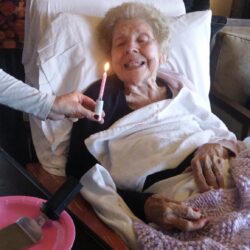


 Often people feel unsure about how to help someone who is grieving after a death or other major loss. What most people need after a loss is comfort and caring from family and friends. Listening, running errands or simply being present are a few examples of how you might support a grieving friend or family member.
Often people feel unsure about how to help someone who is grieving after a death or other major loss. What most people need after a loss is comfort and caring from family and friends. Listening, running errands or simply being present are a few examples of how you might support a grieving friend or family member. The death of a loved one can be one of the most challenging, confusing and difficult experiences we encounter throughout our lifetime. The resulting grief and the wide variety of emotional experiences can be debilitating at times and may change often and quickly.
The death of a loved one can be one of the most challenging, confusing and difficult experiences we encounter throughout our lifetime. The resulting grief and the wide variety of emotional experiences can be debilitating at times and may change often and quickly.
